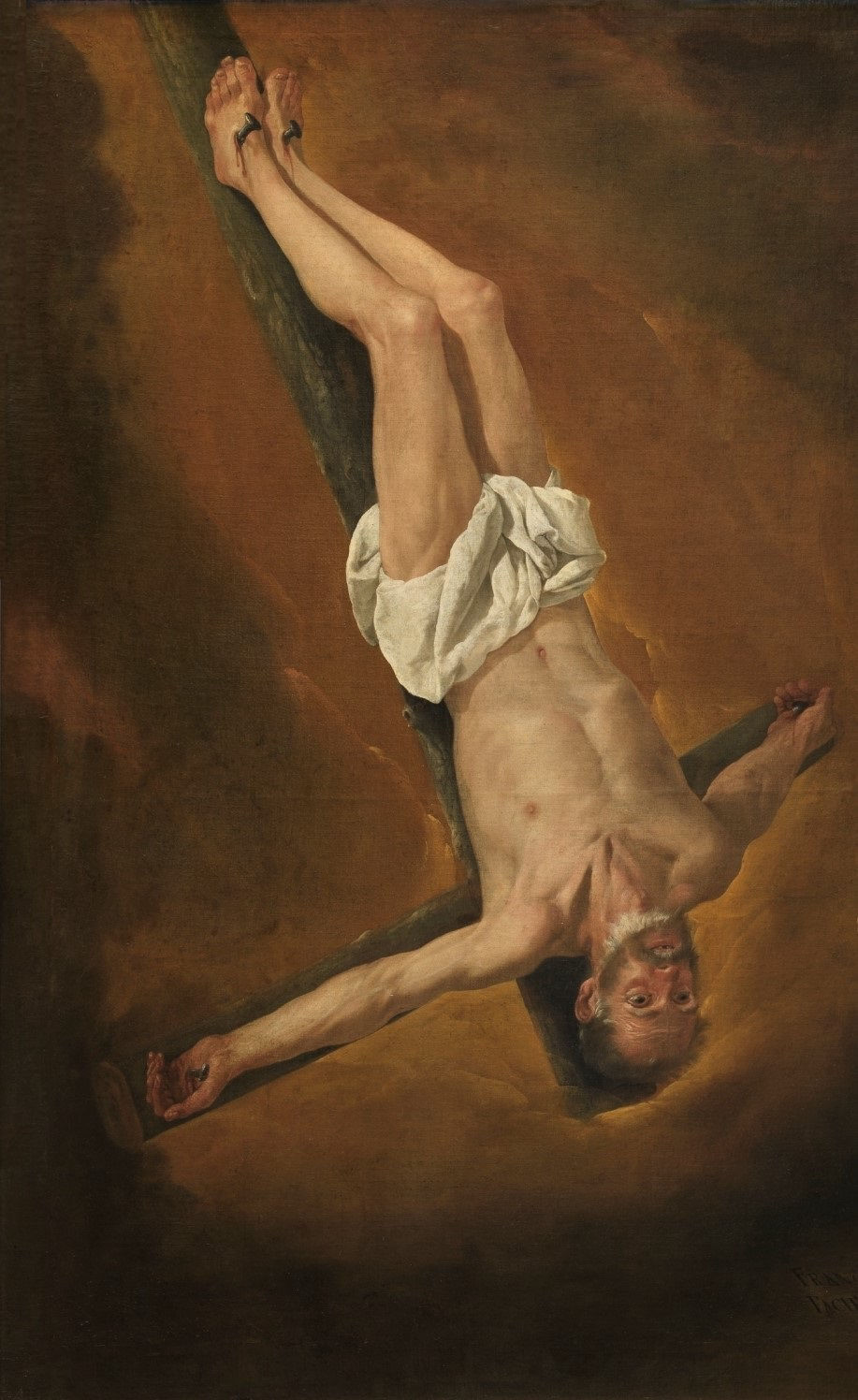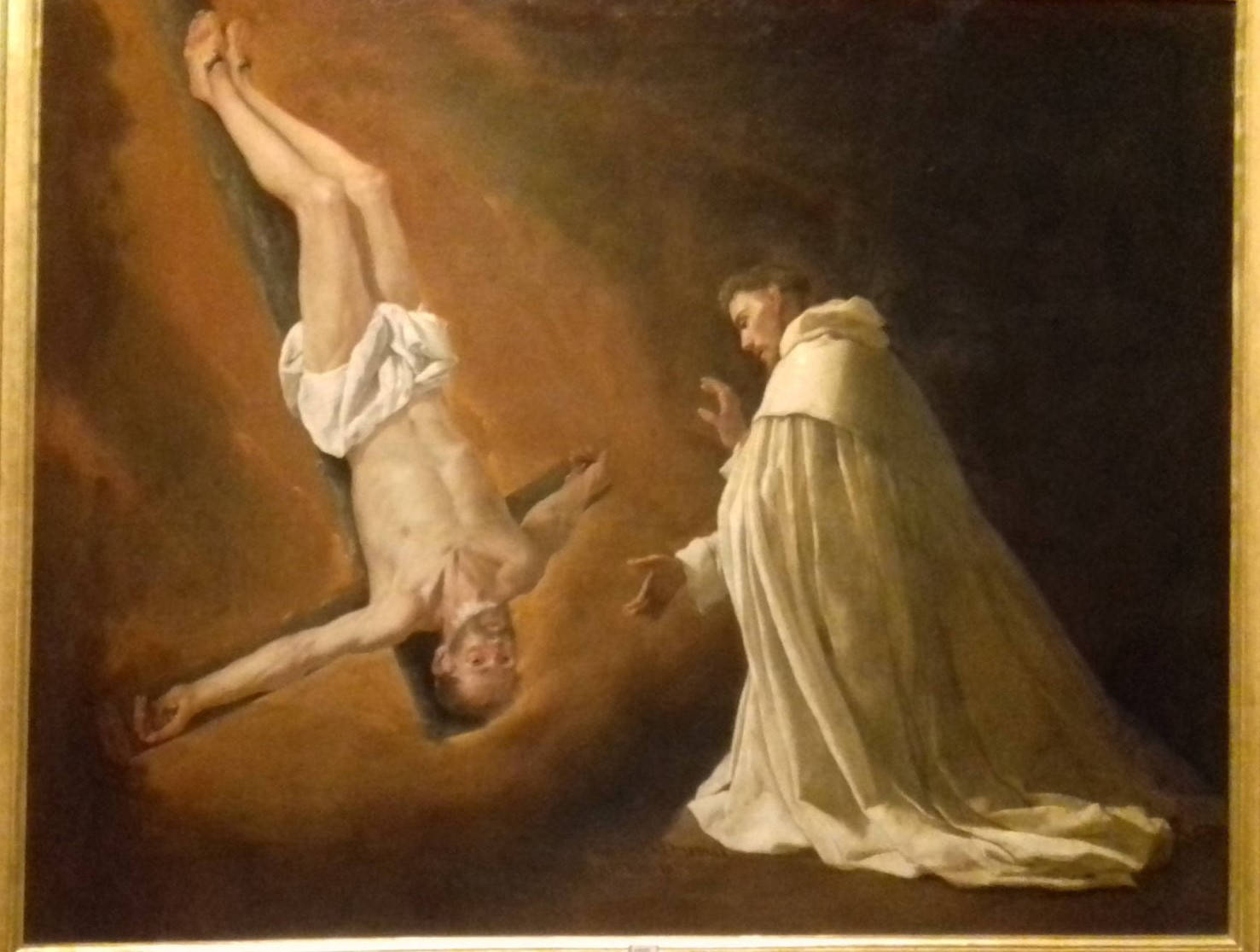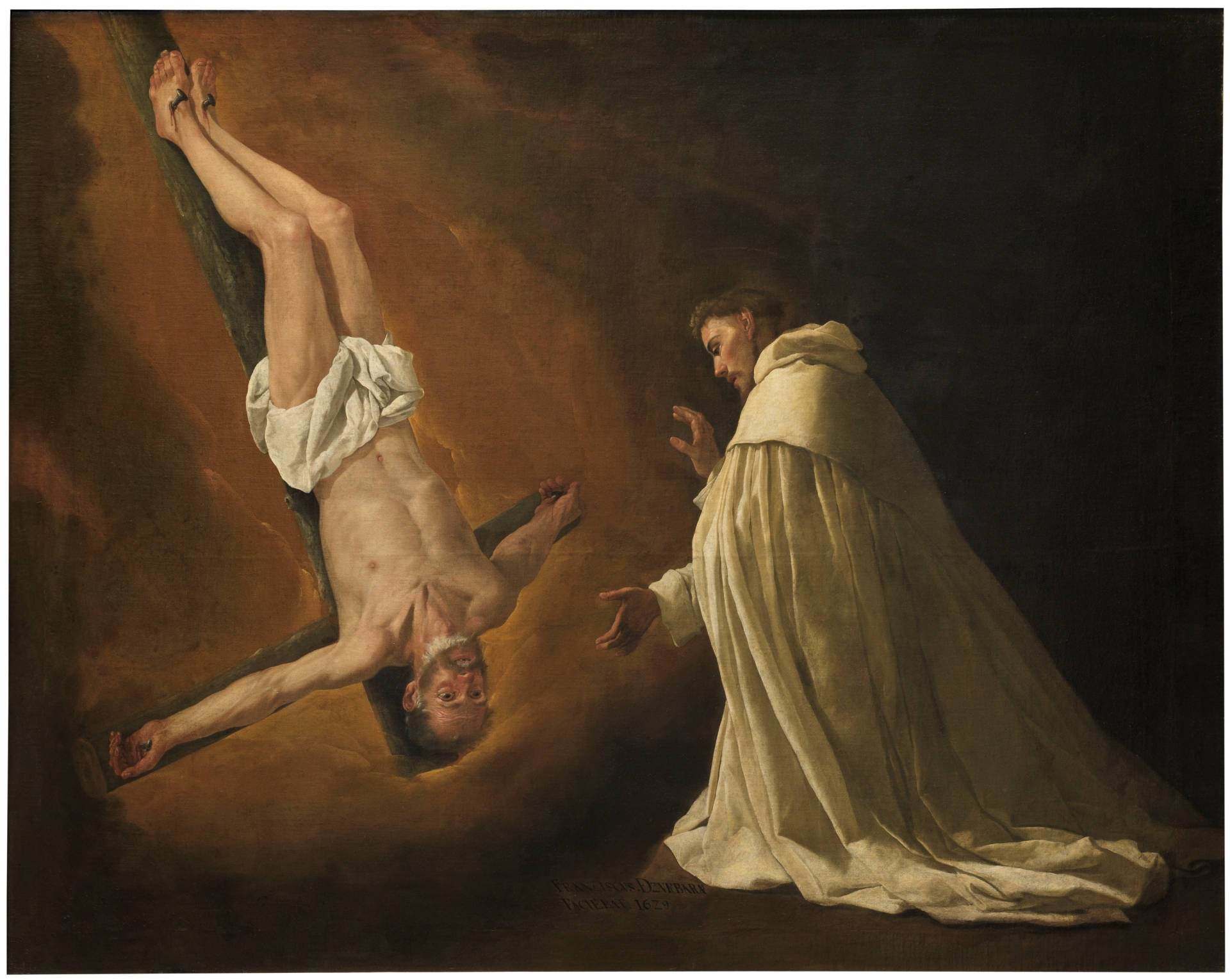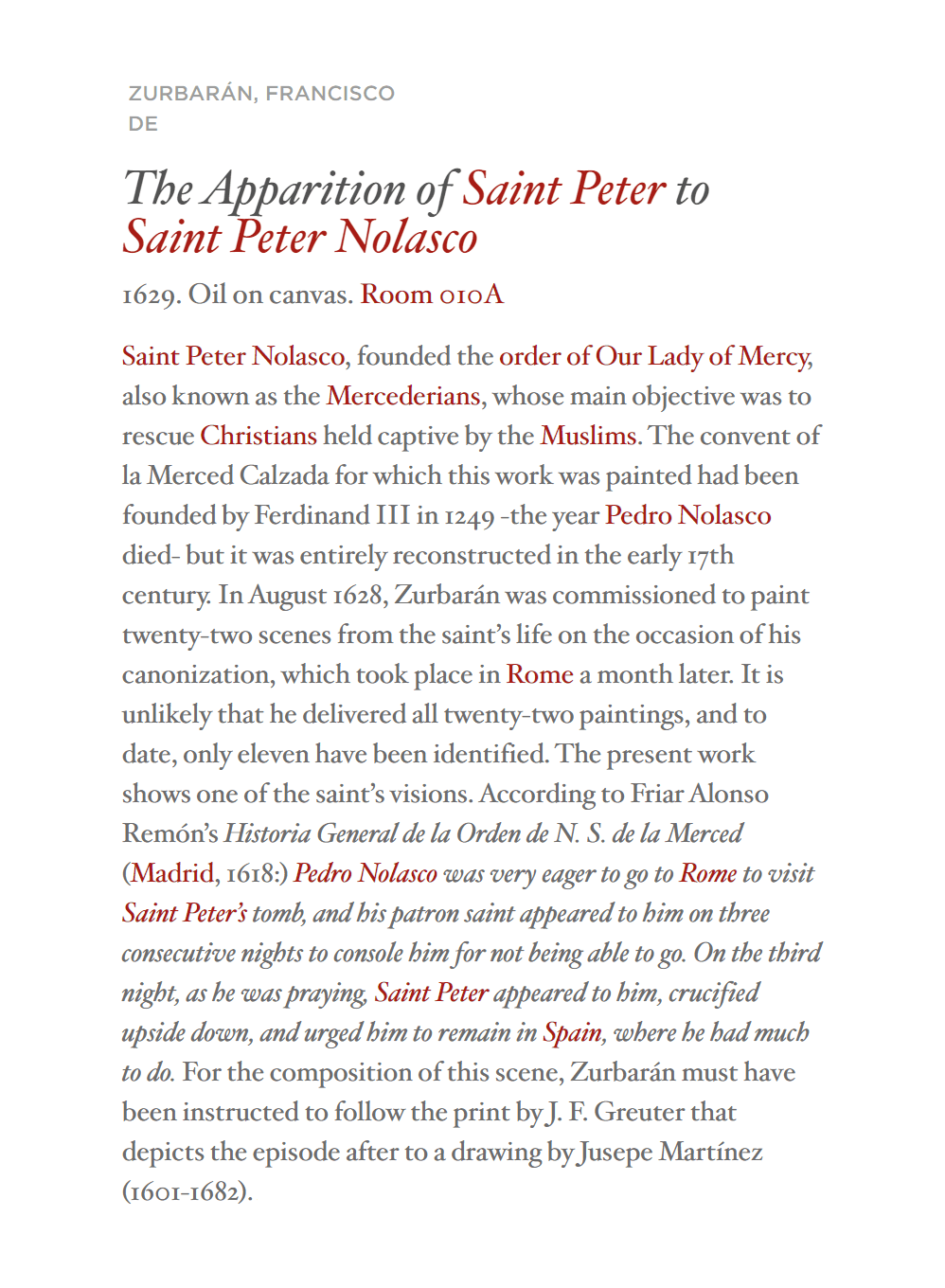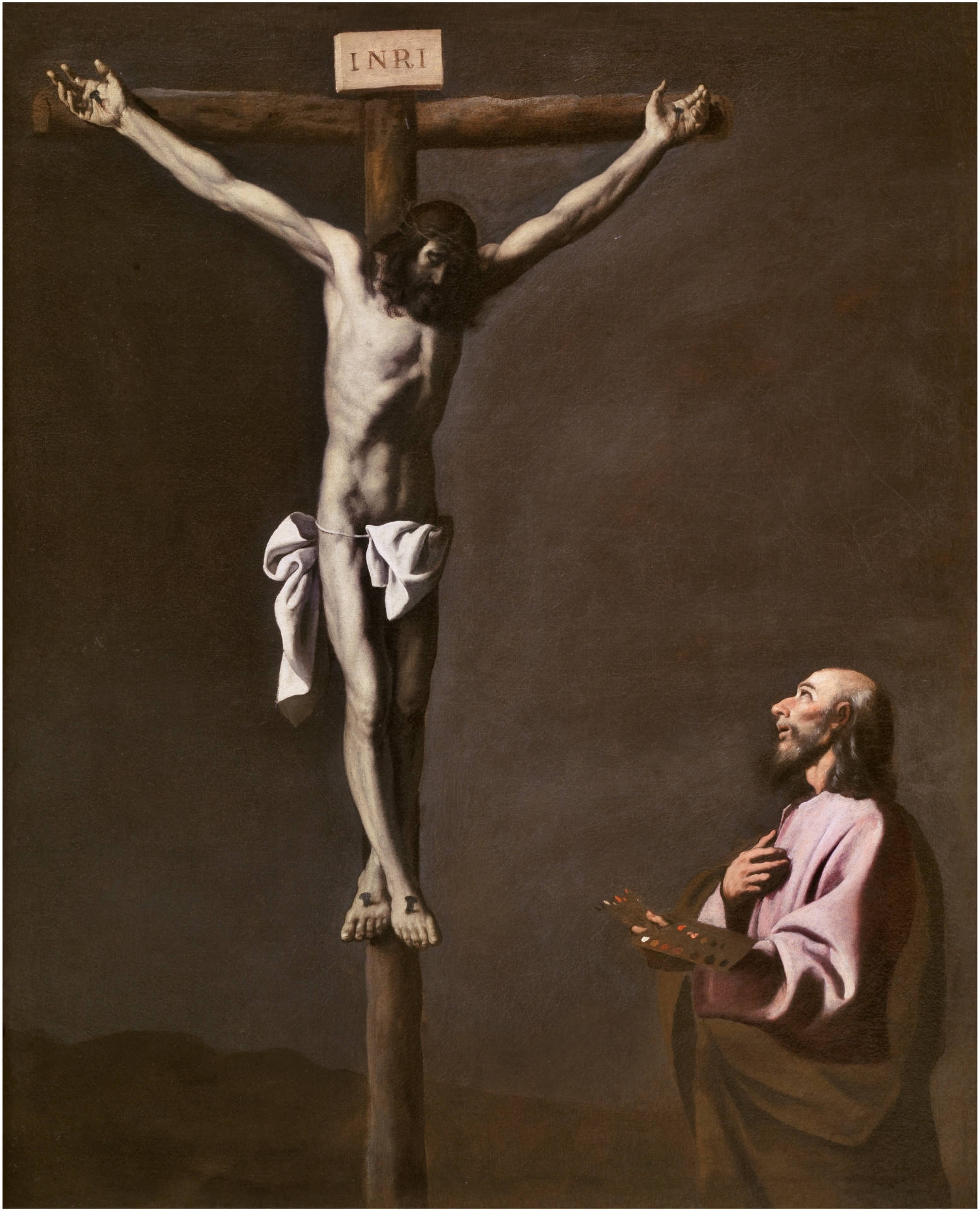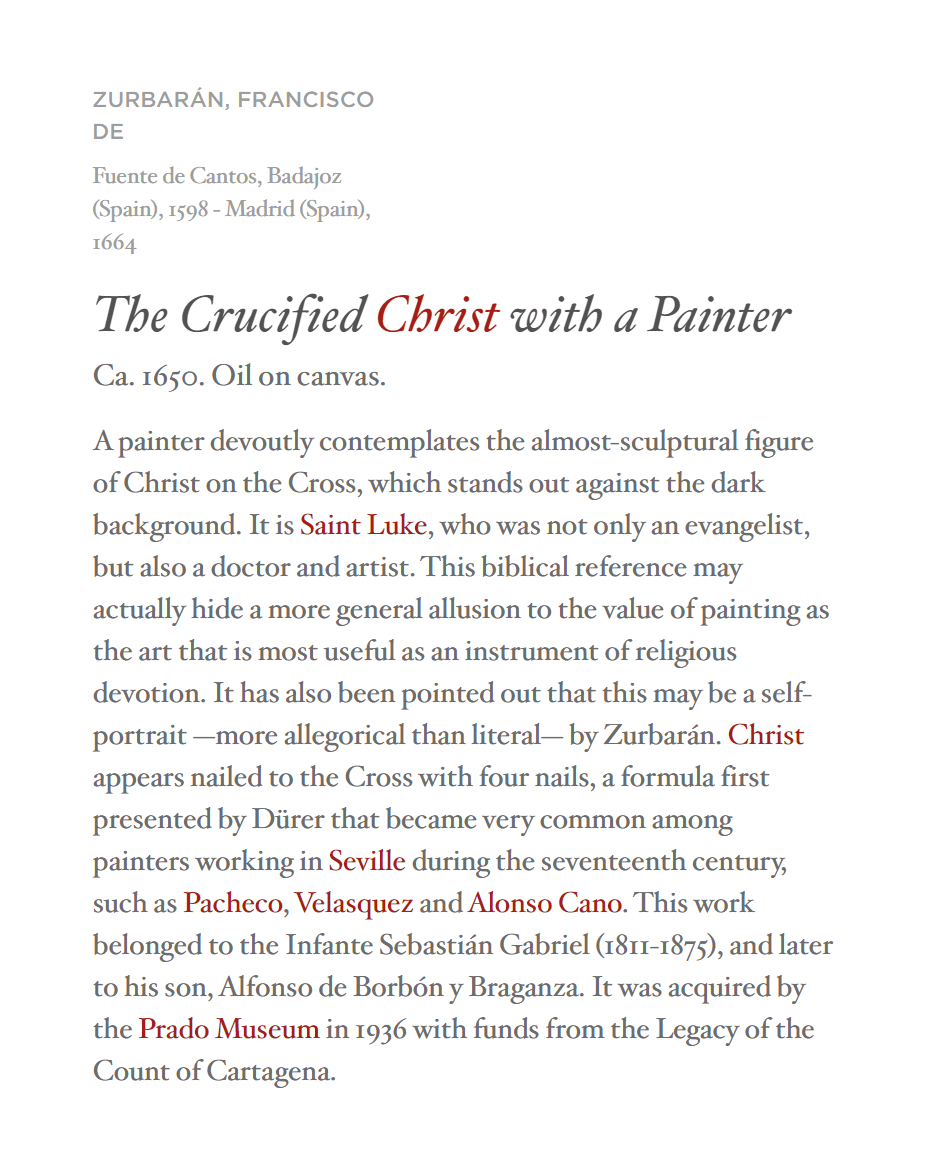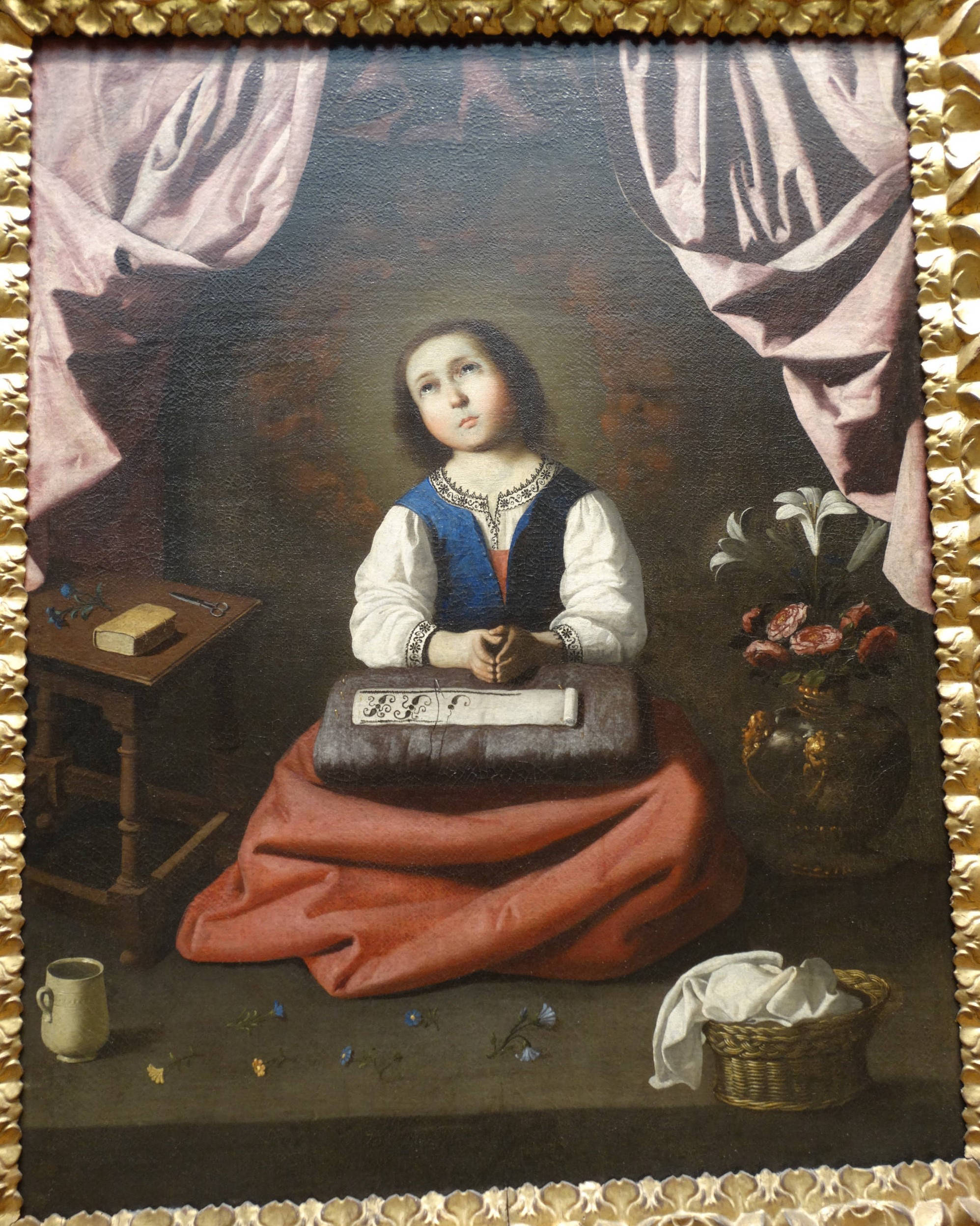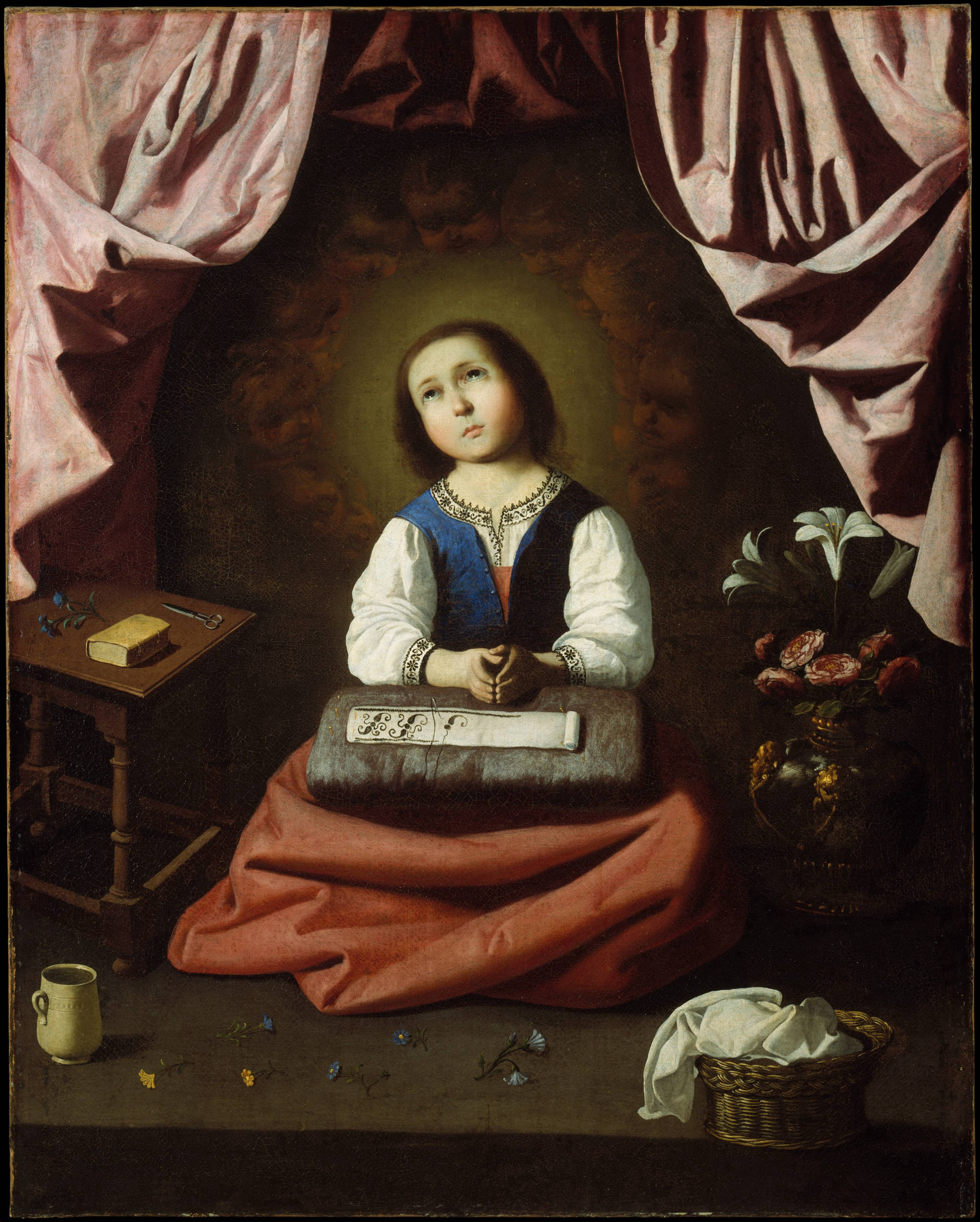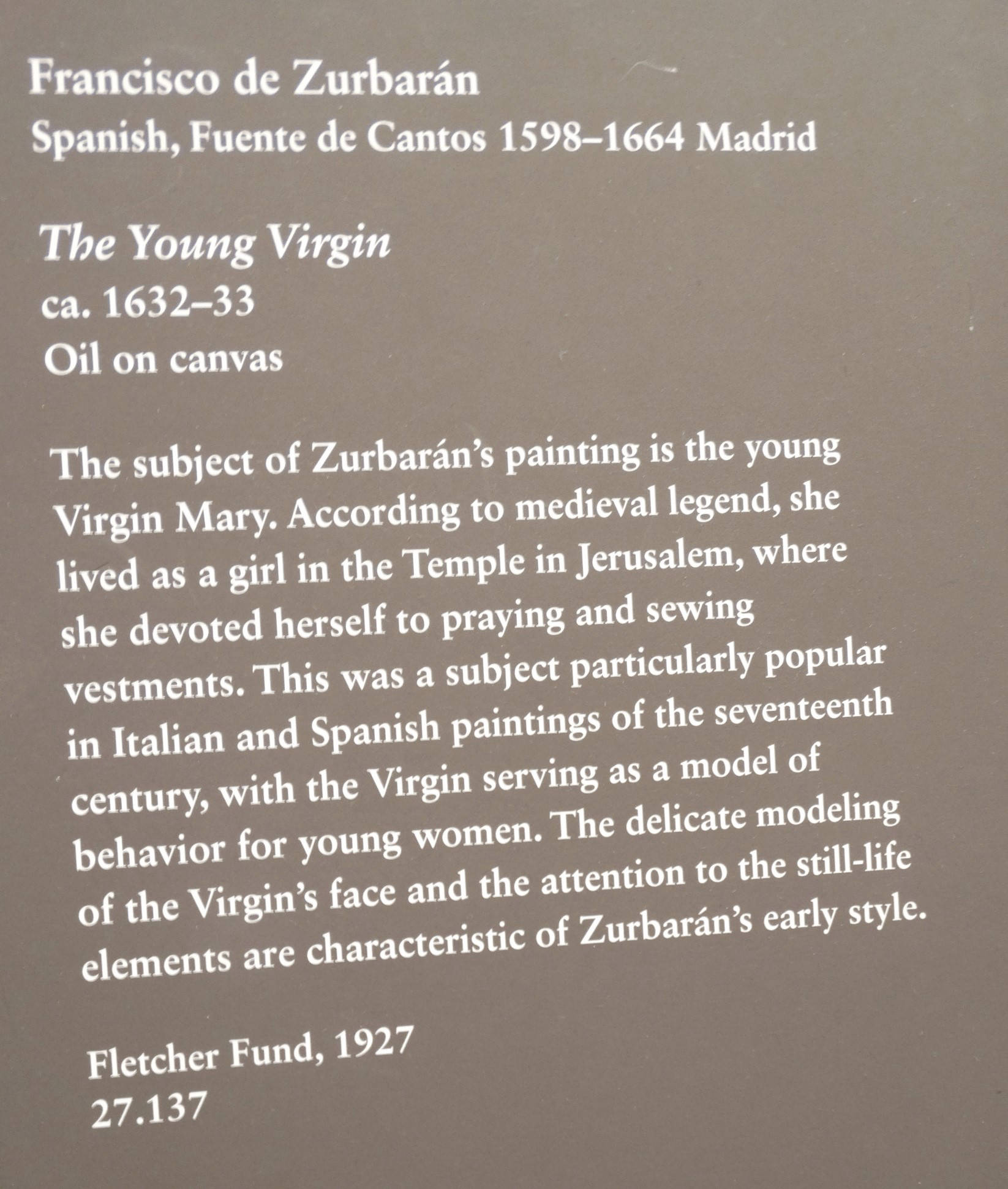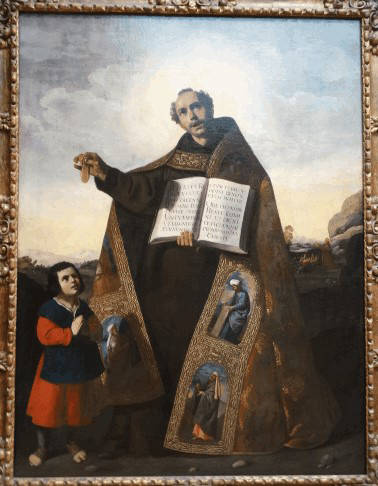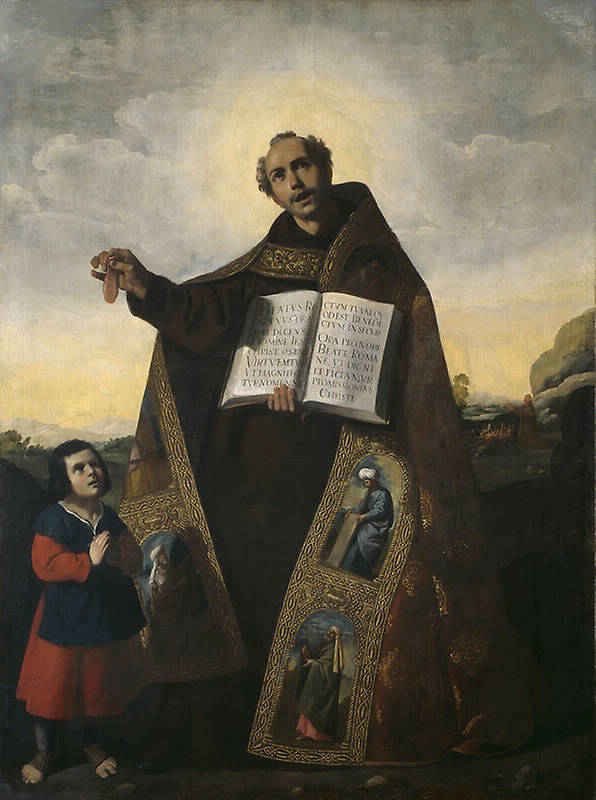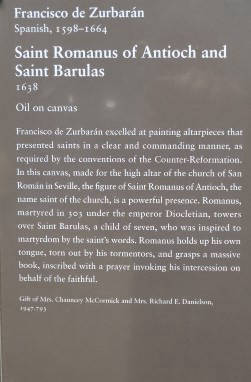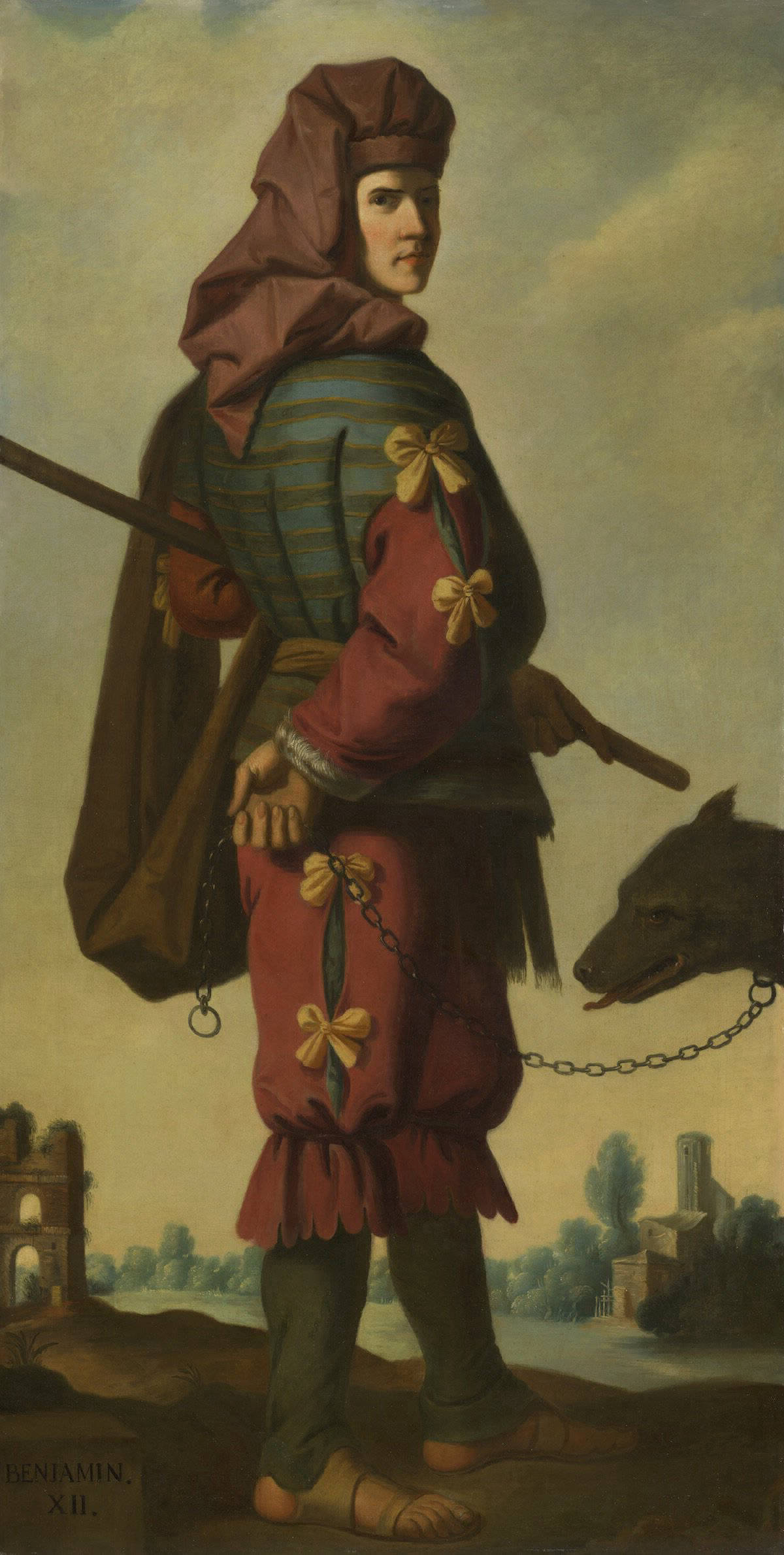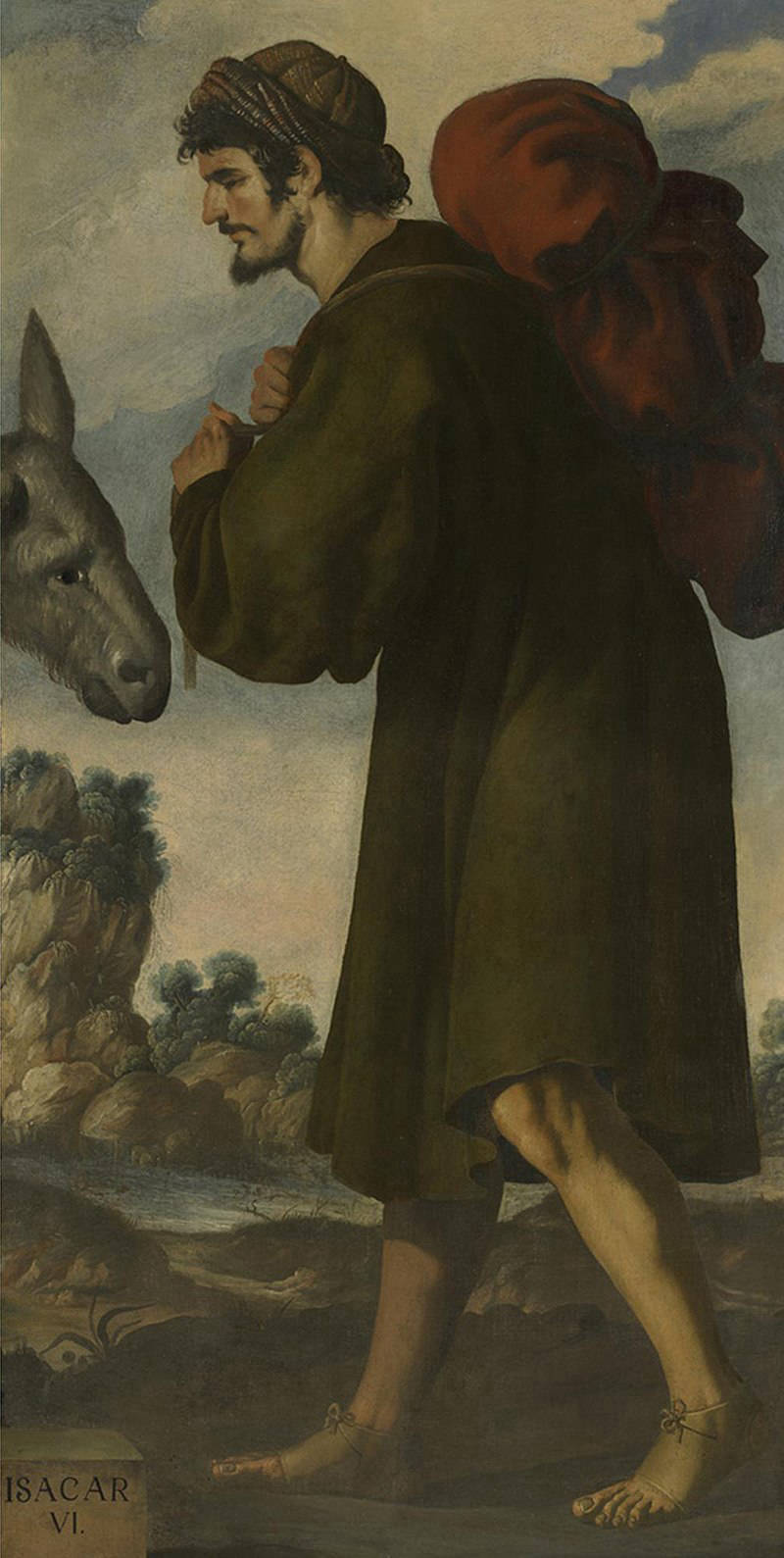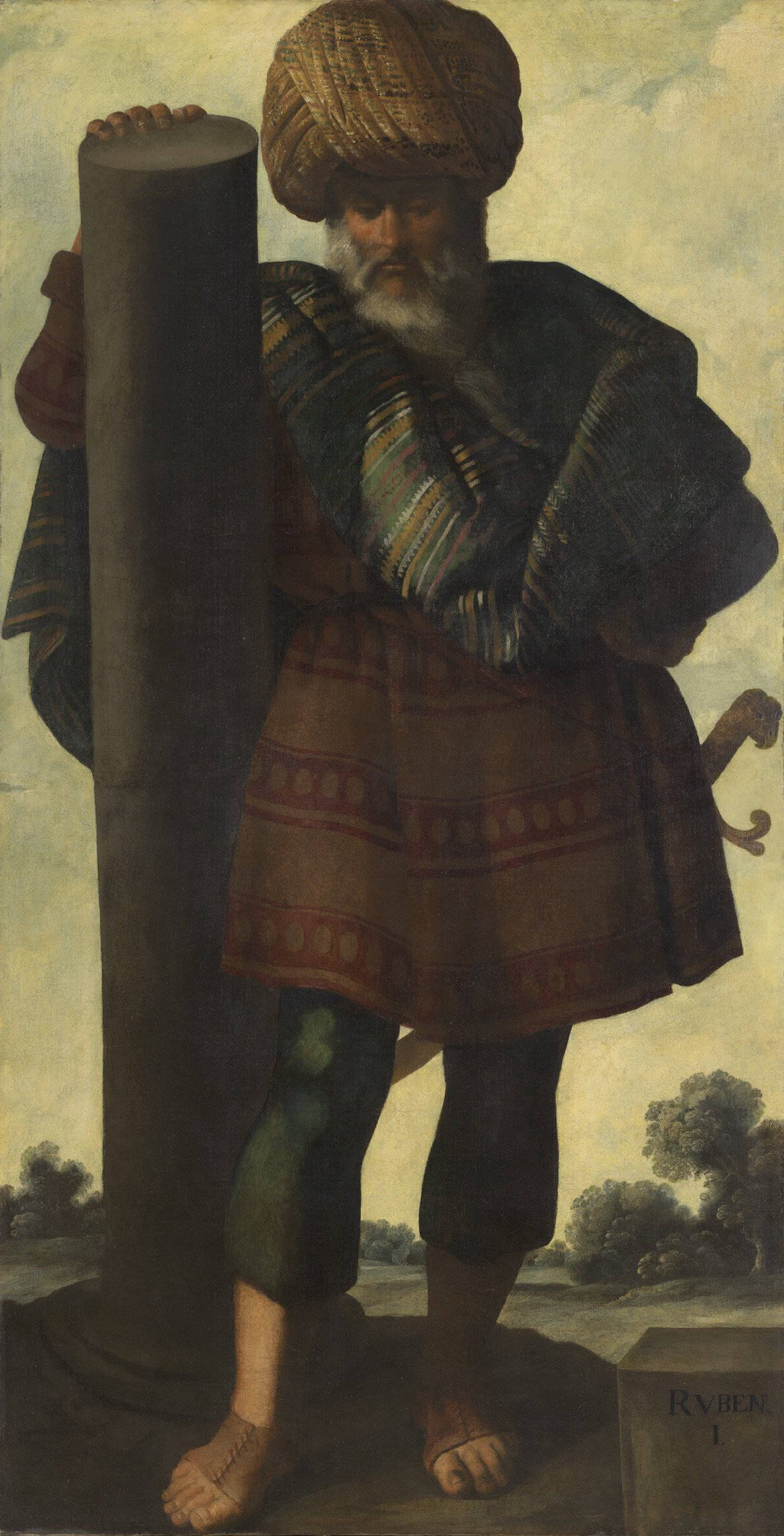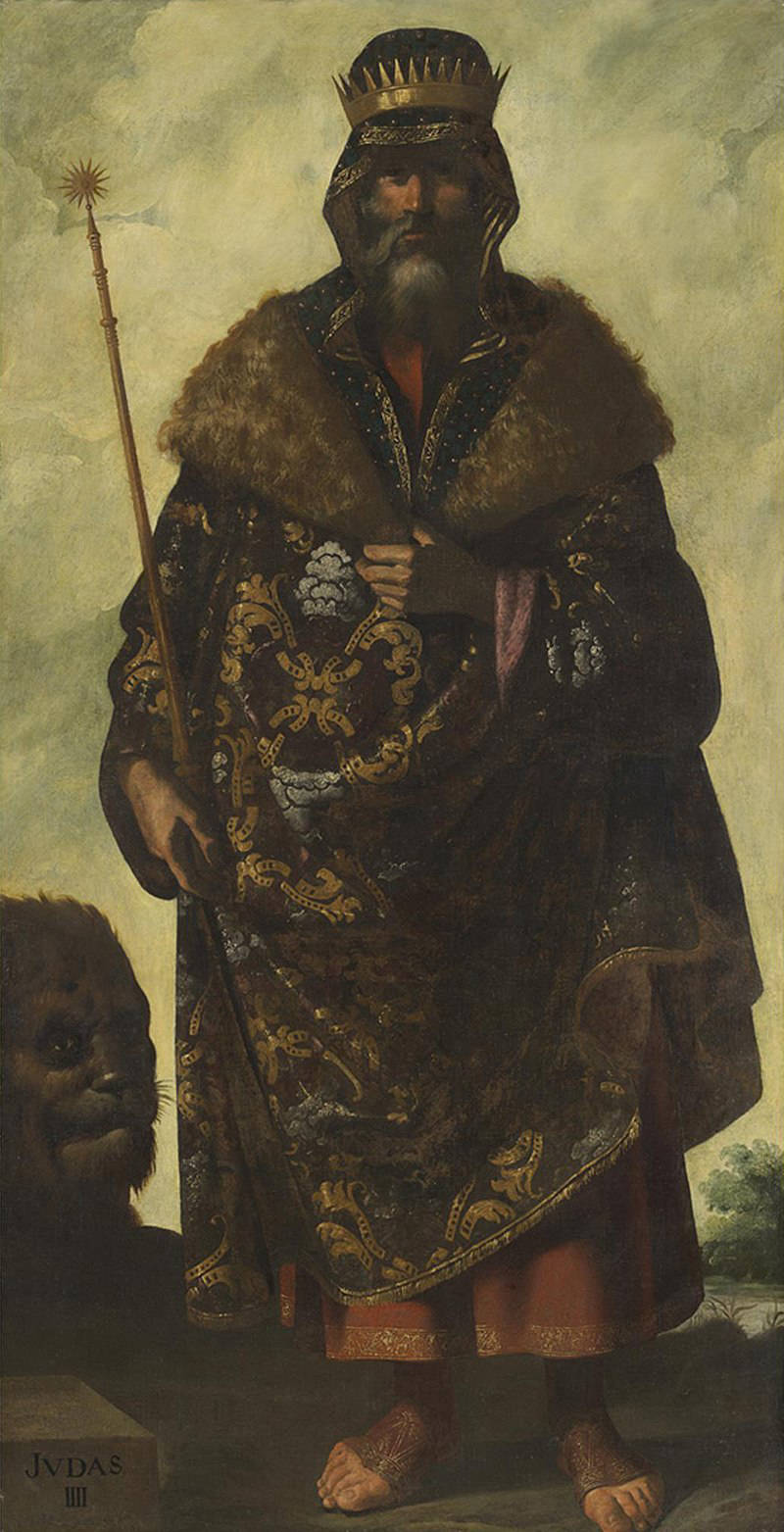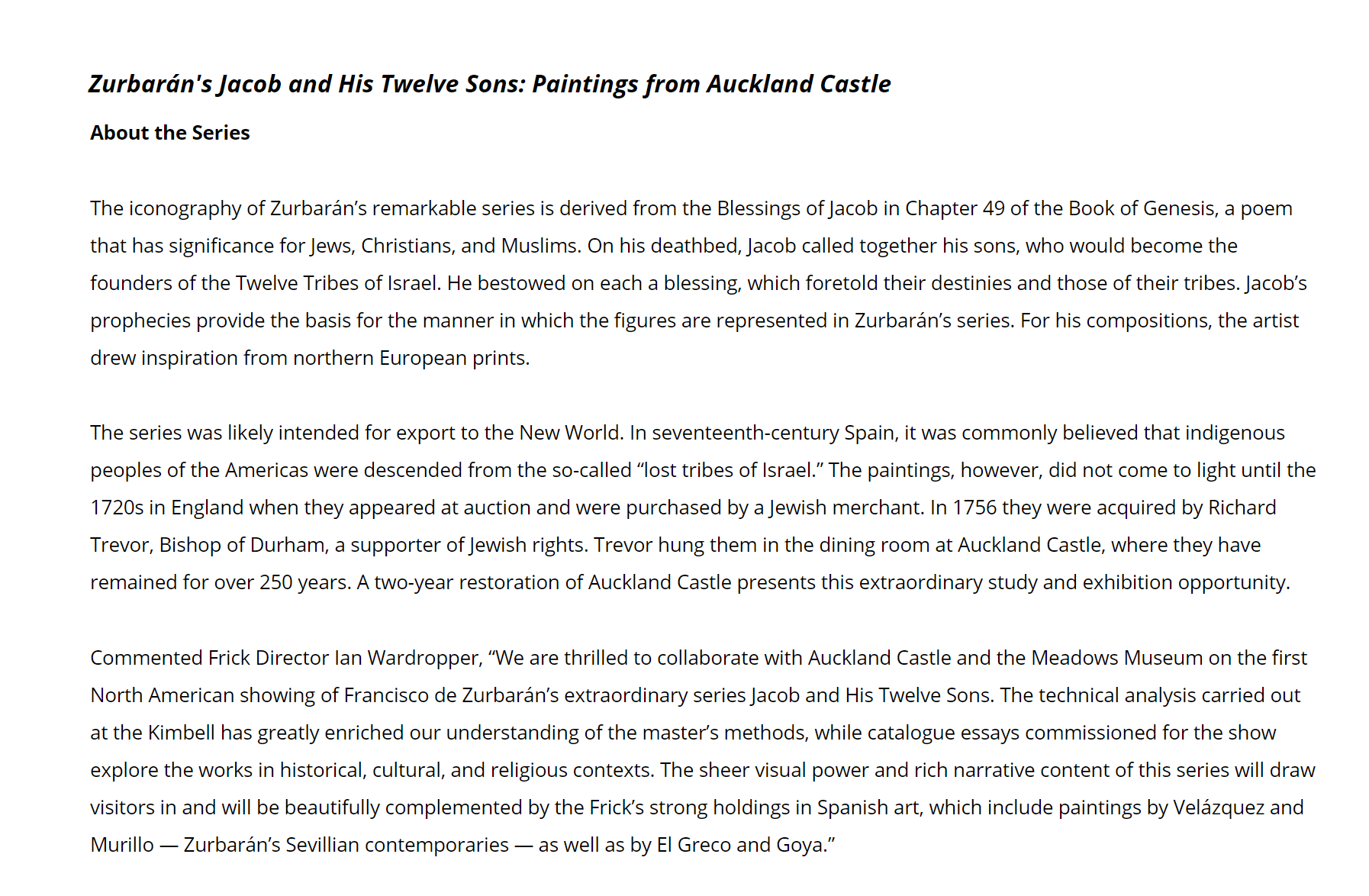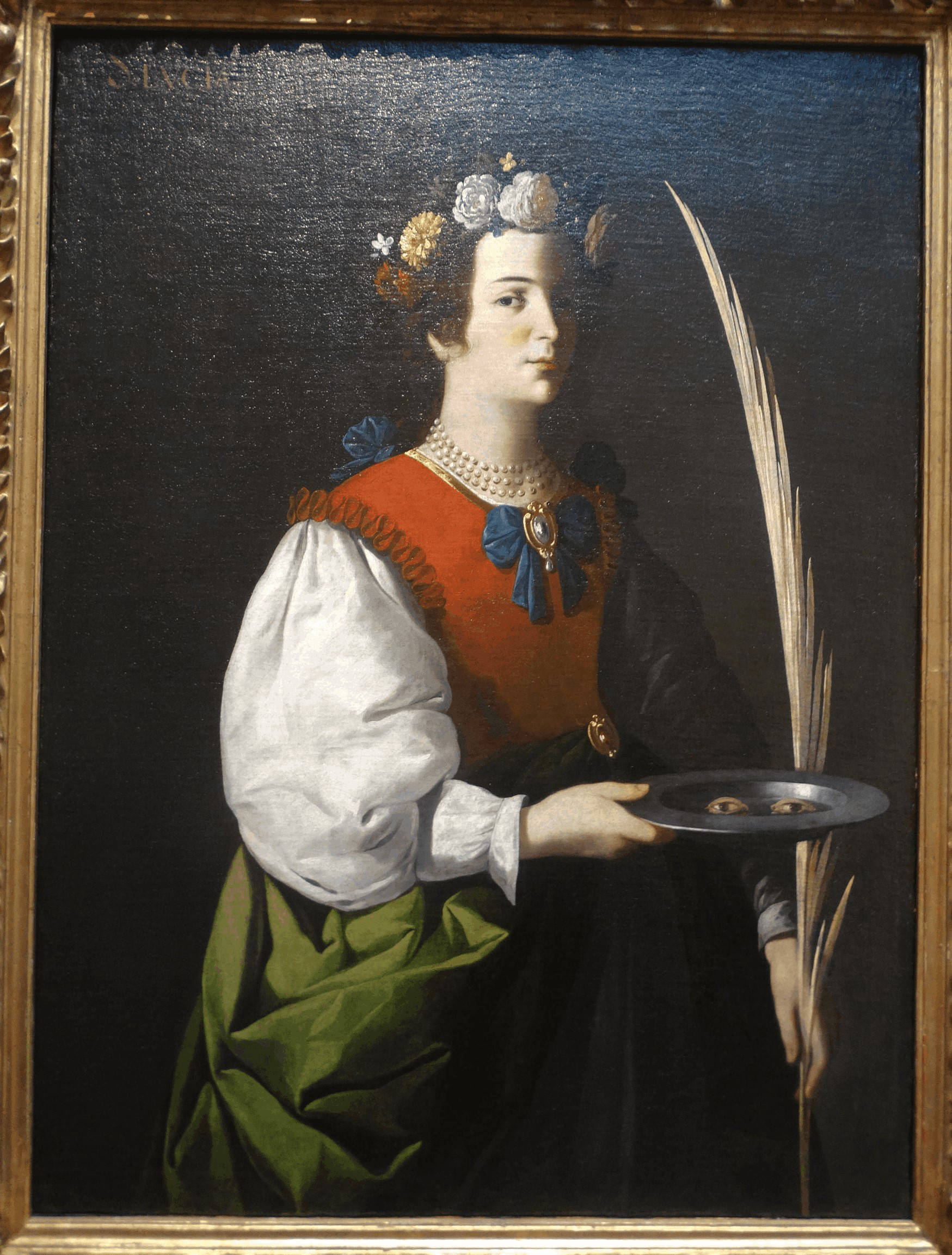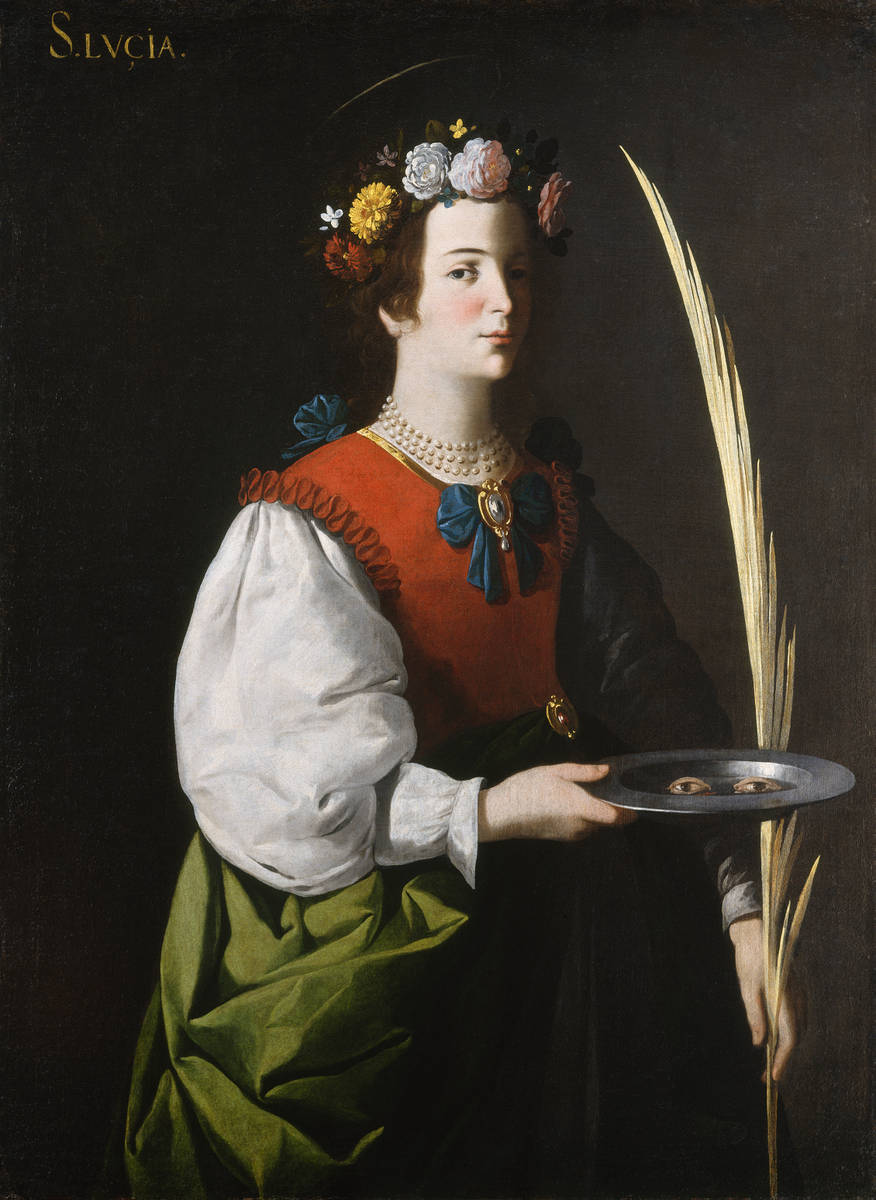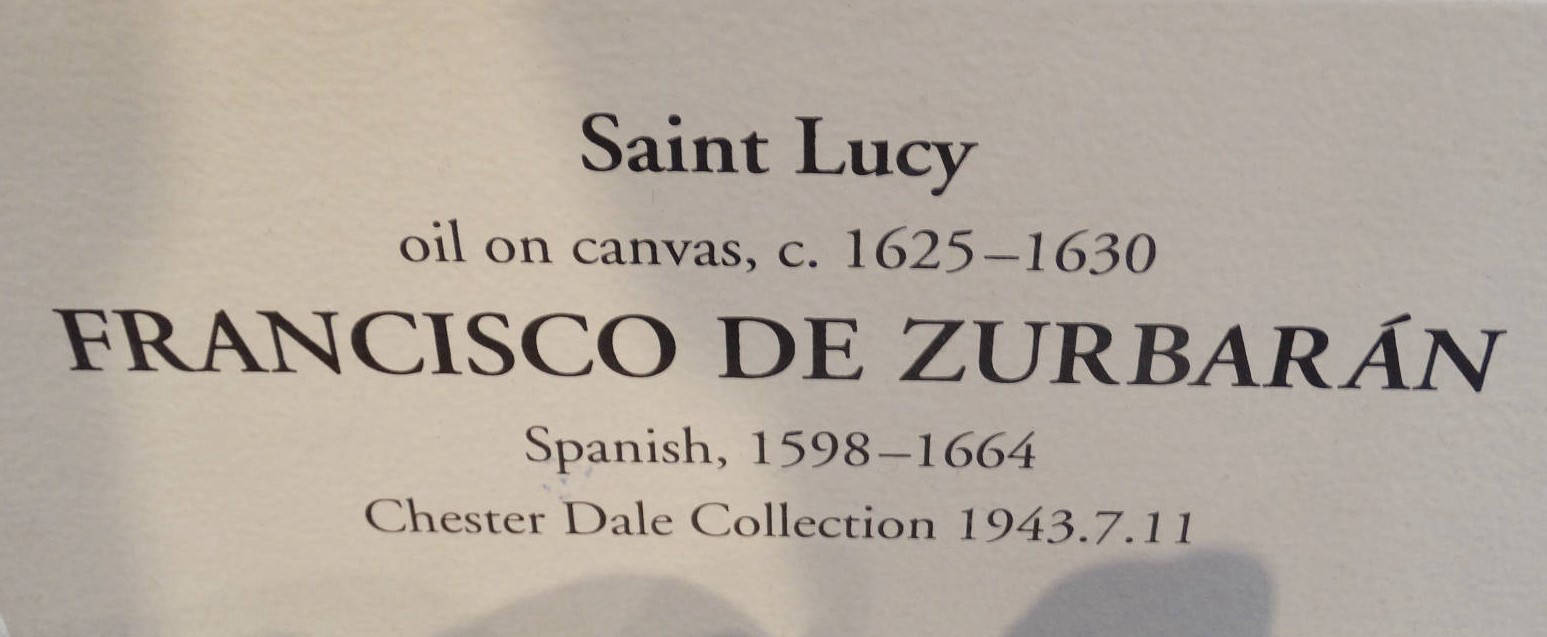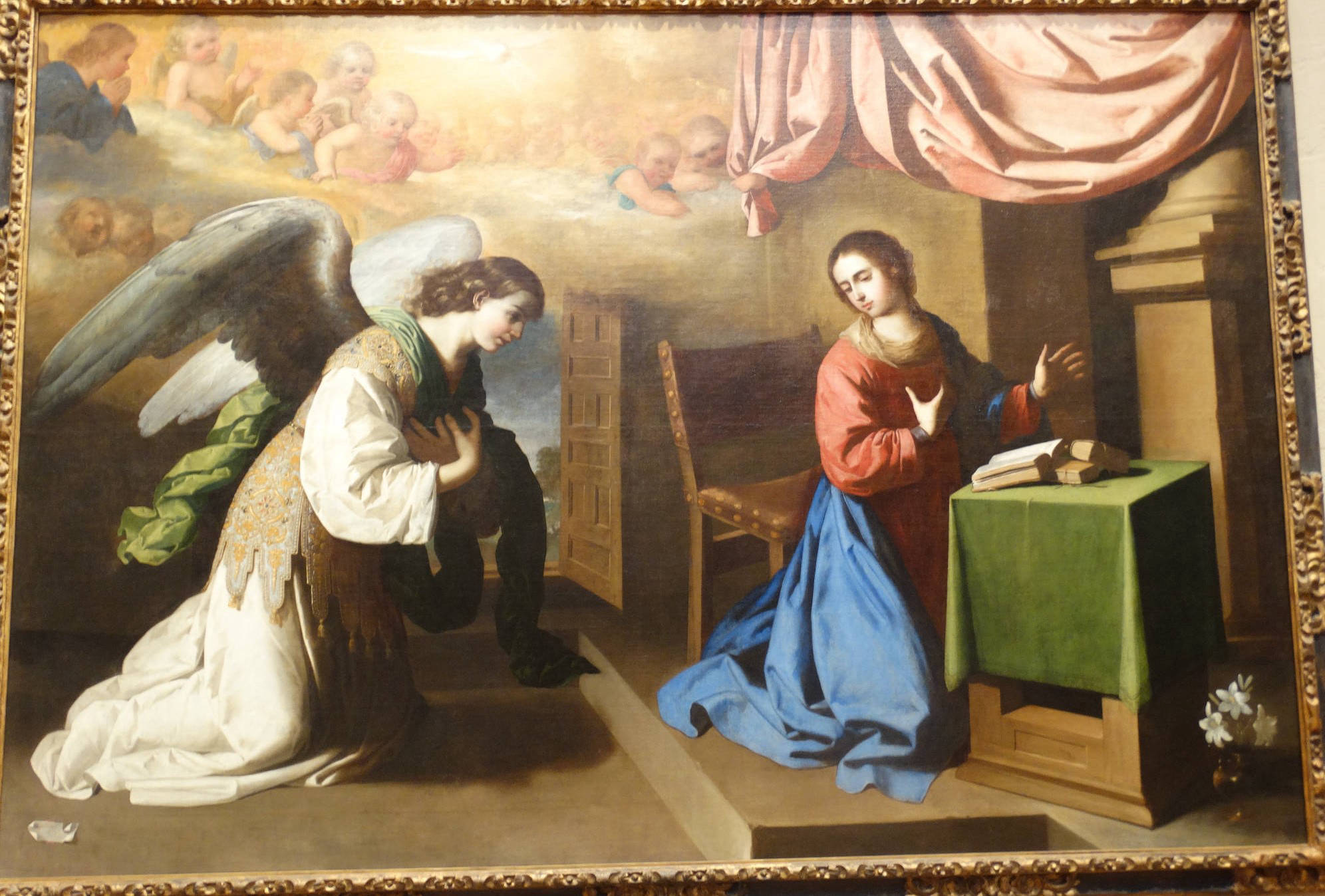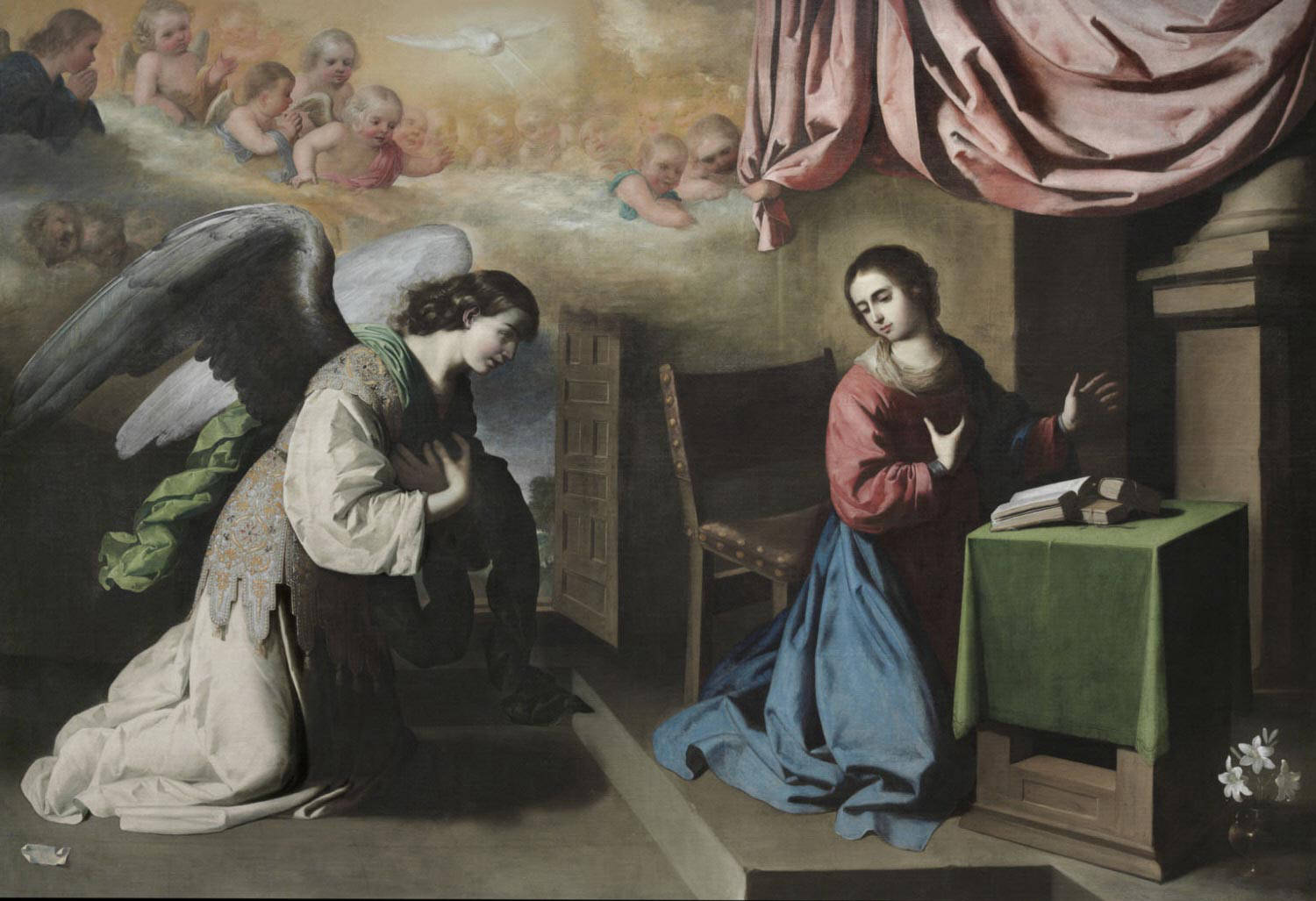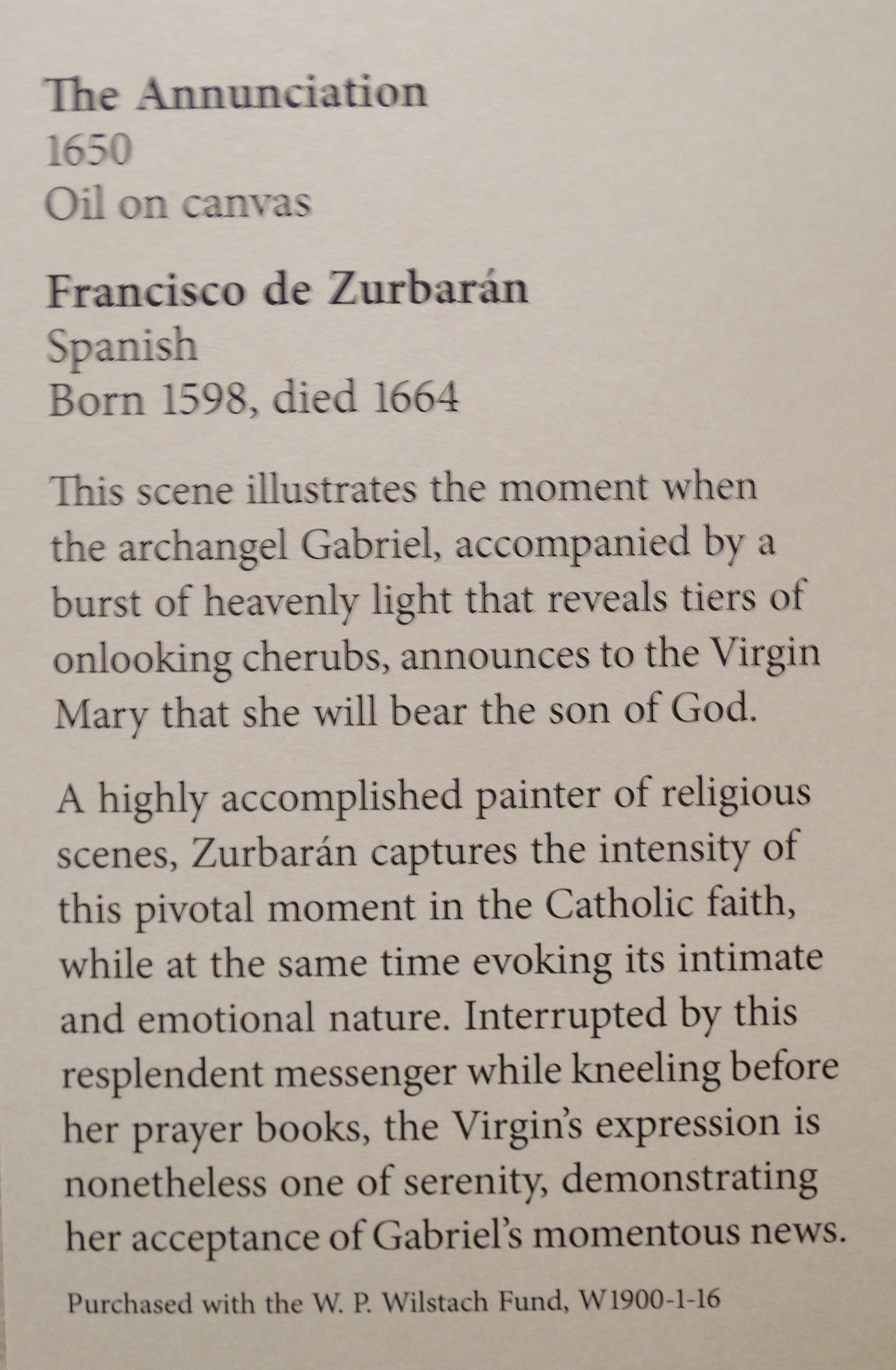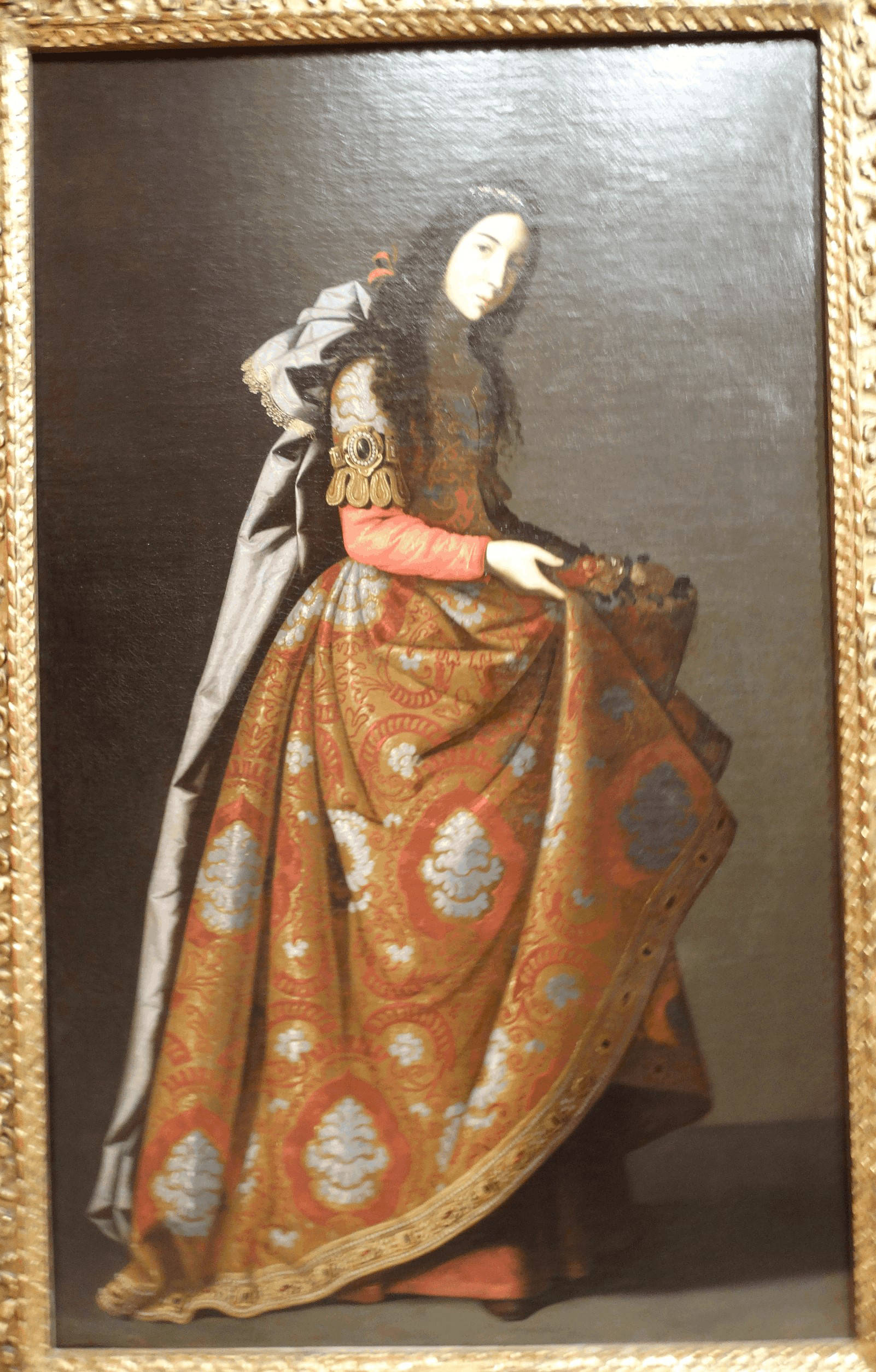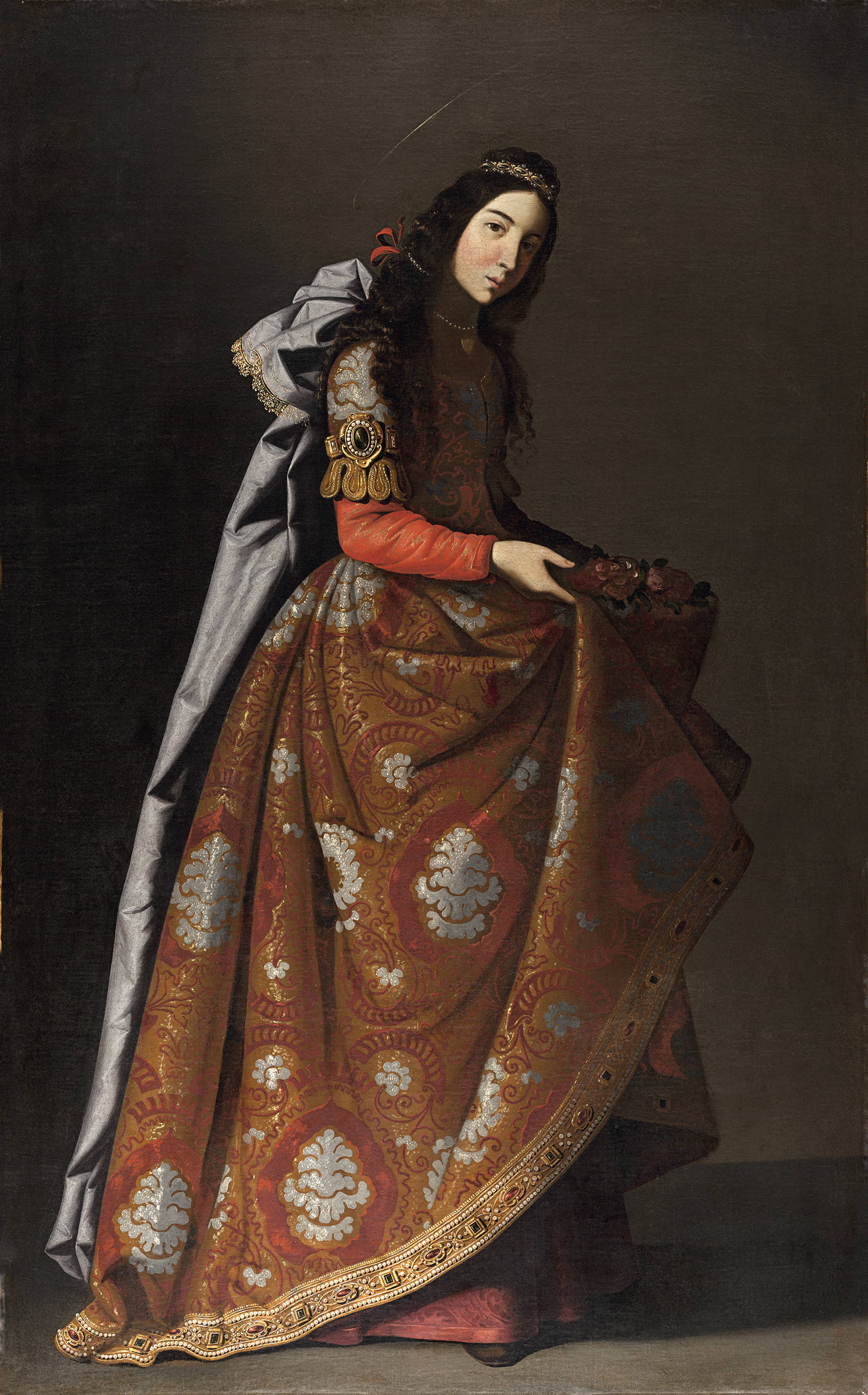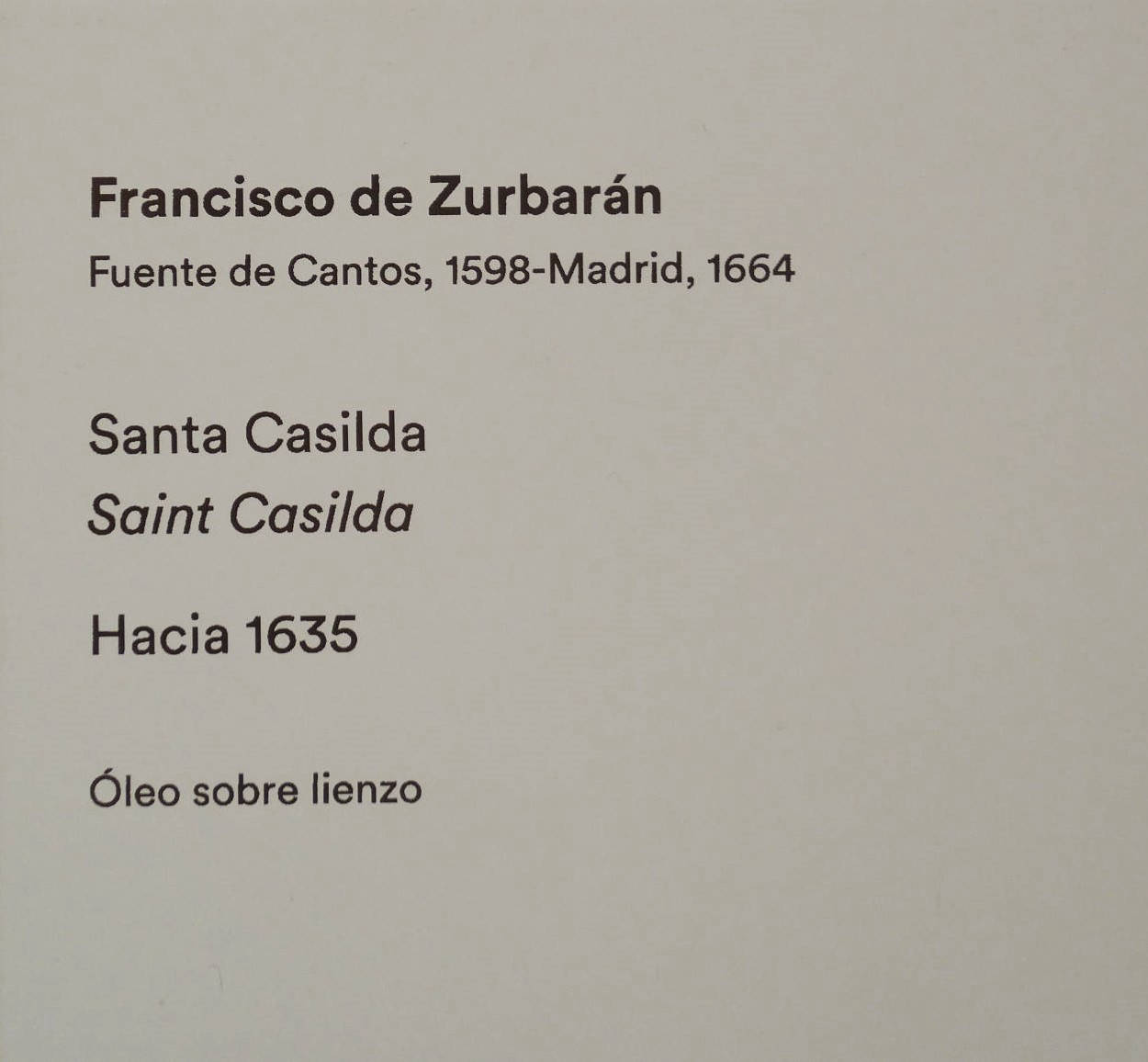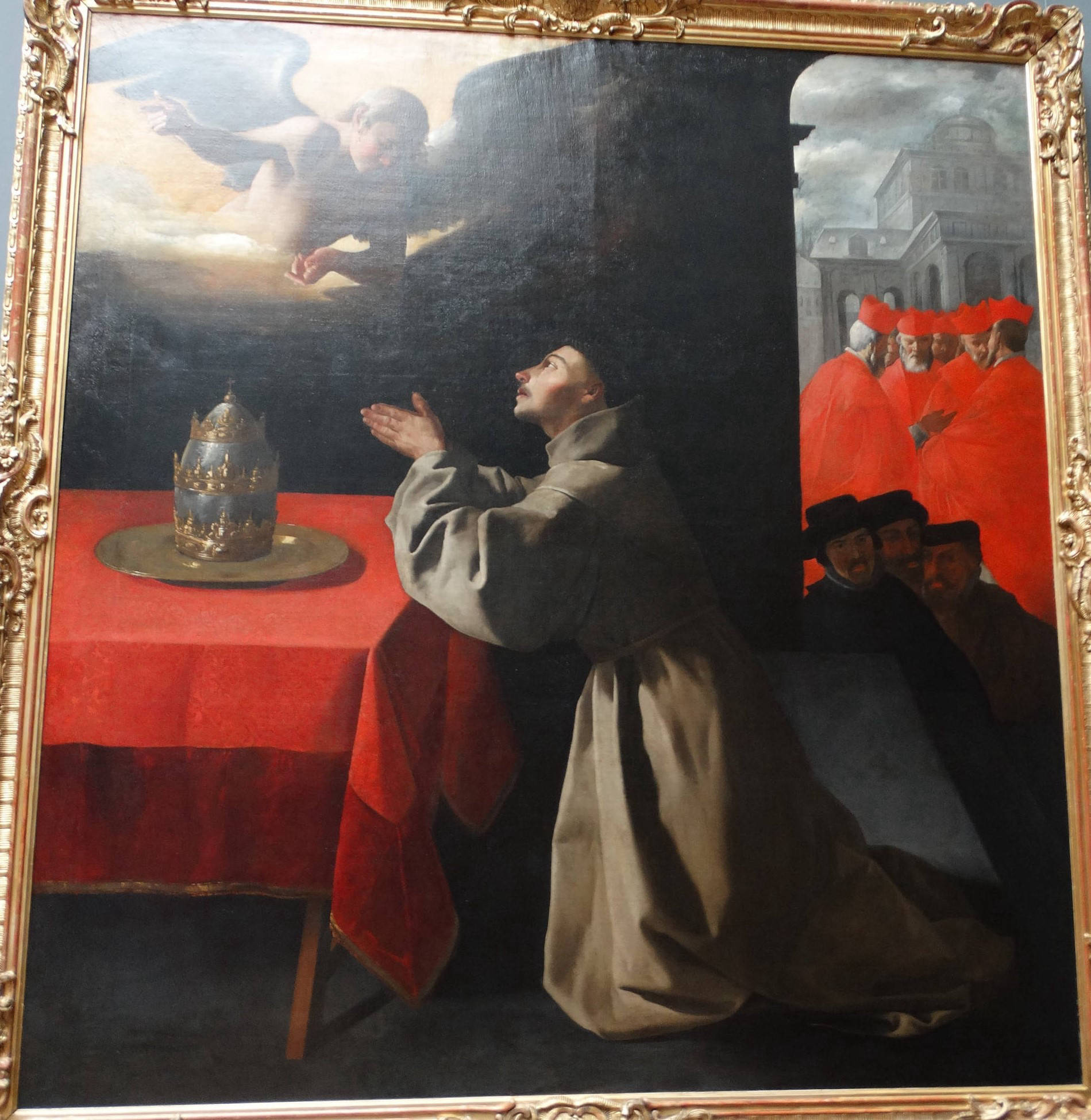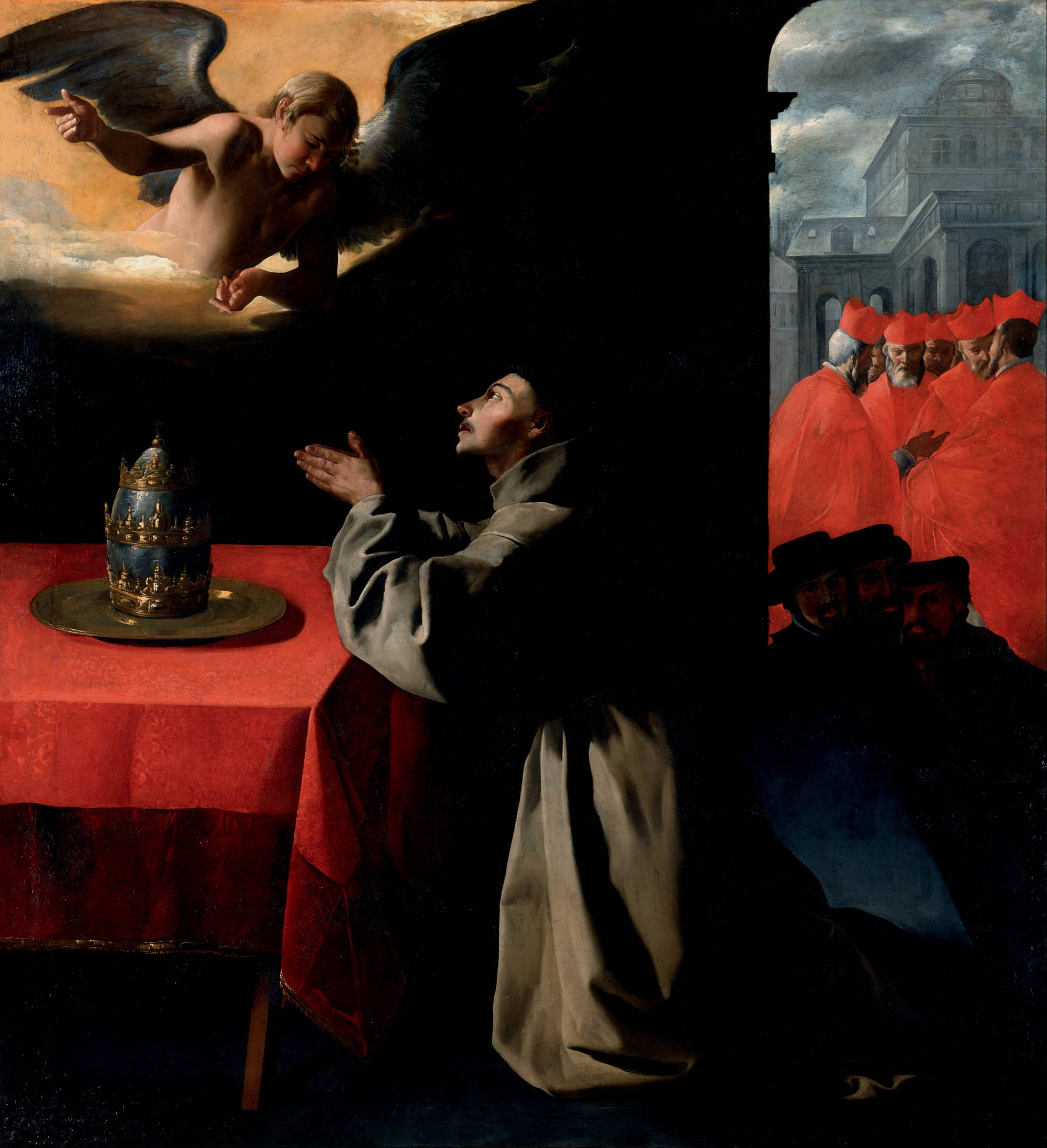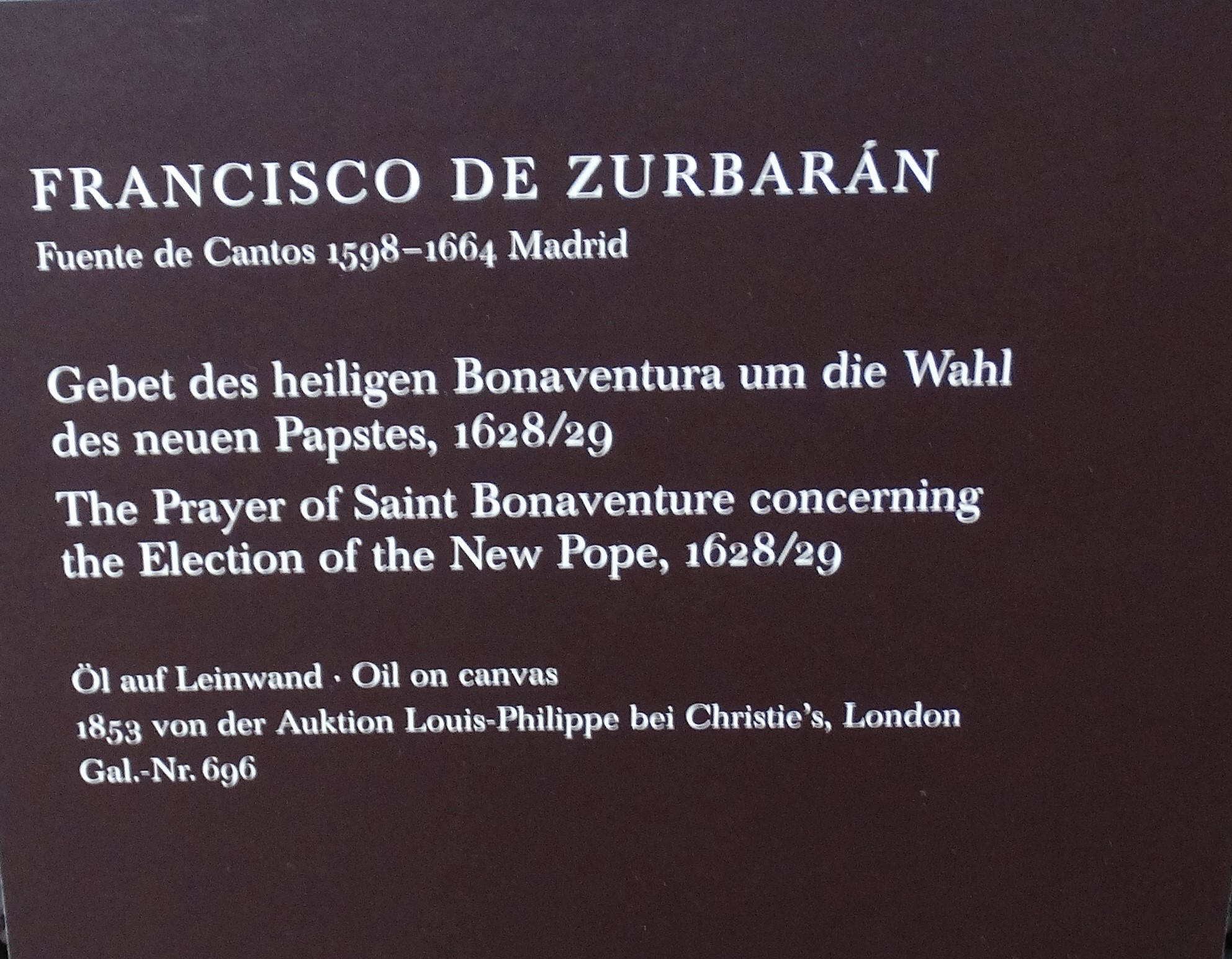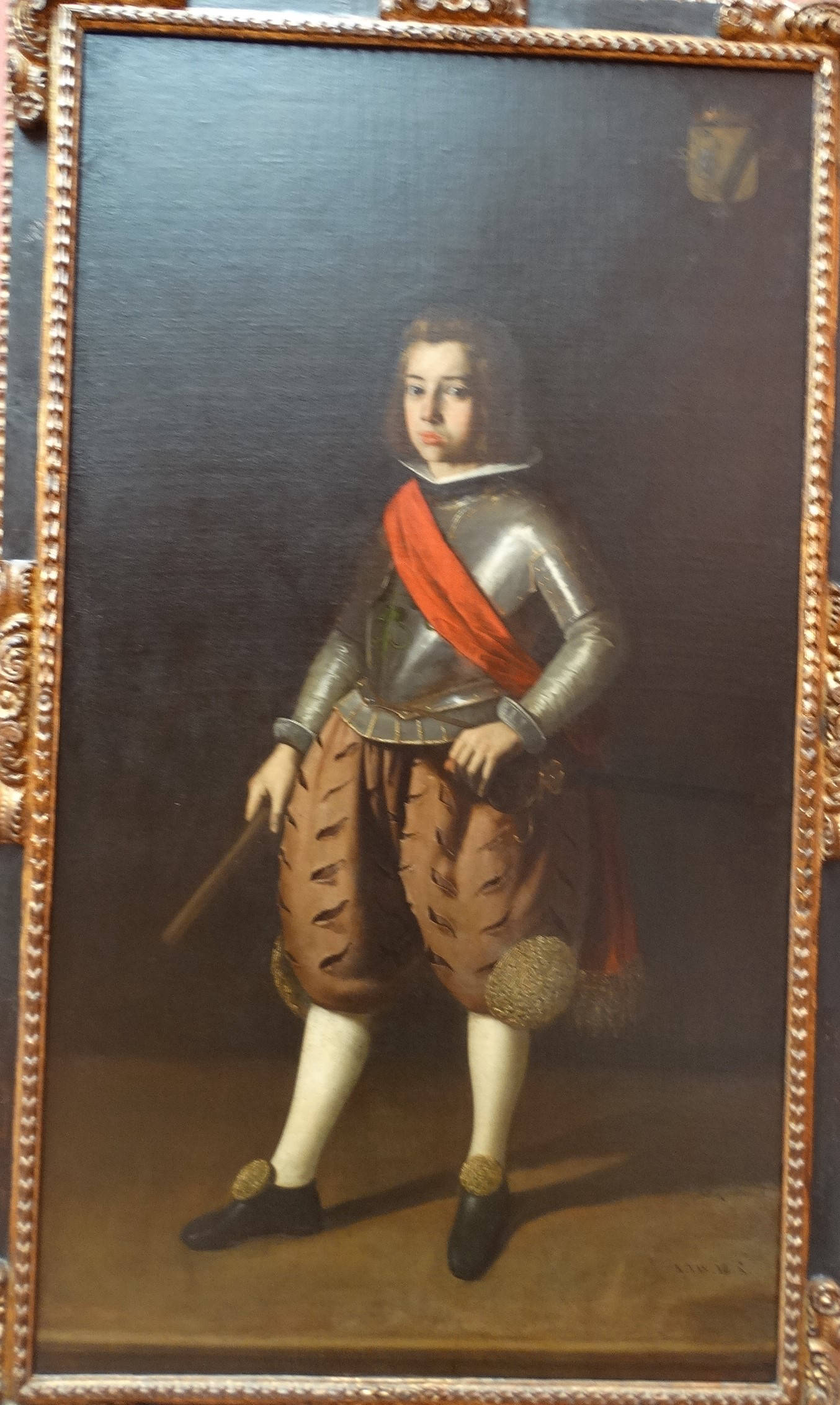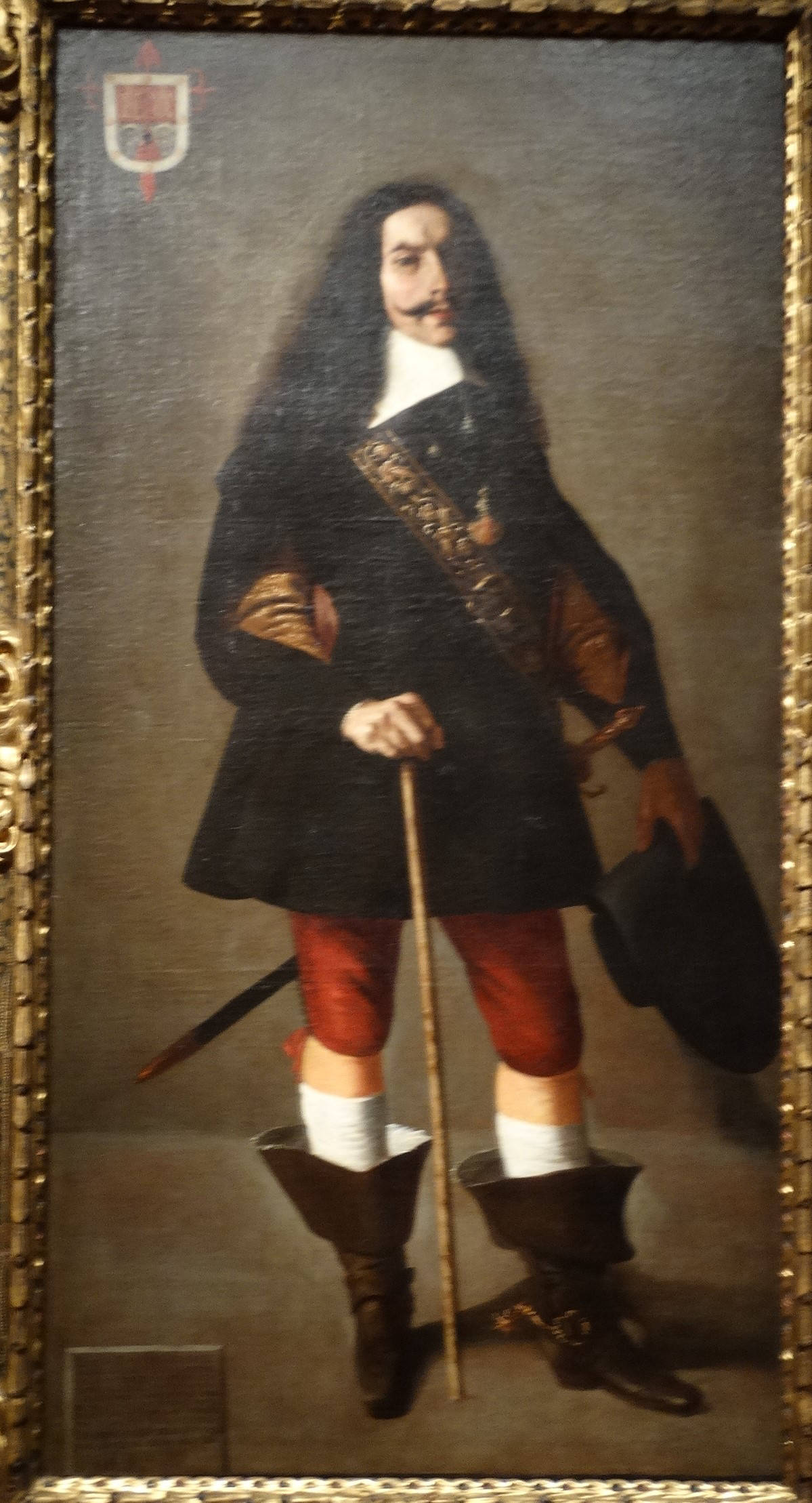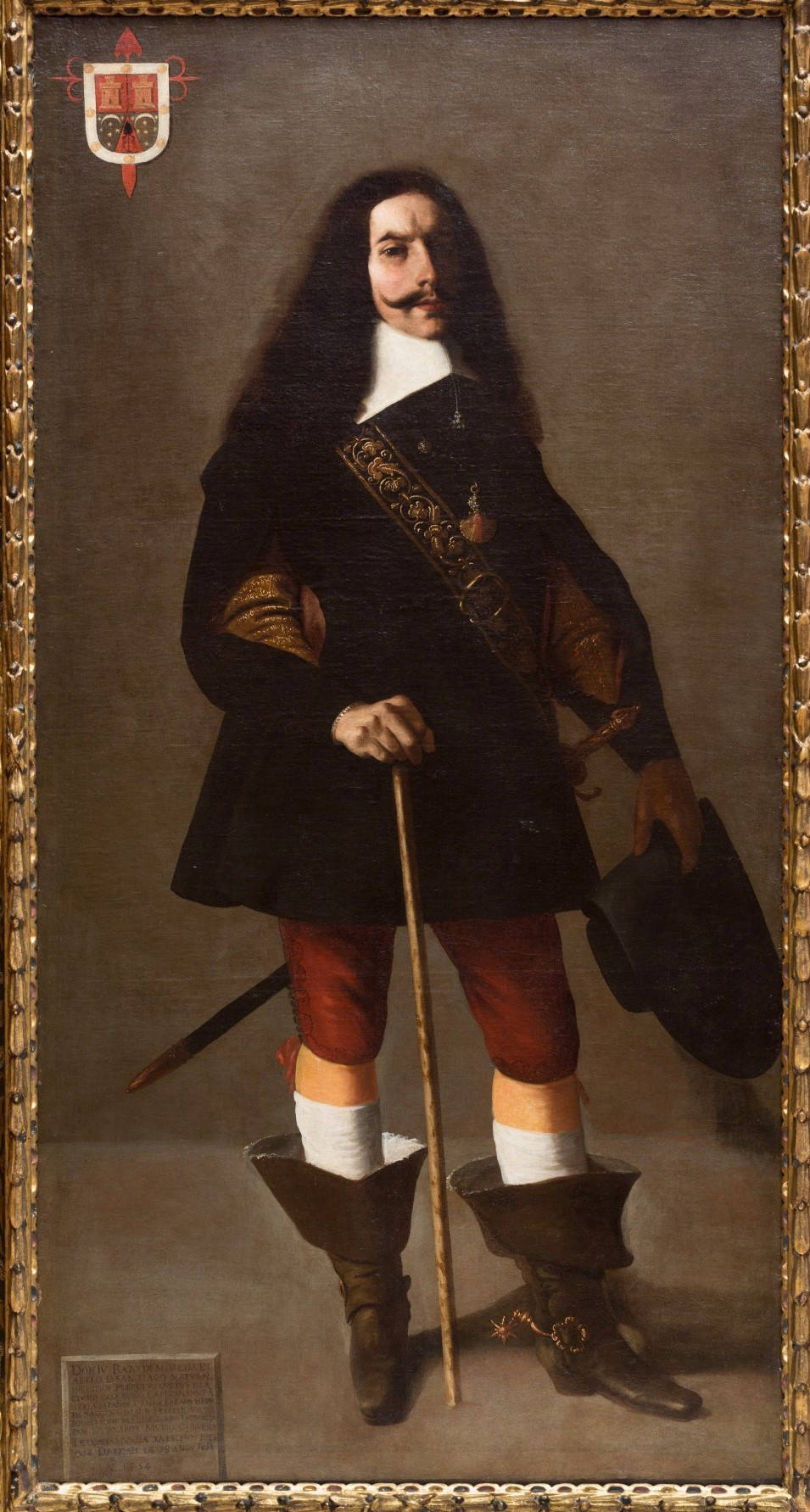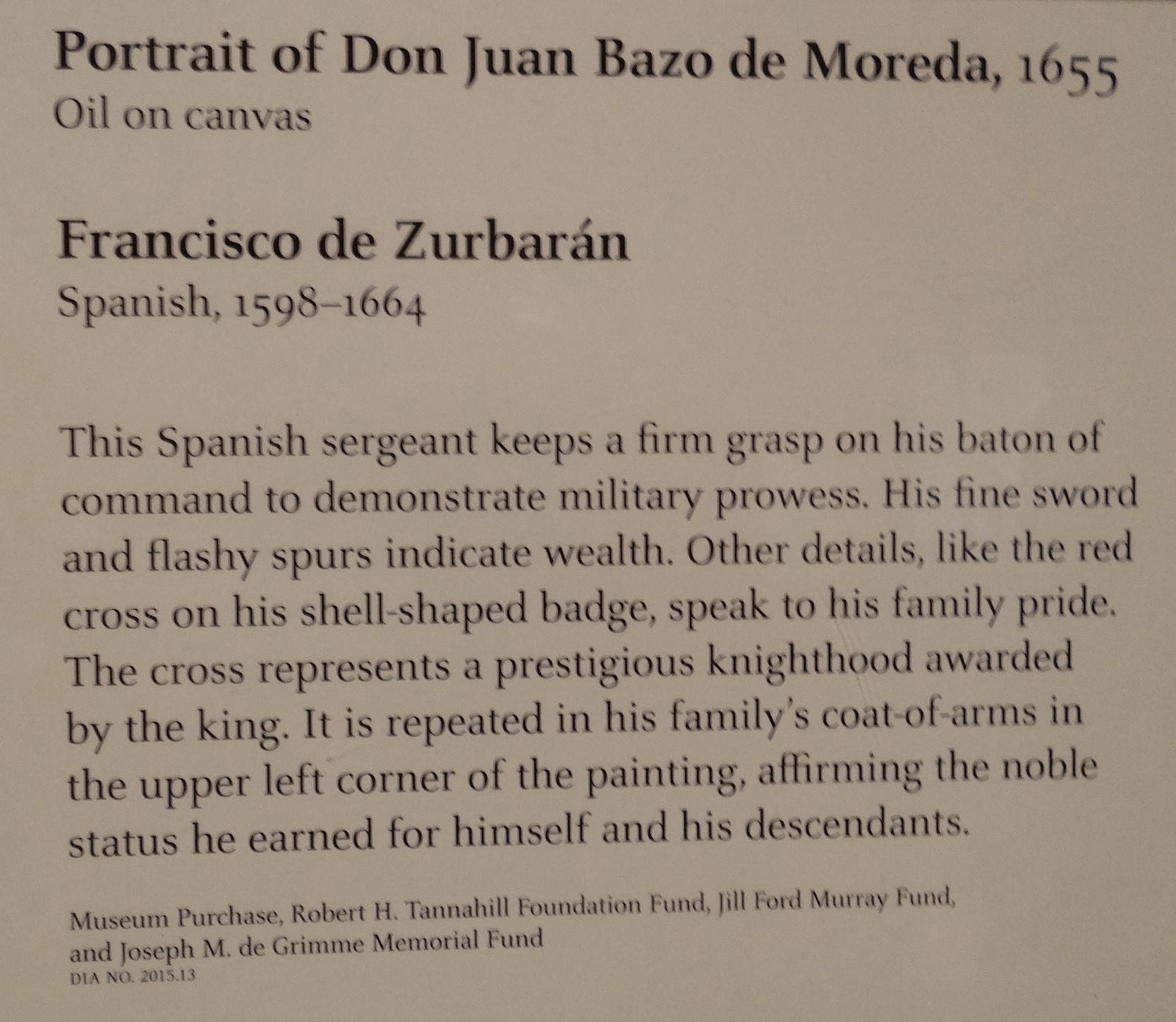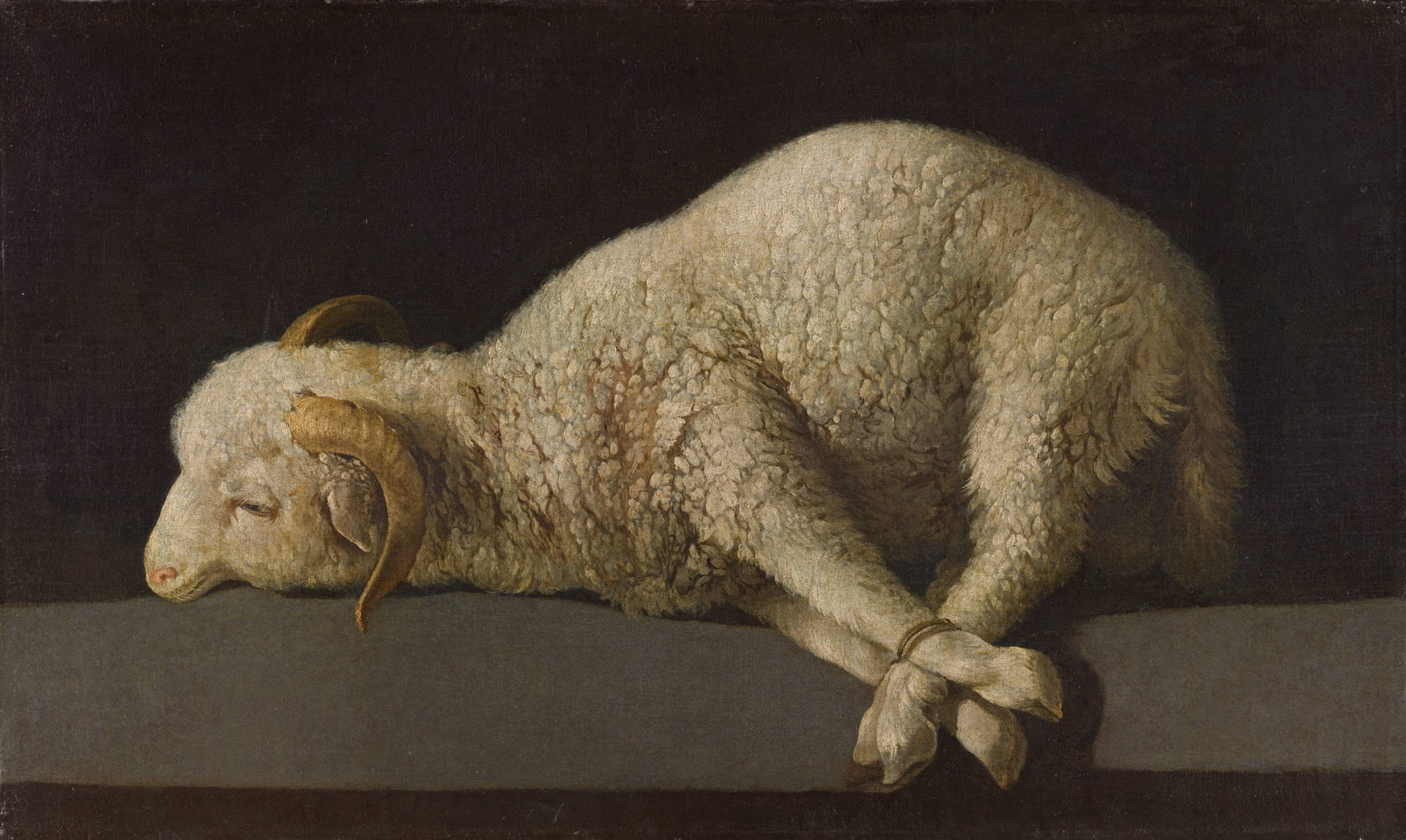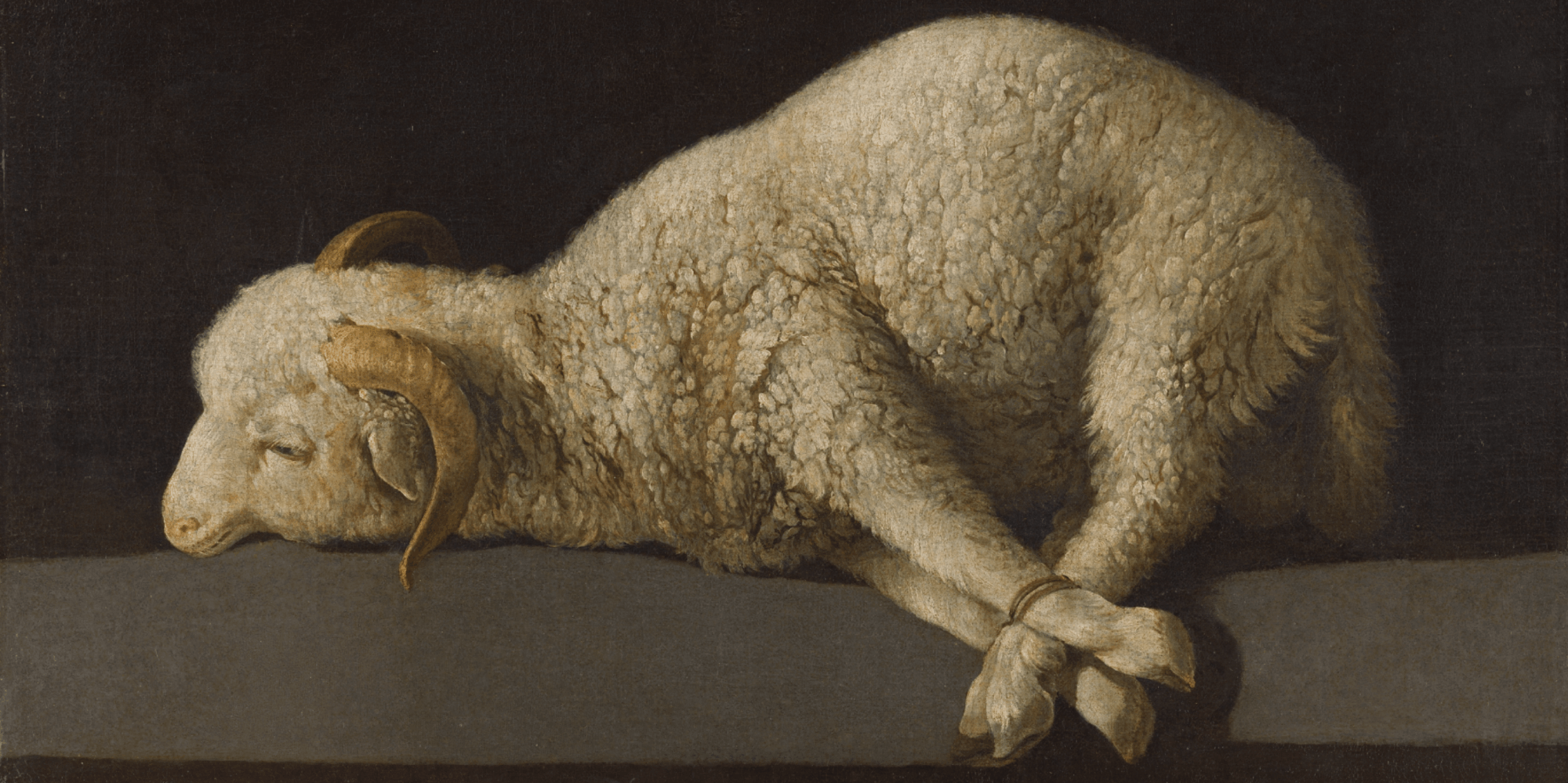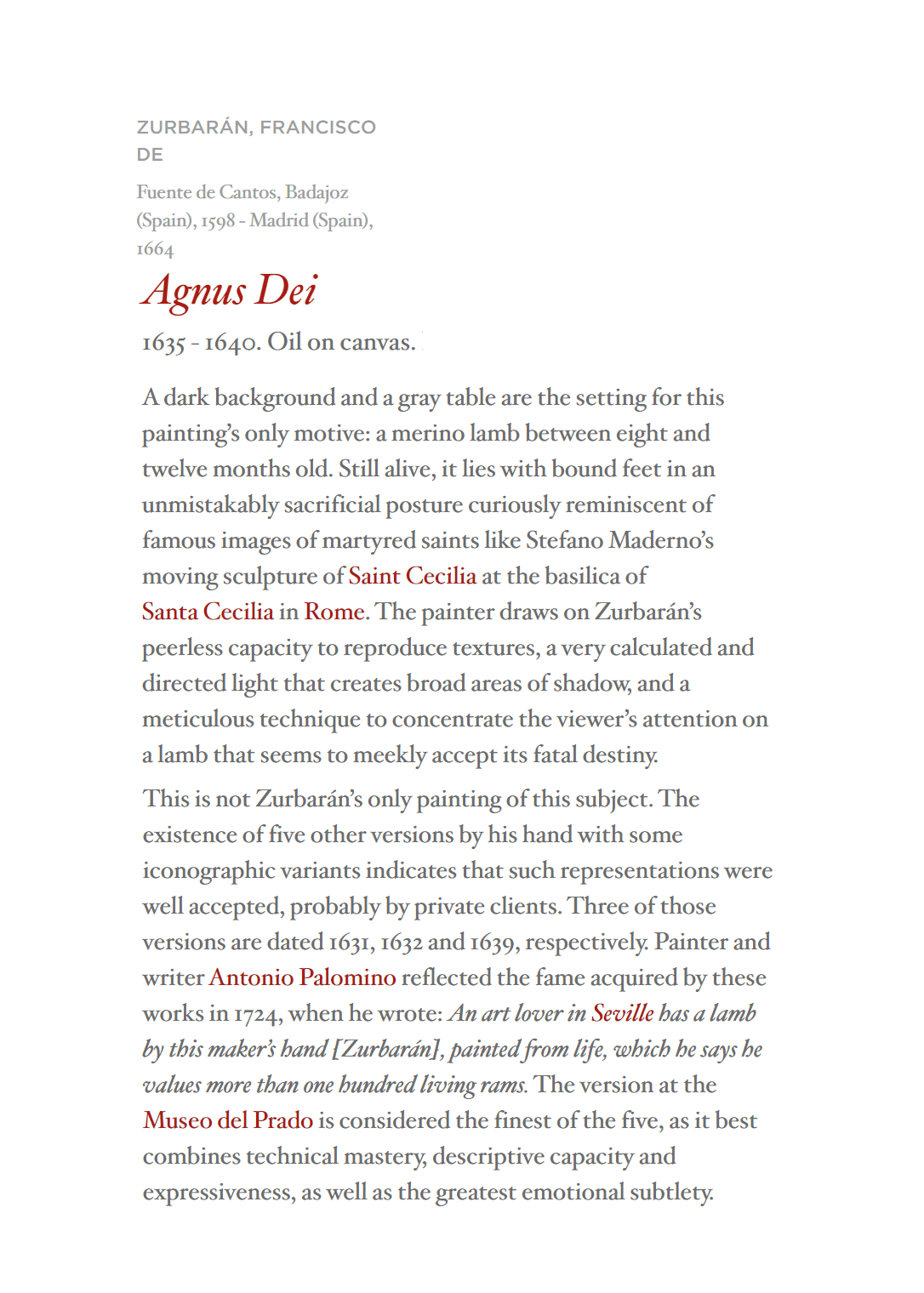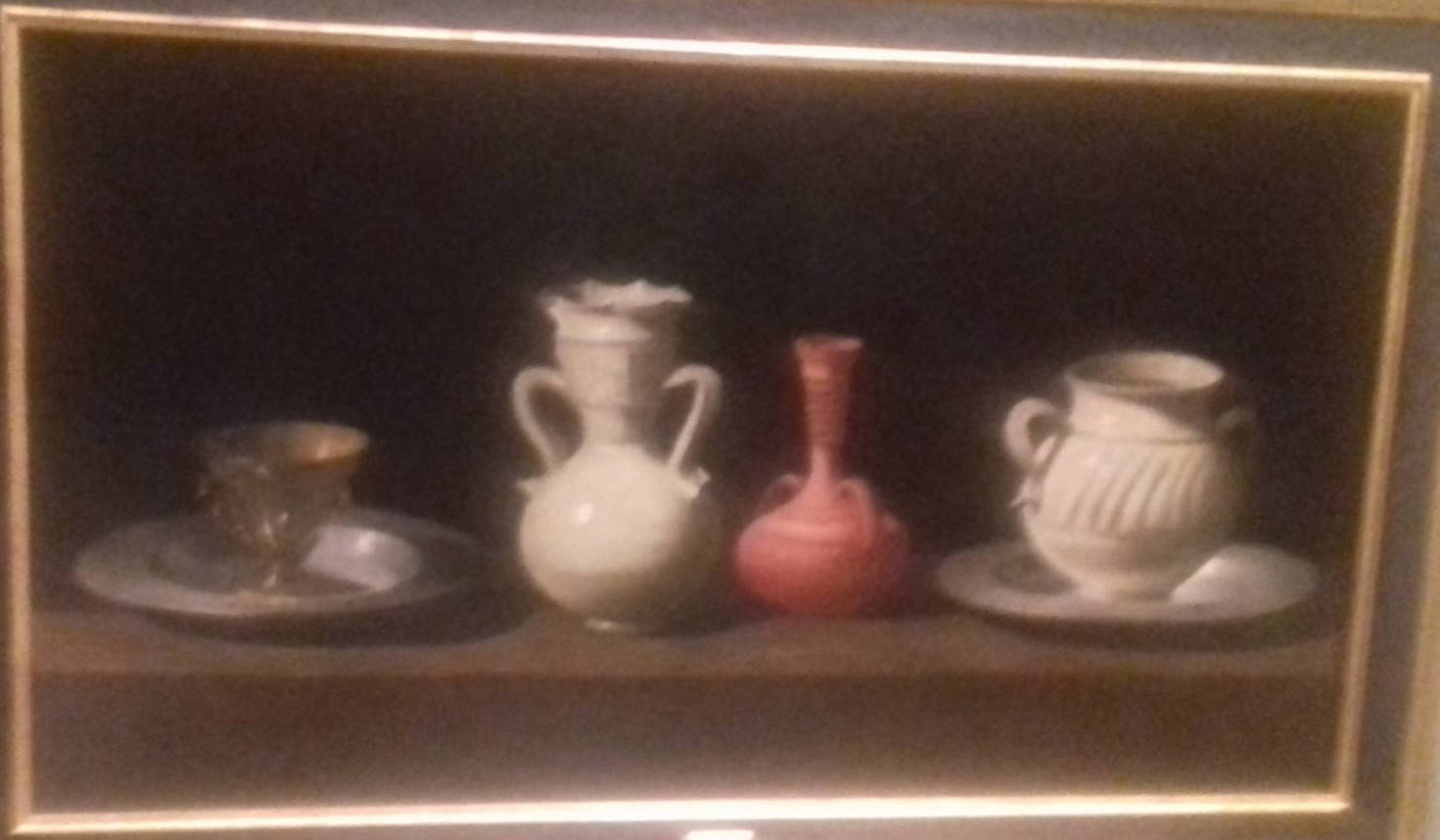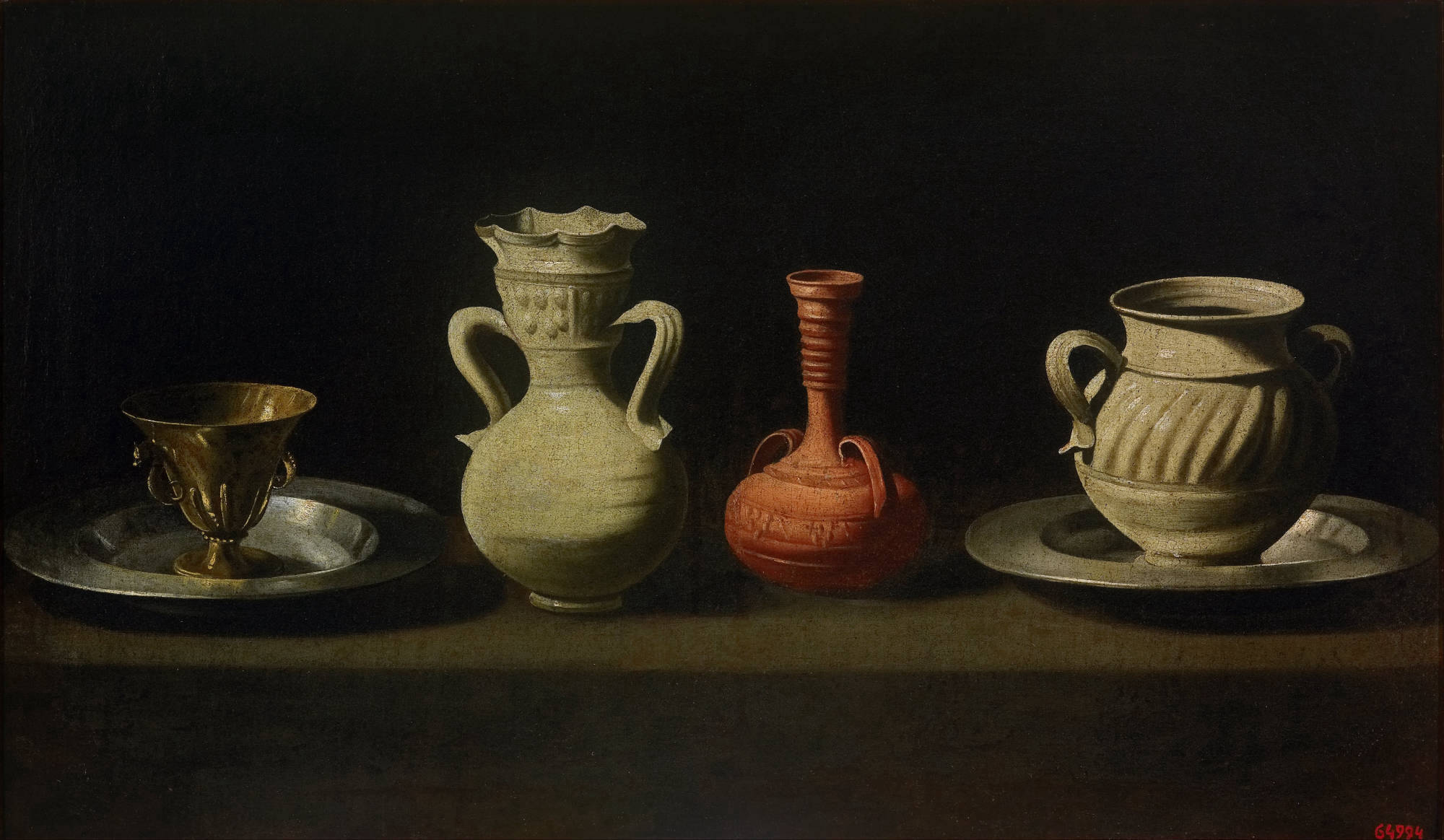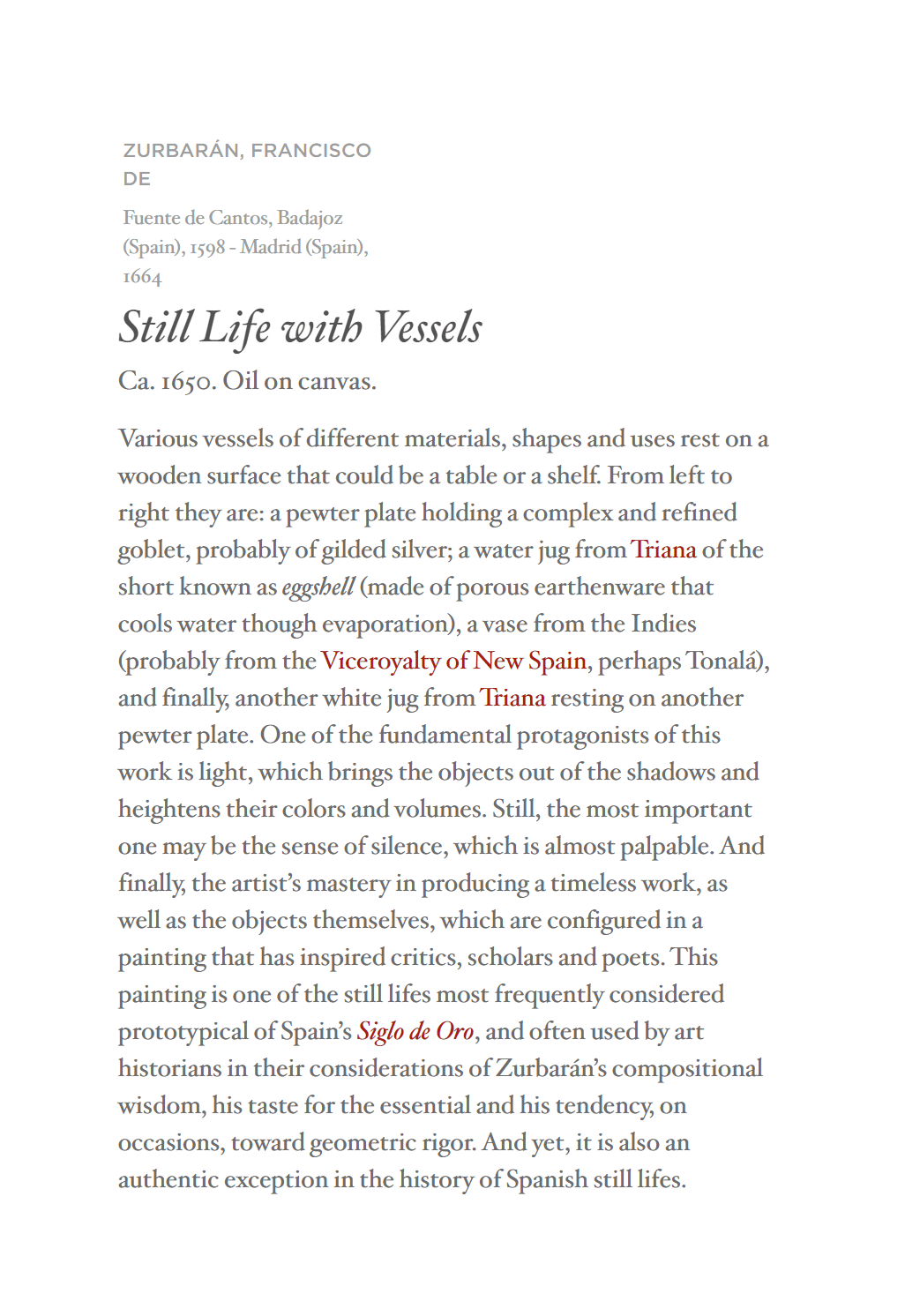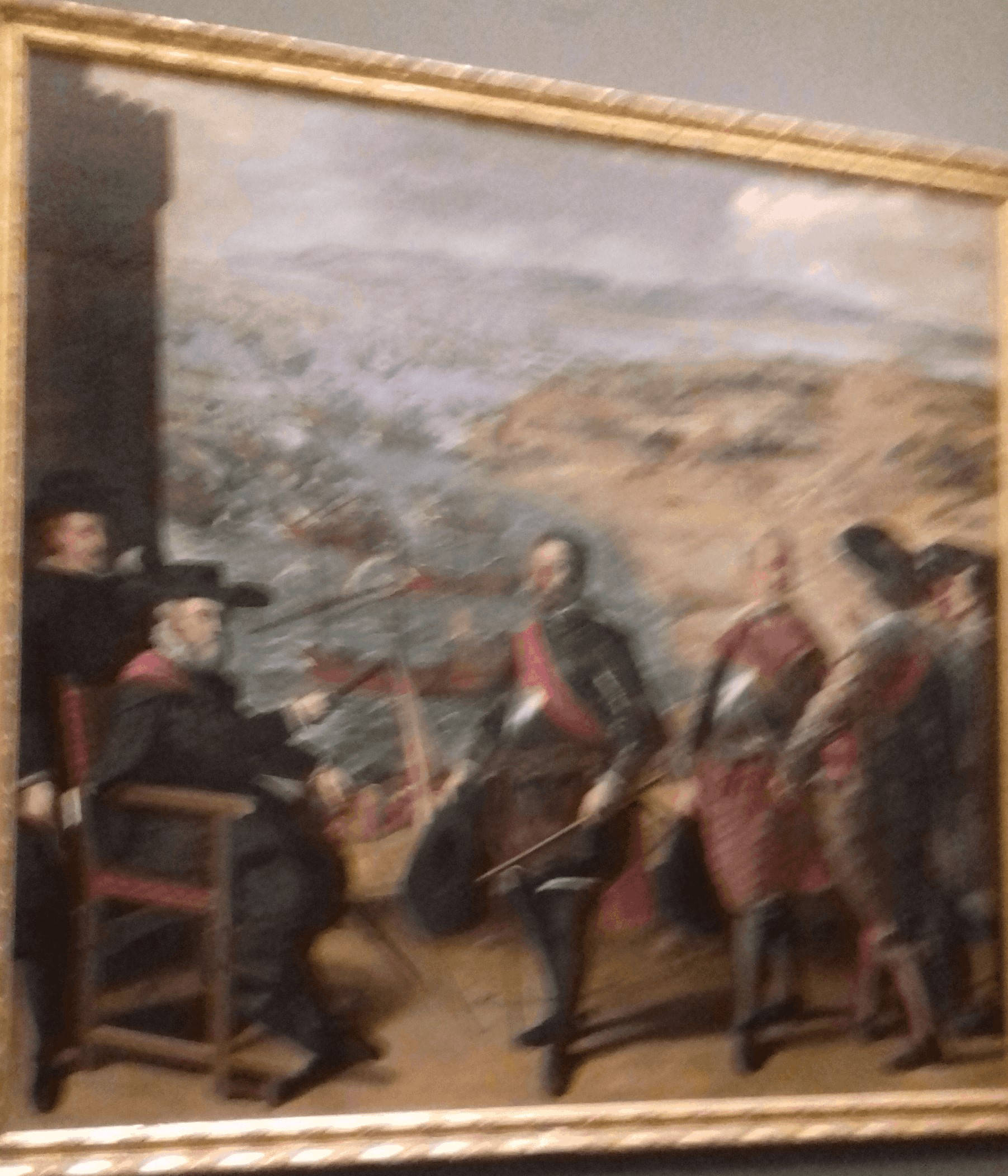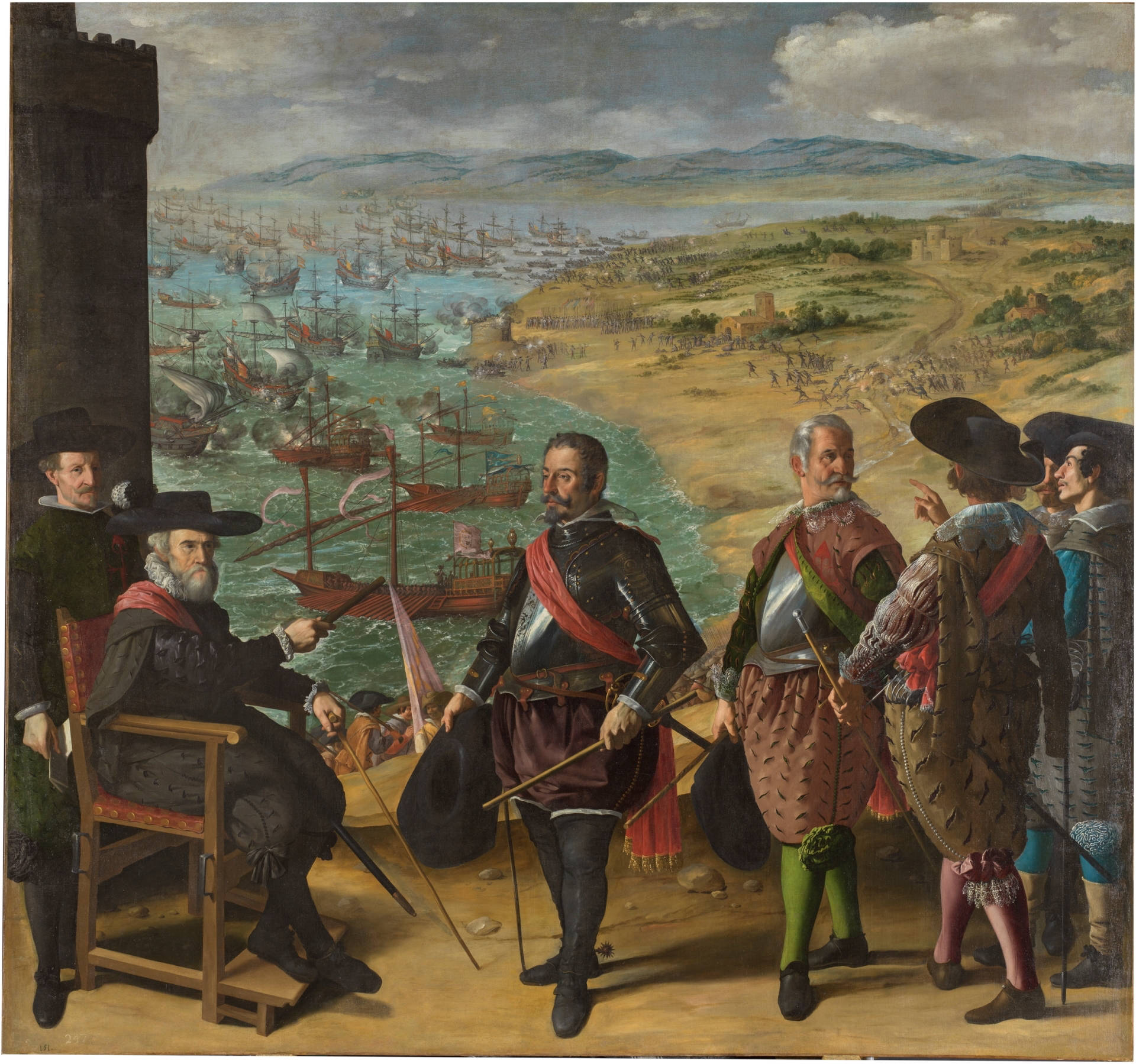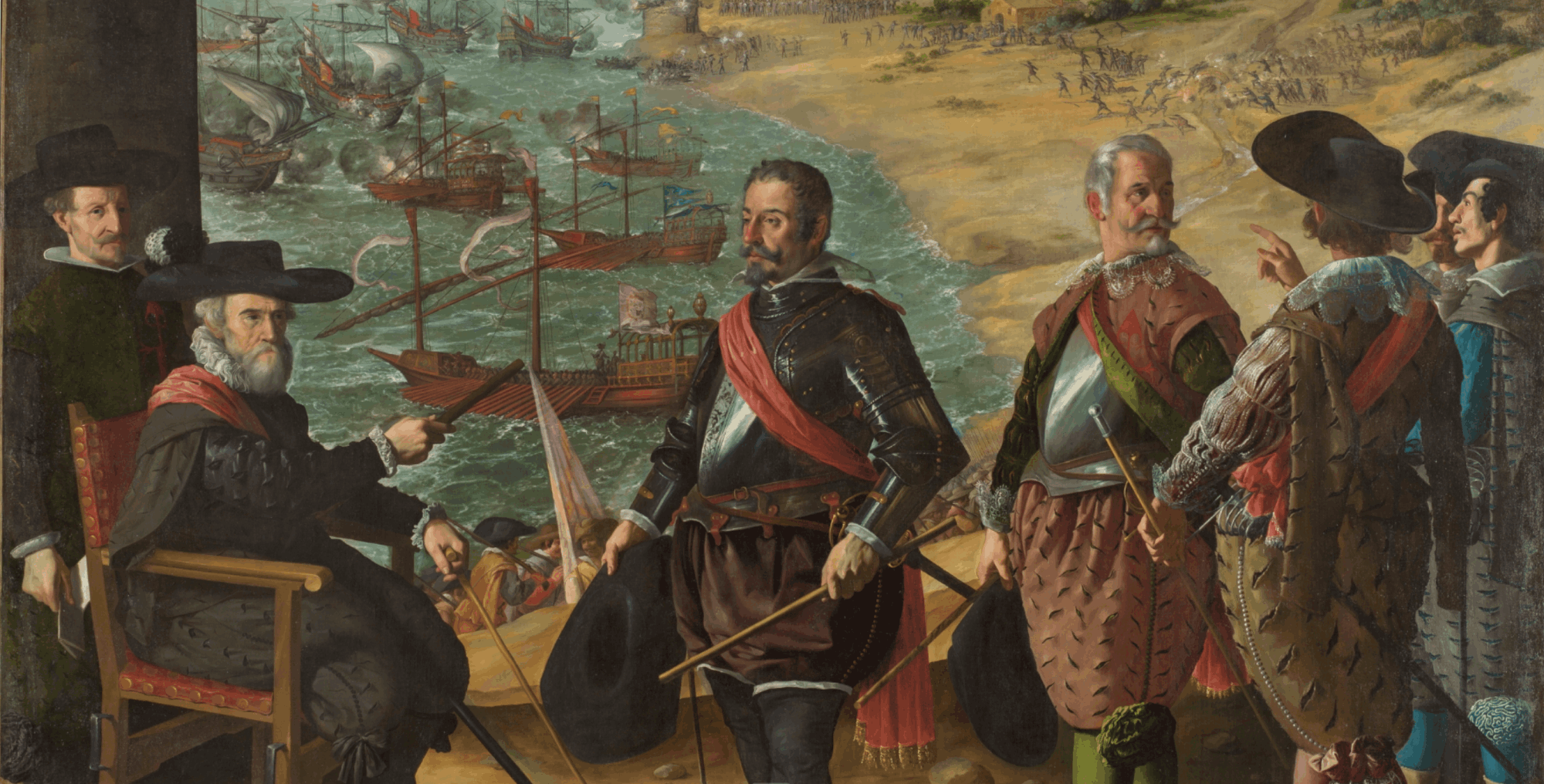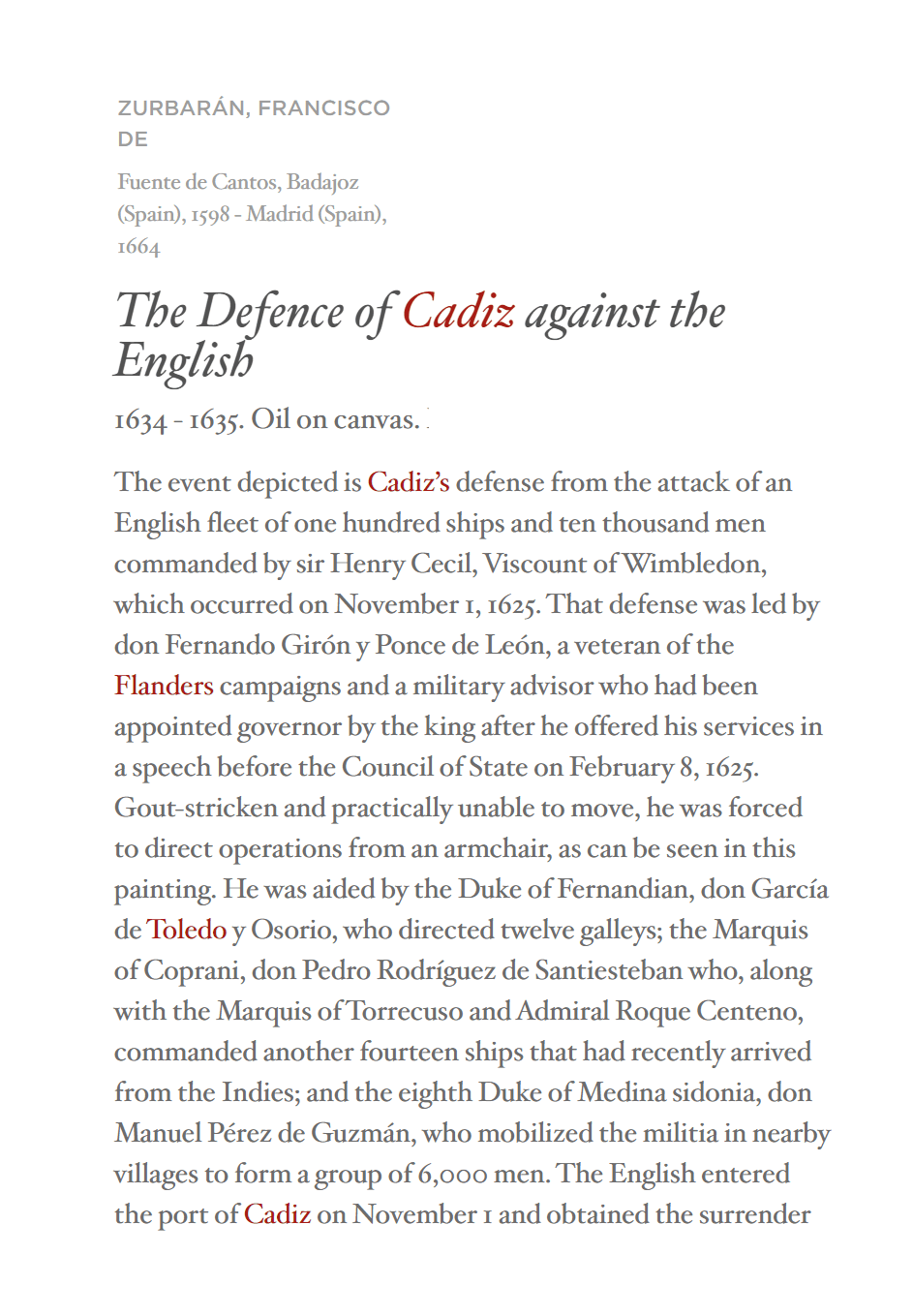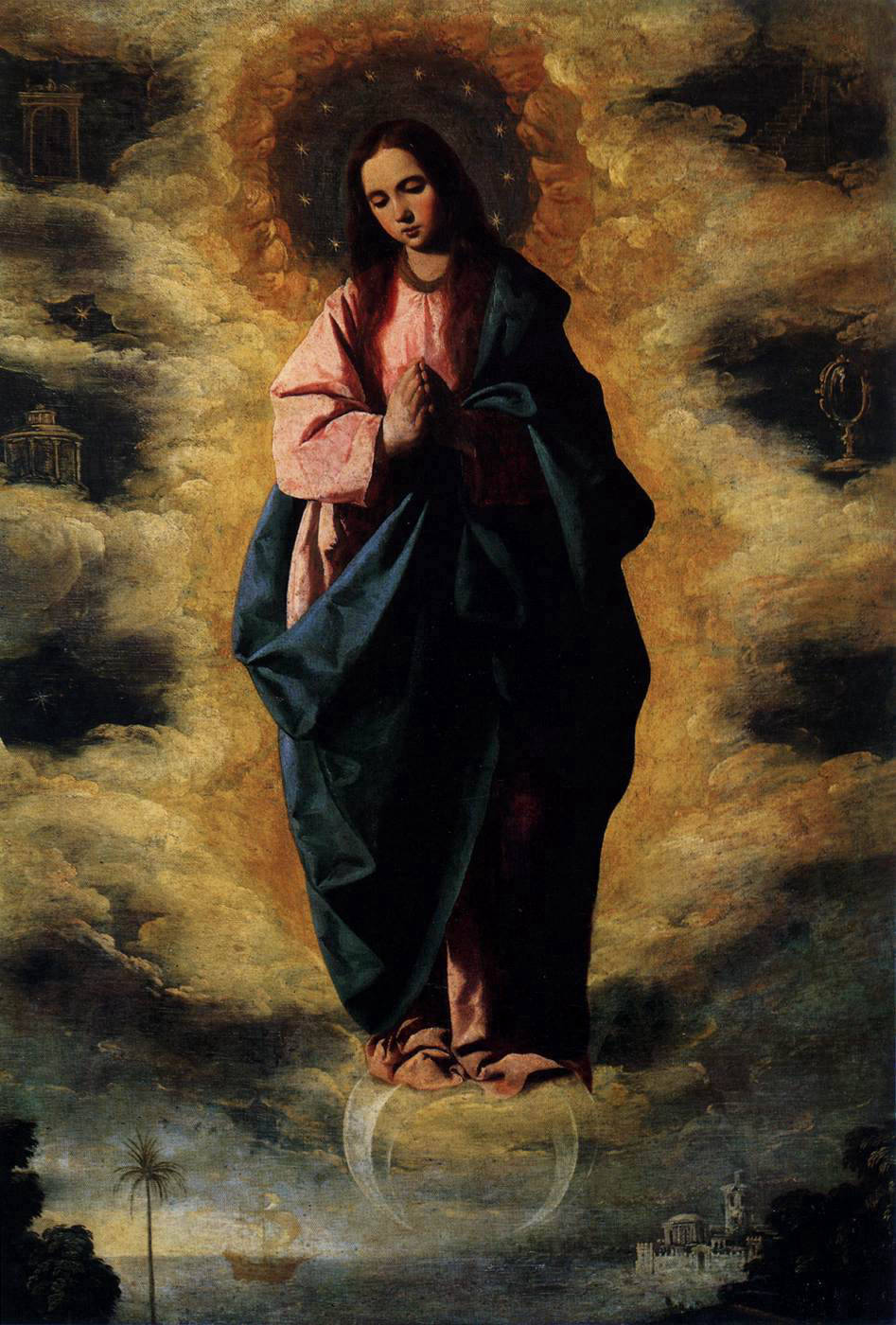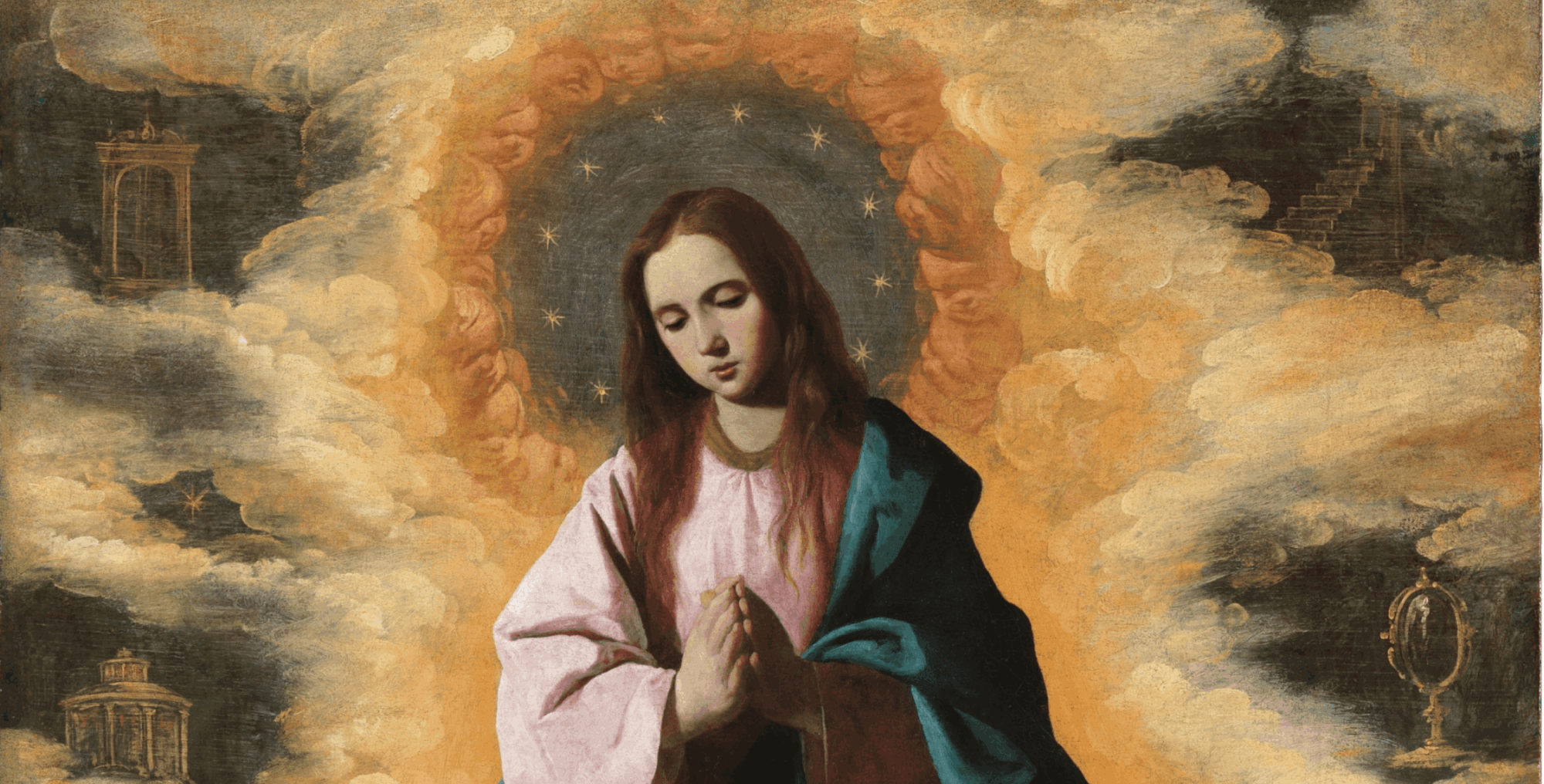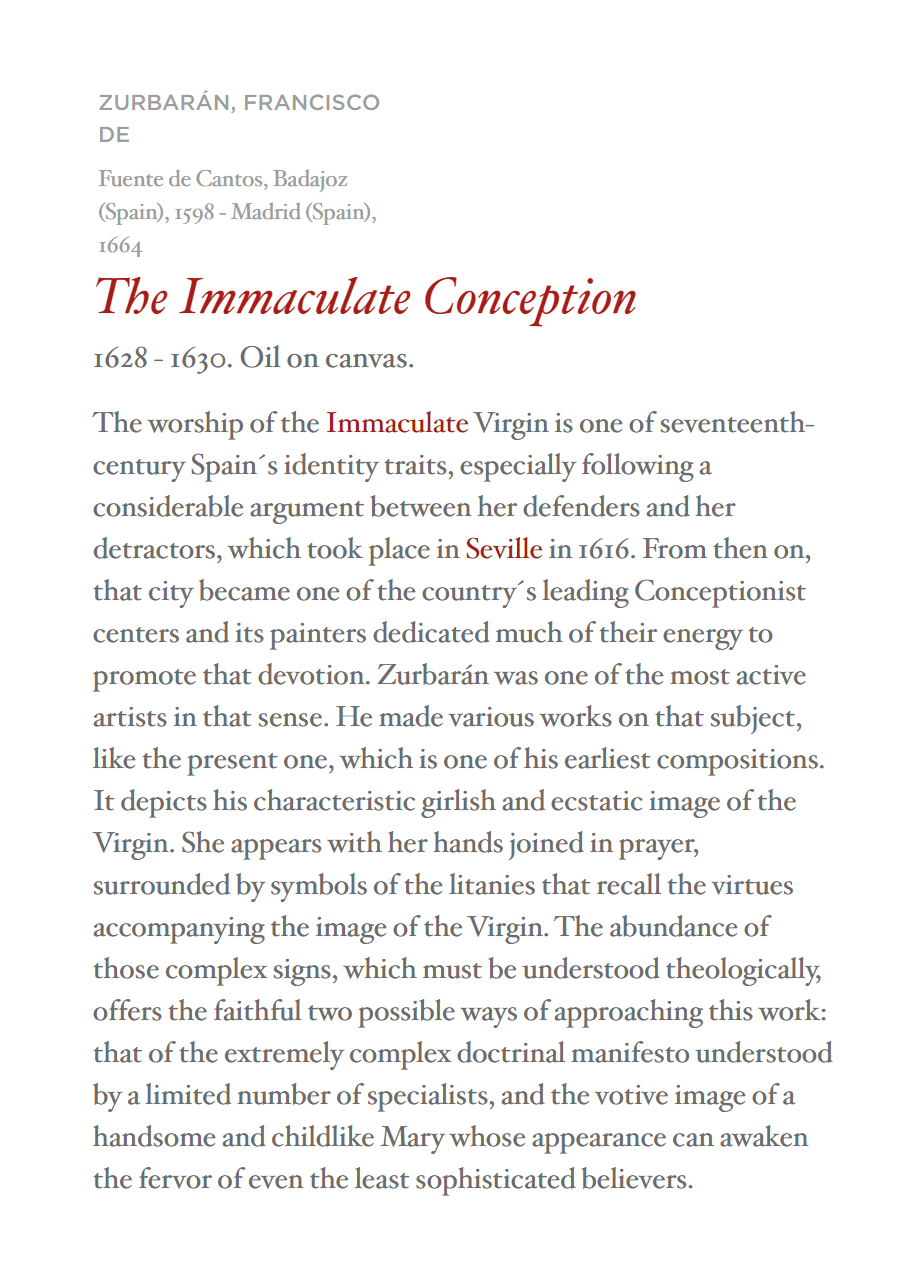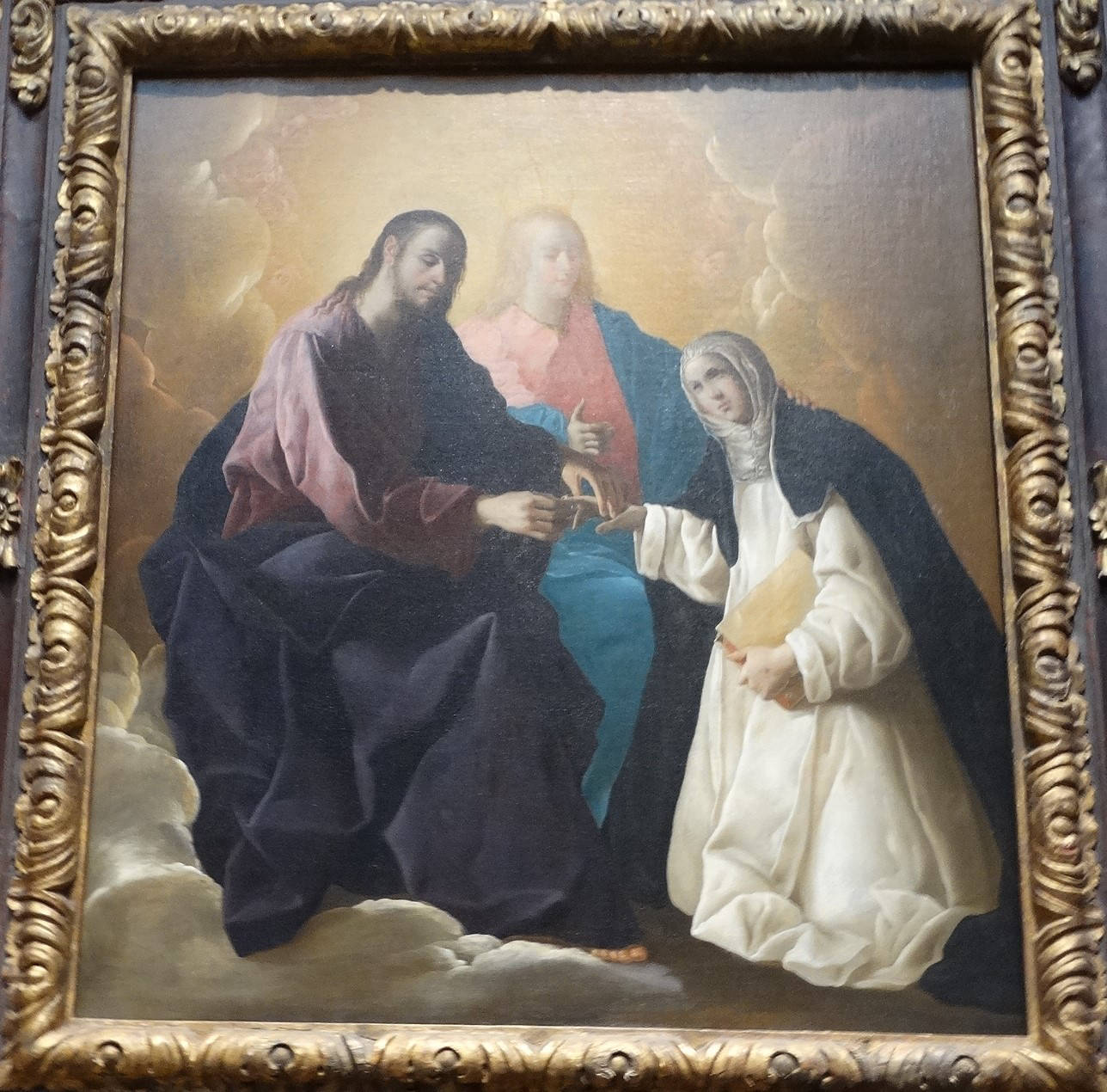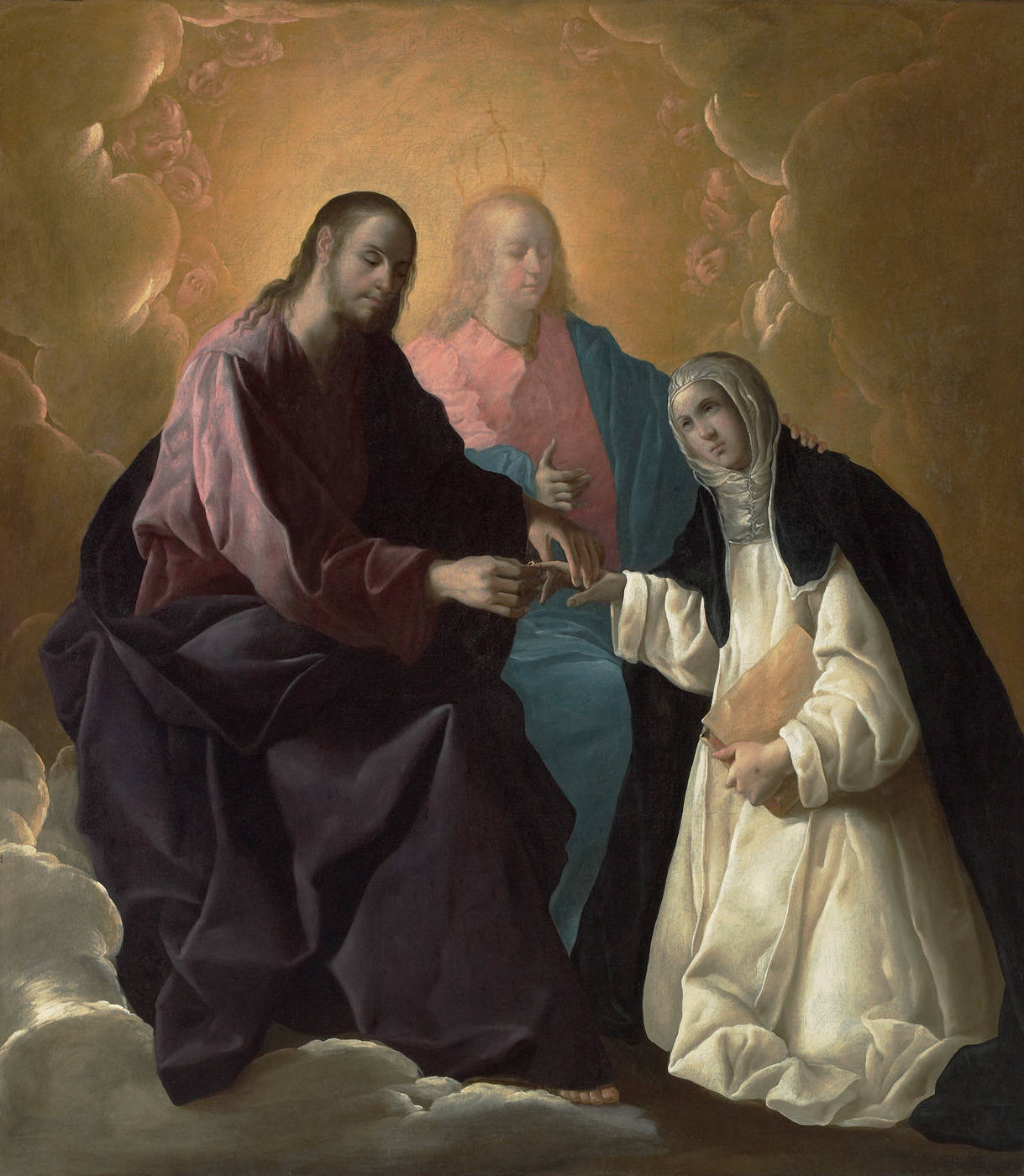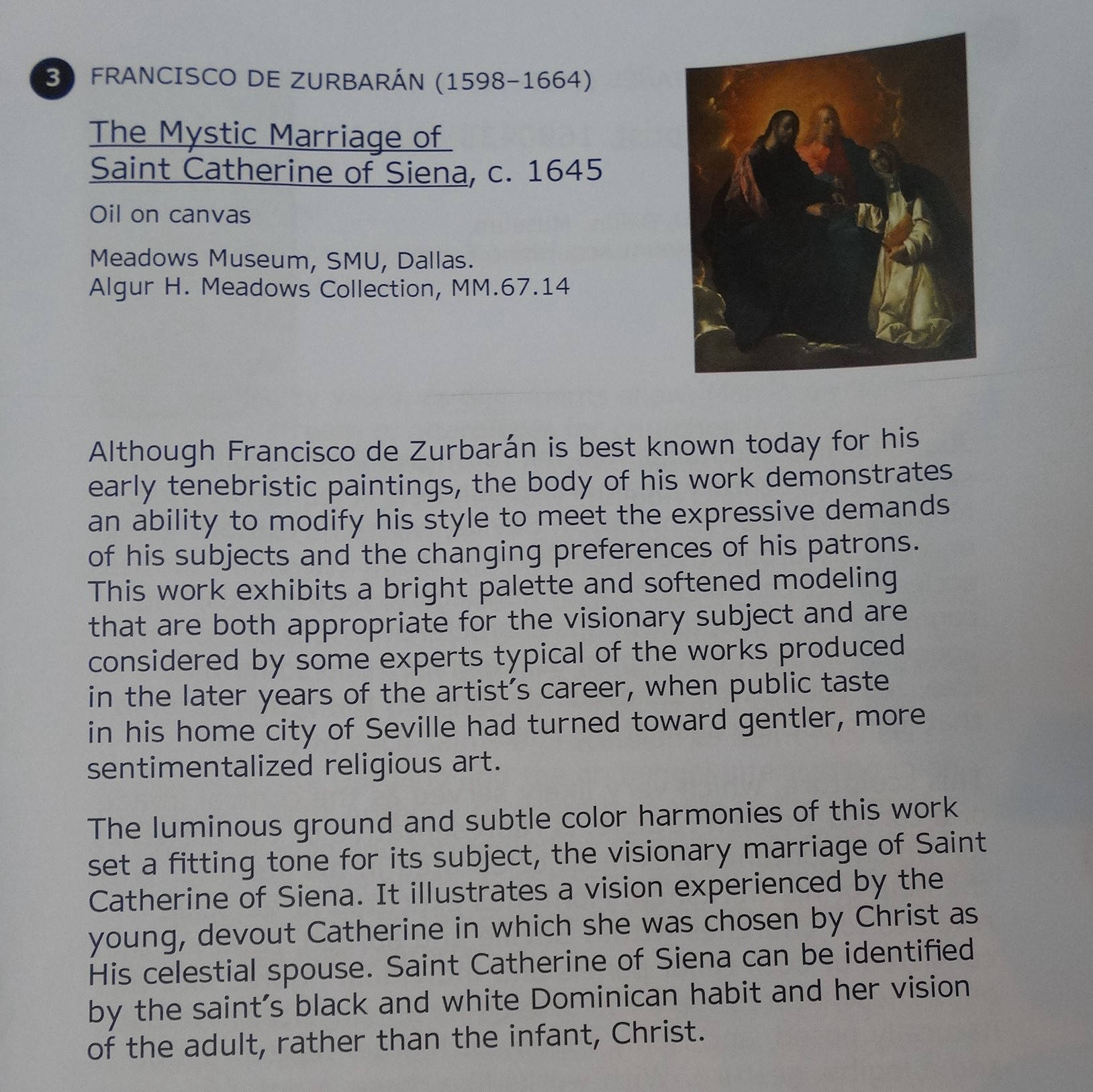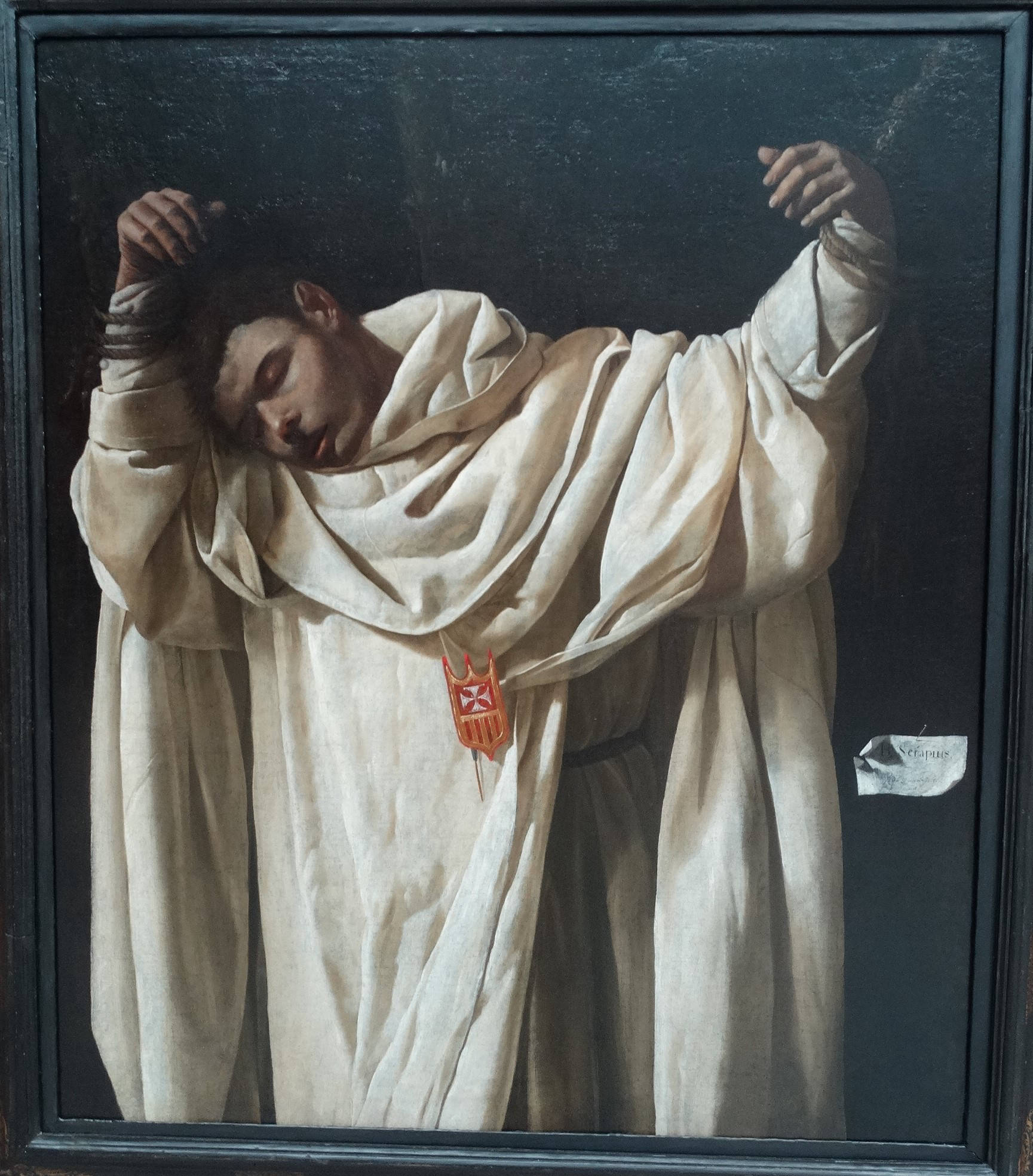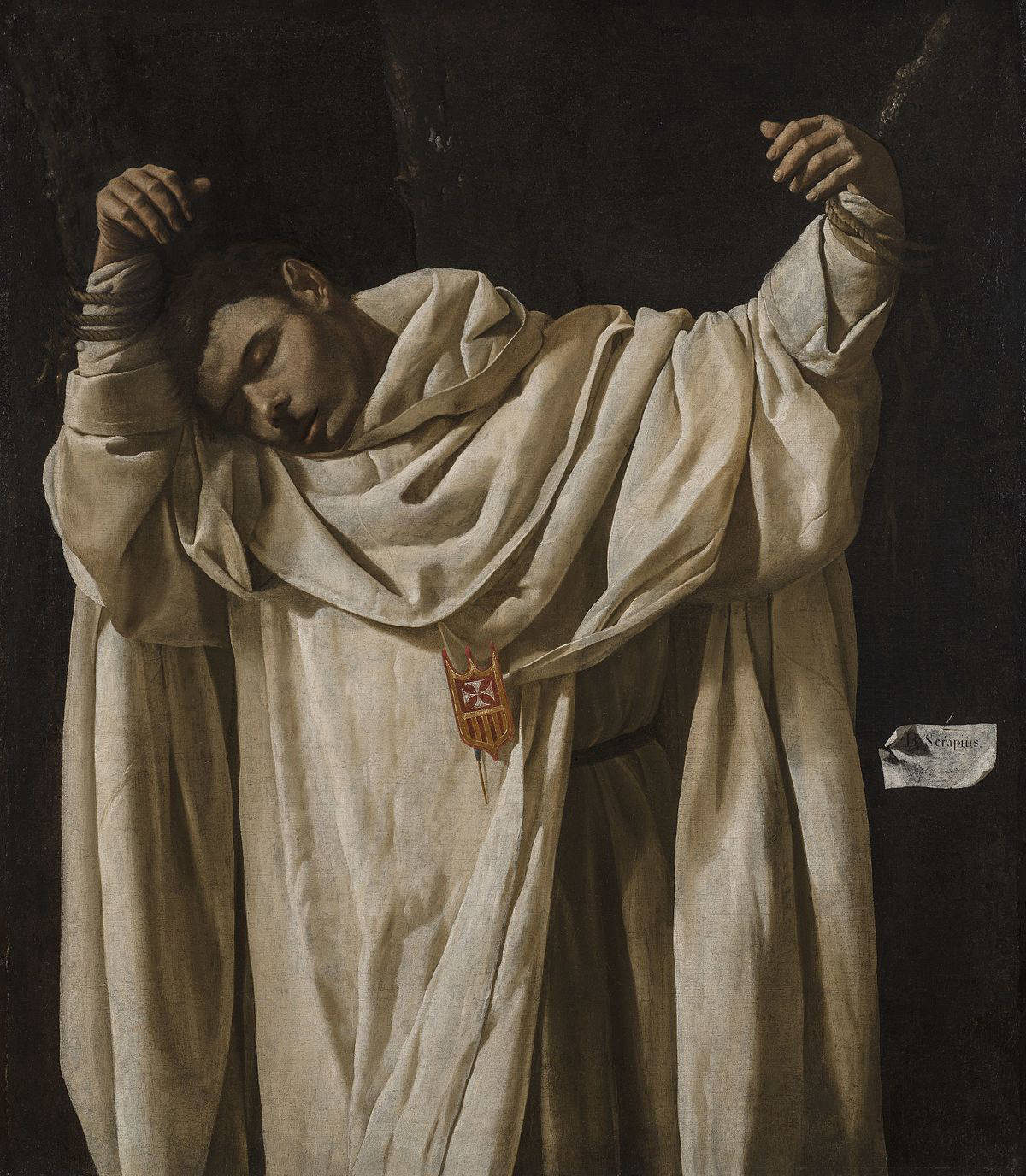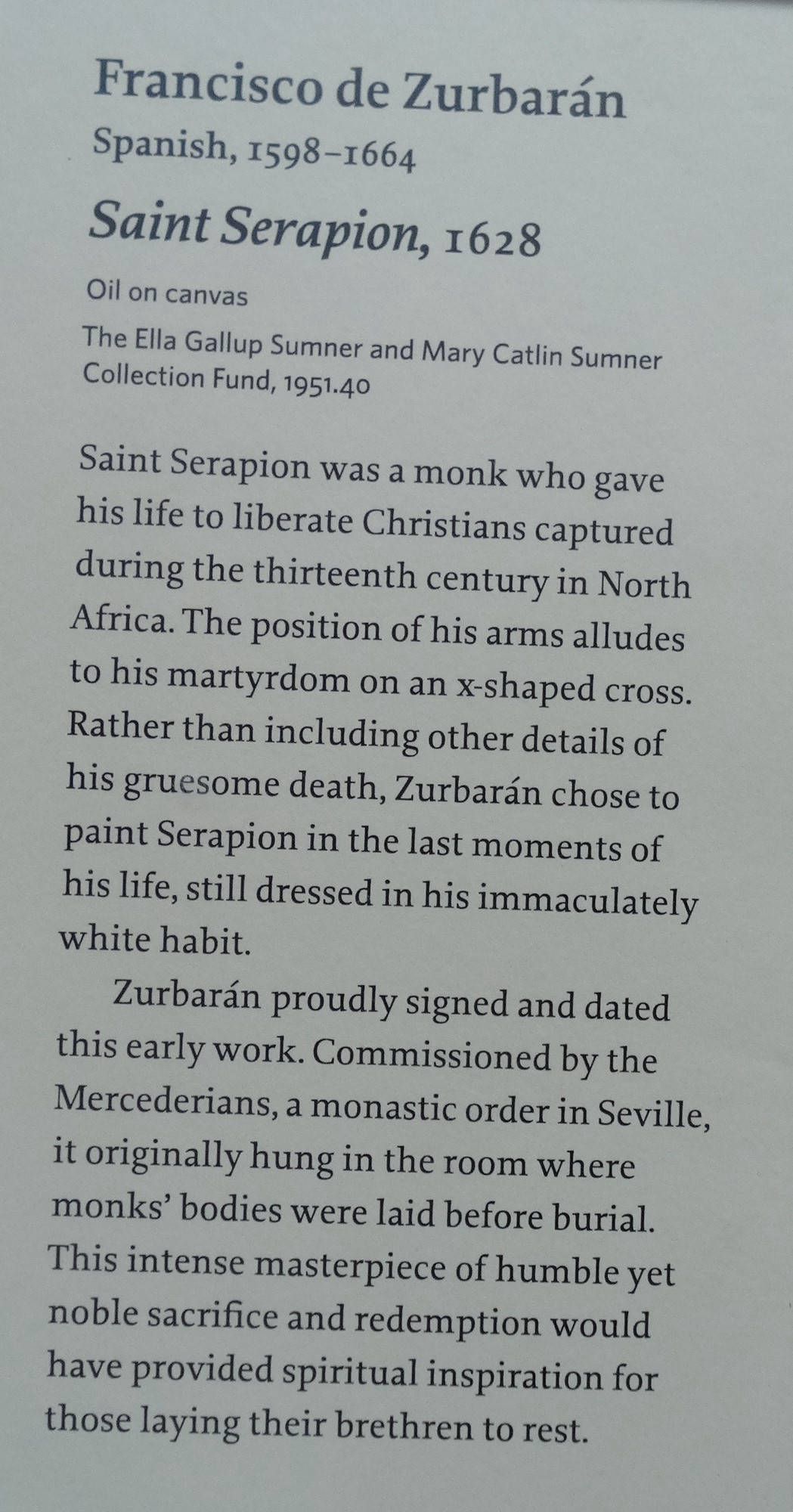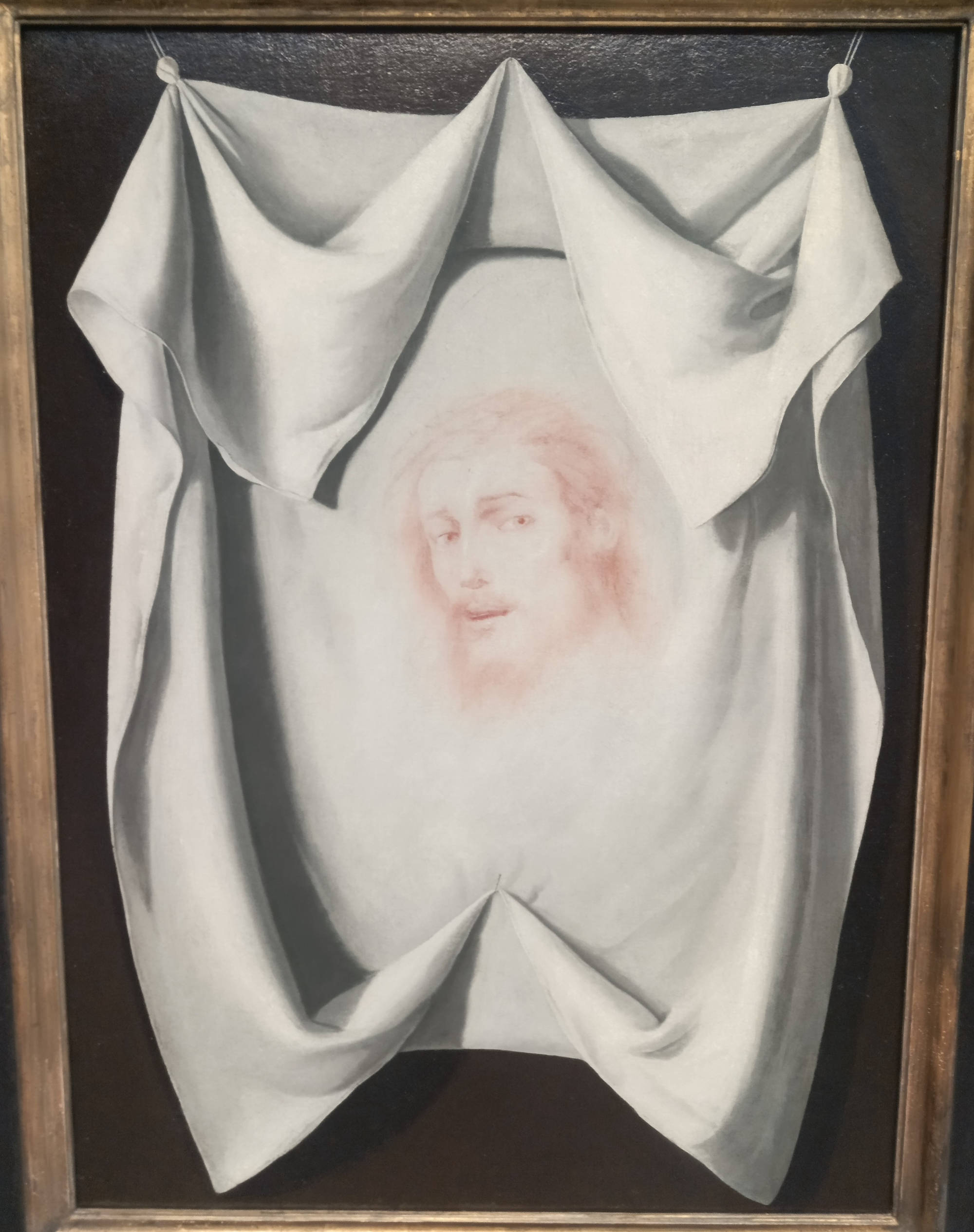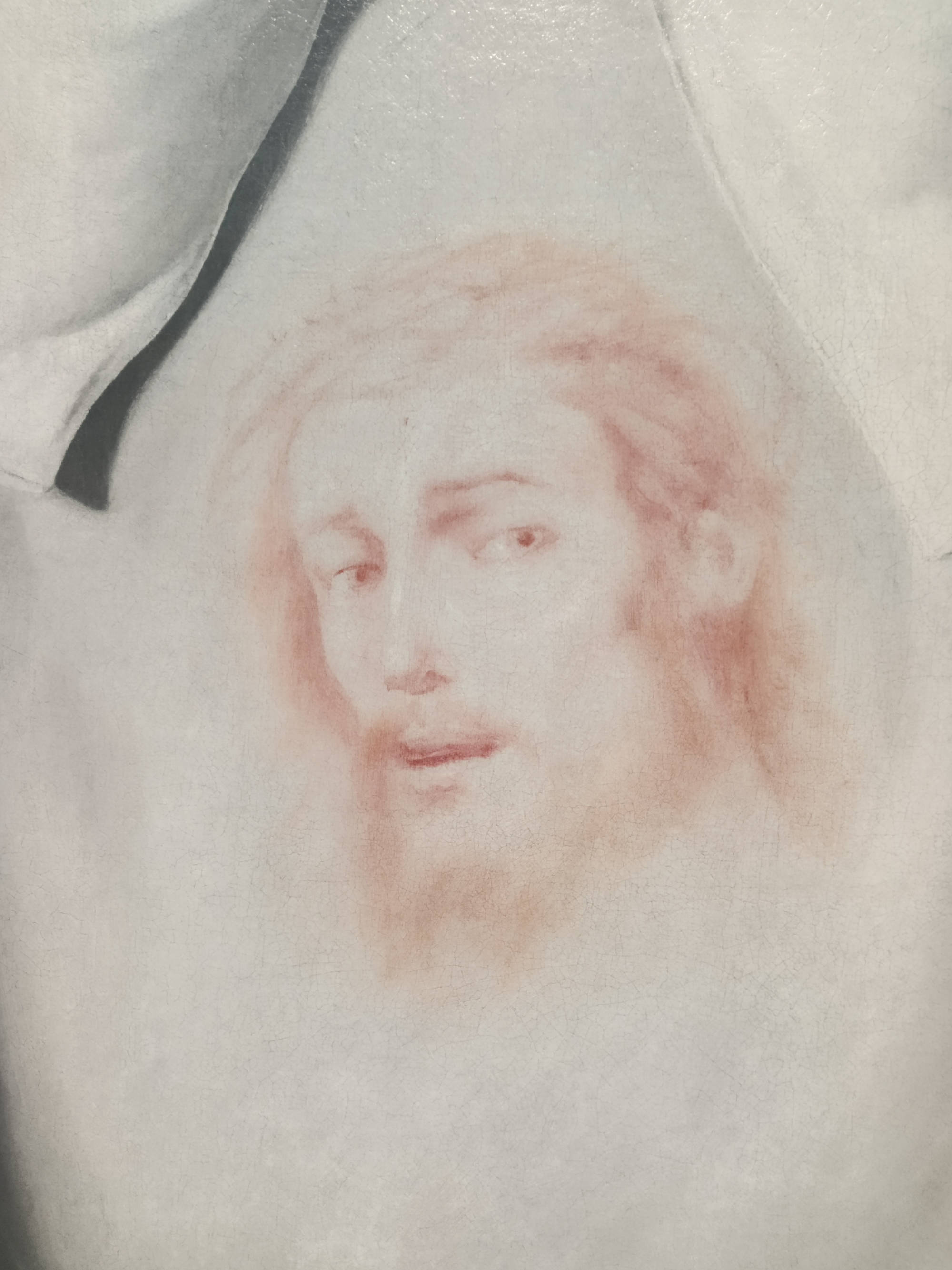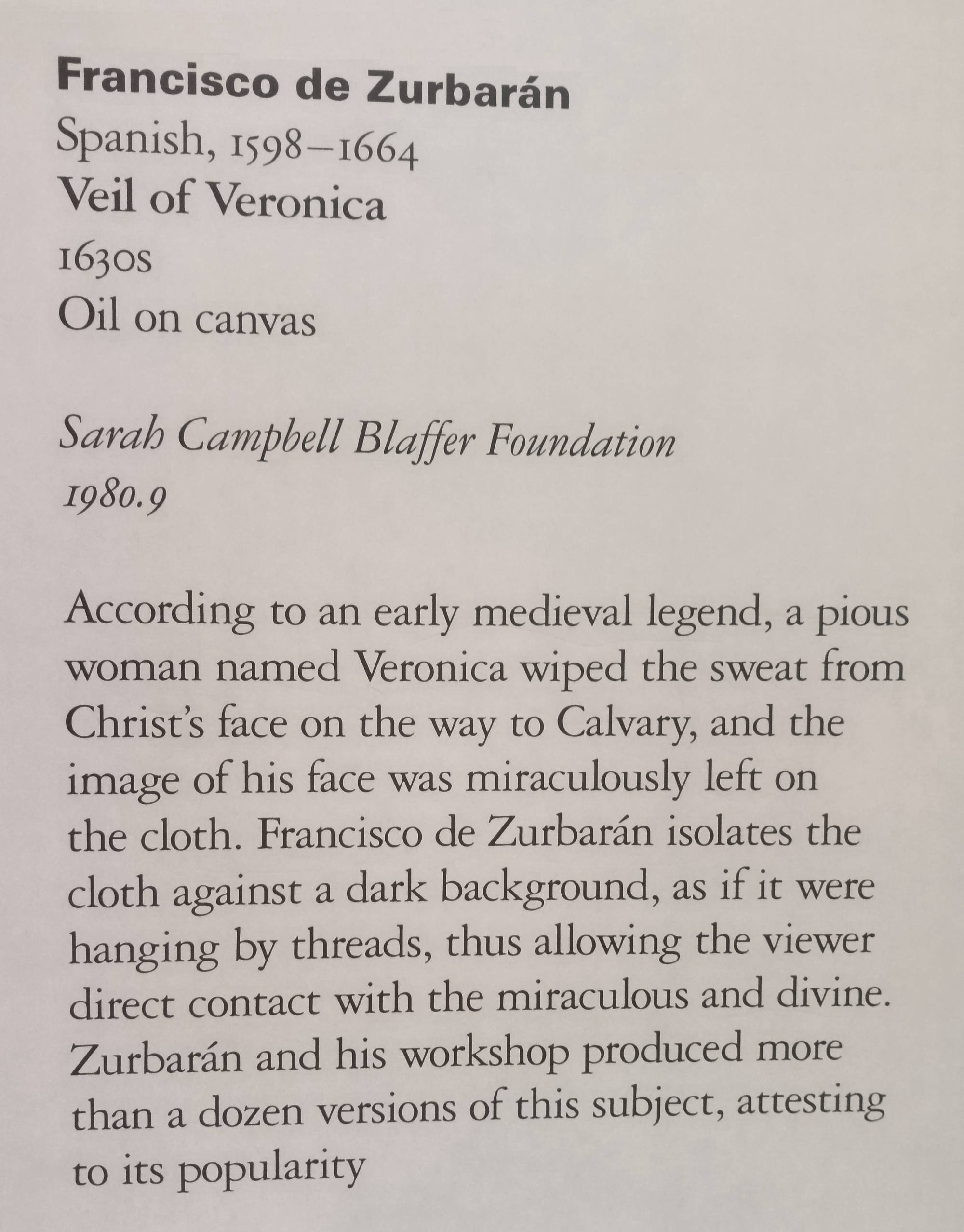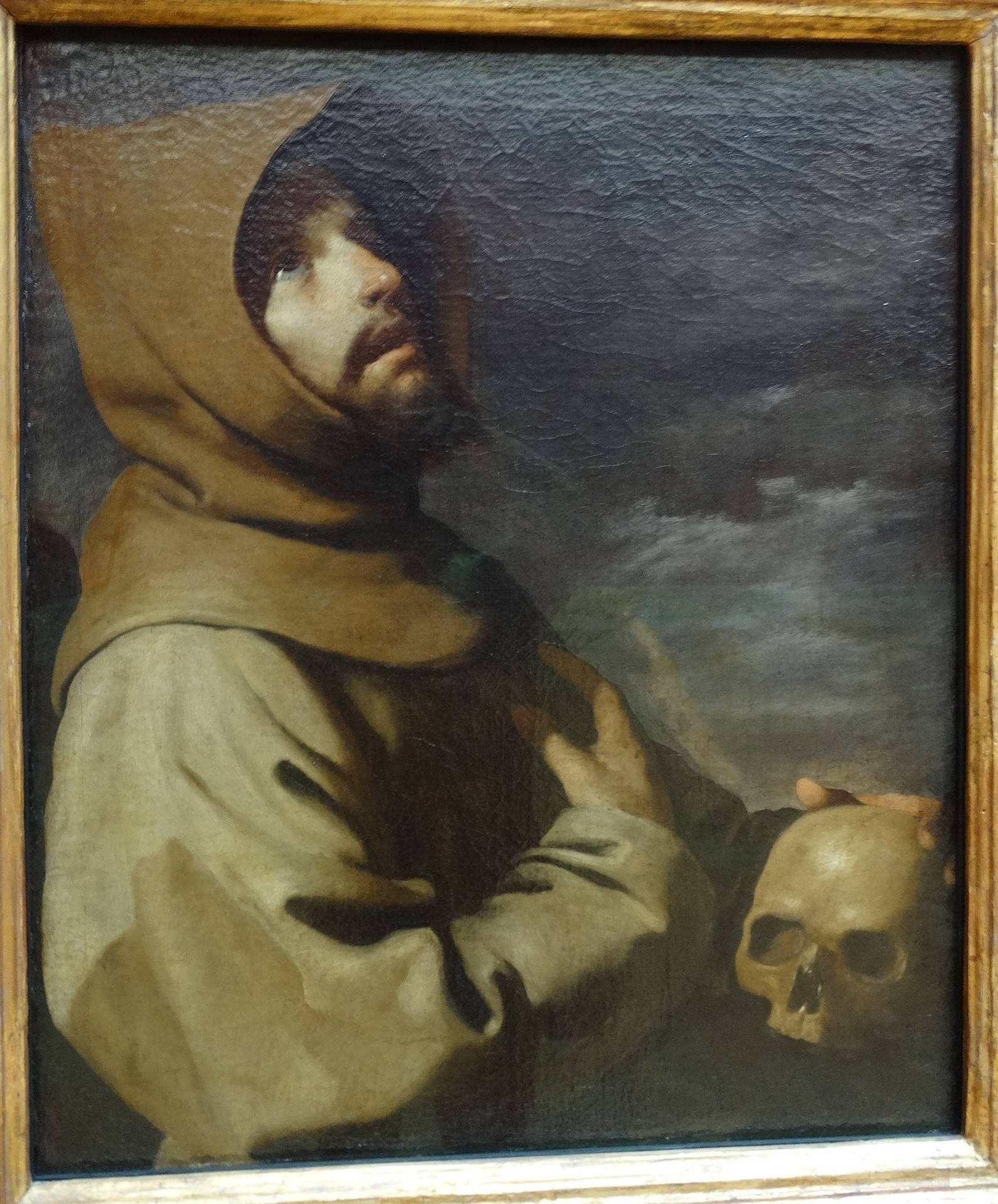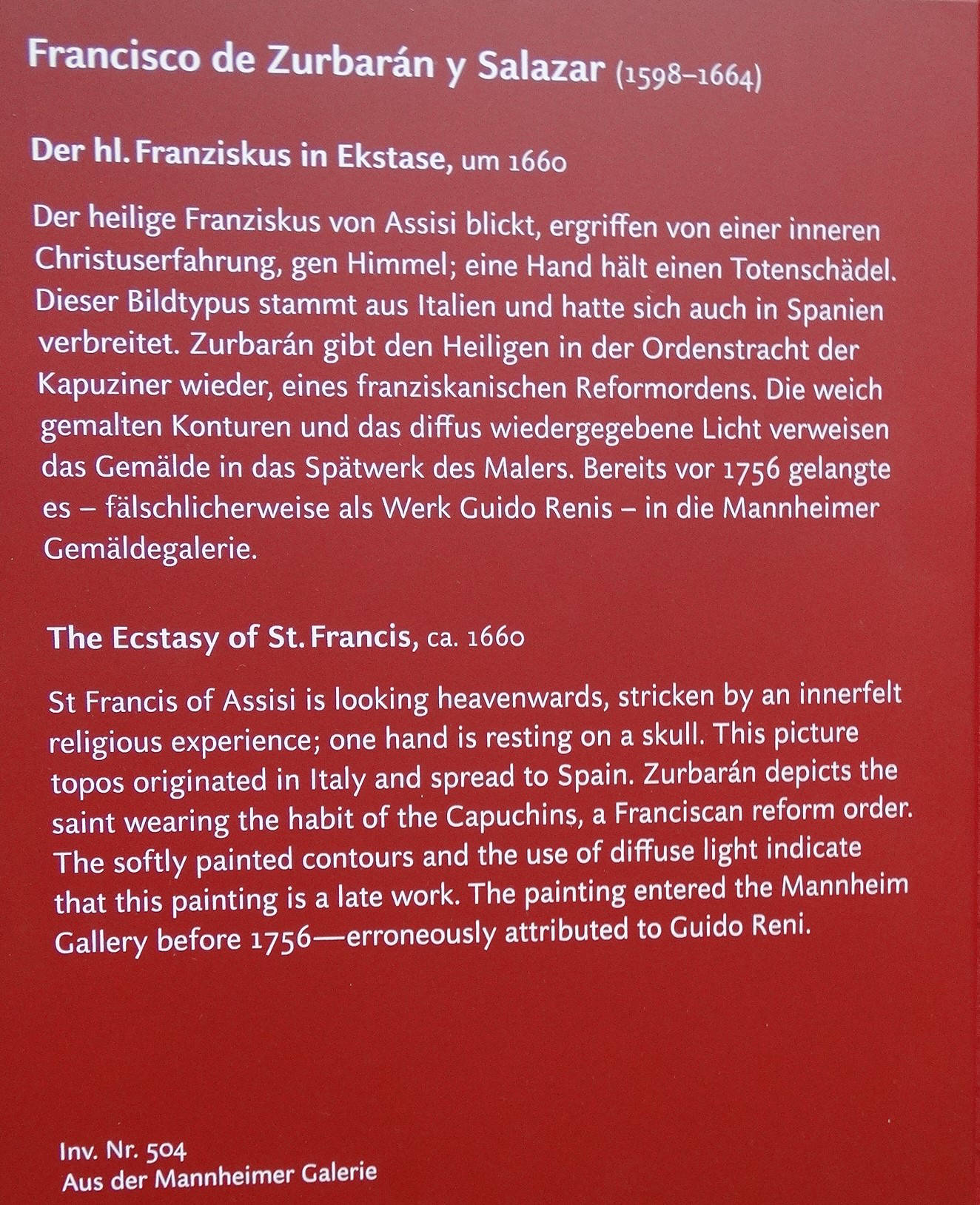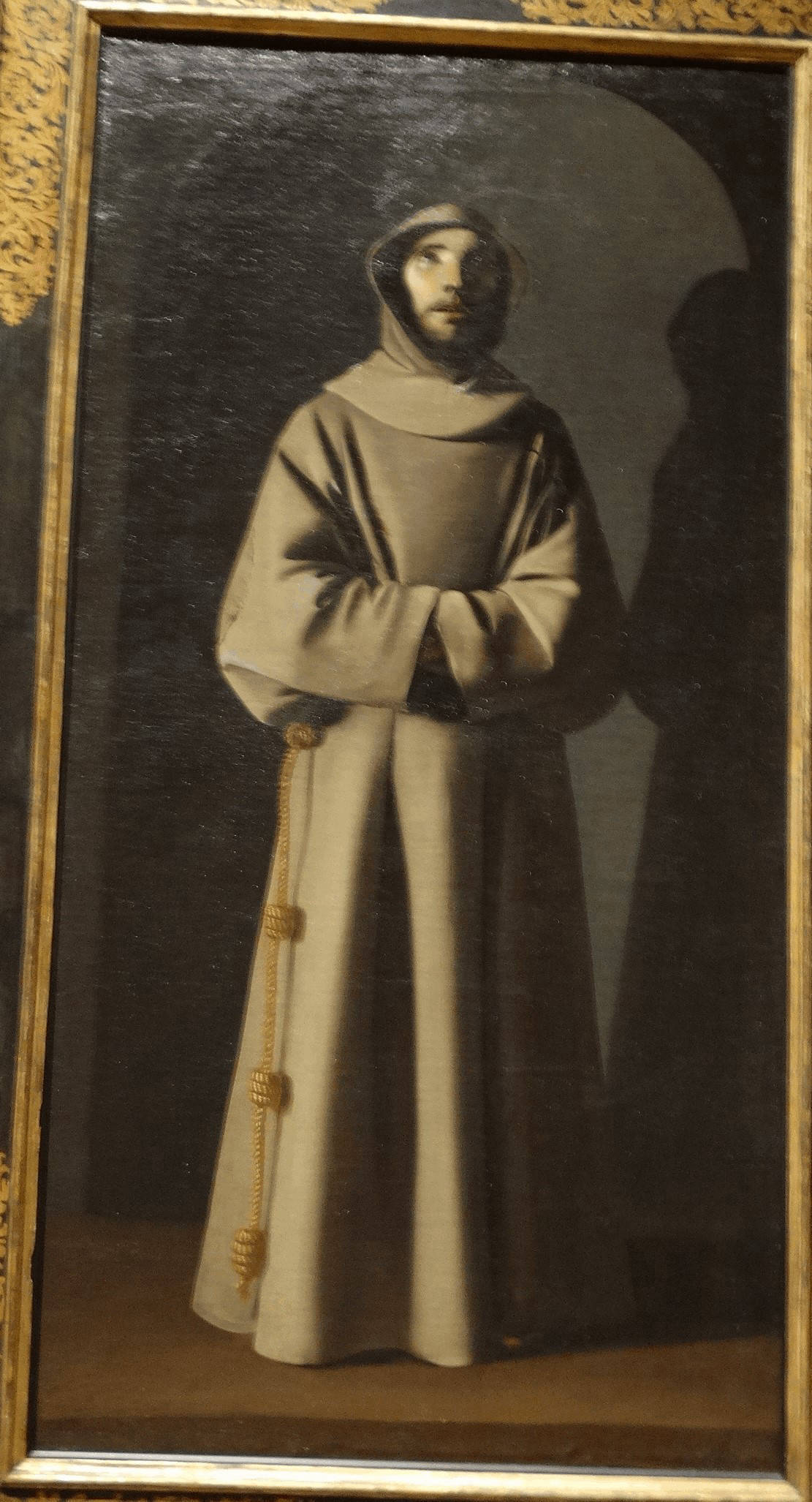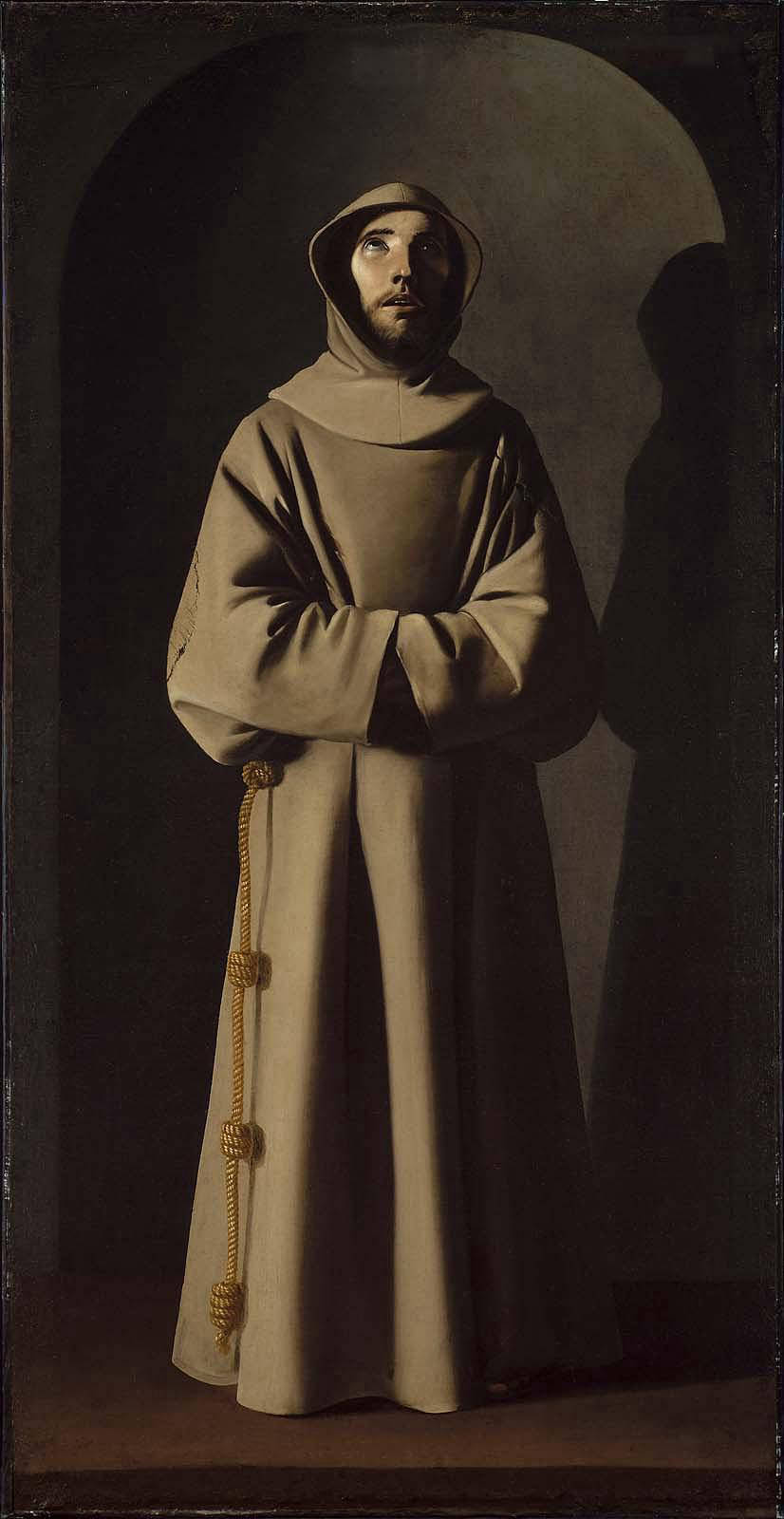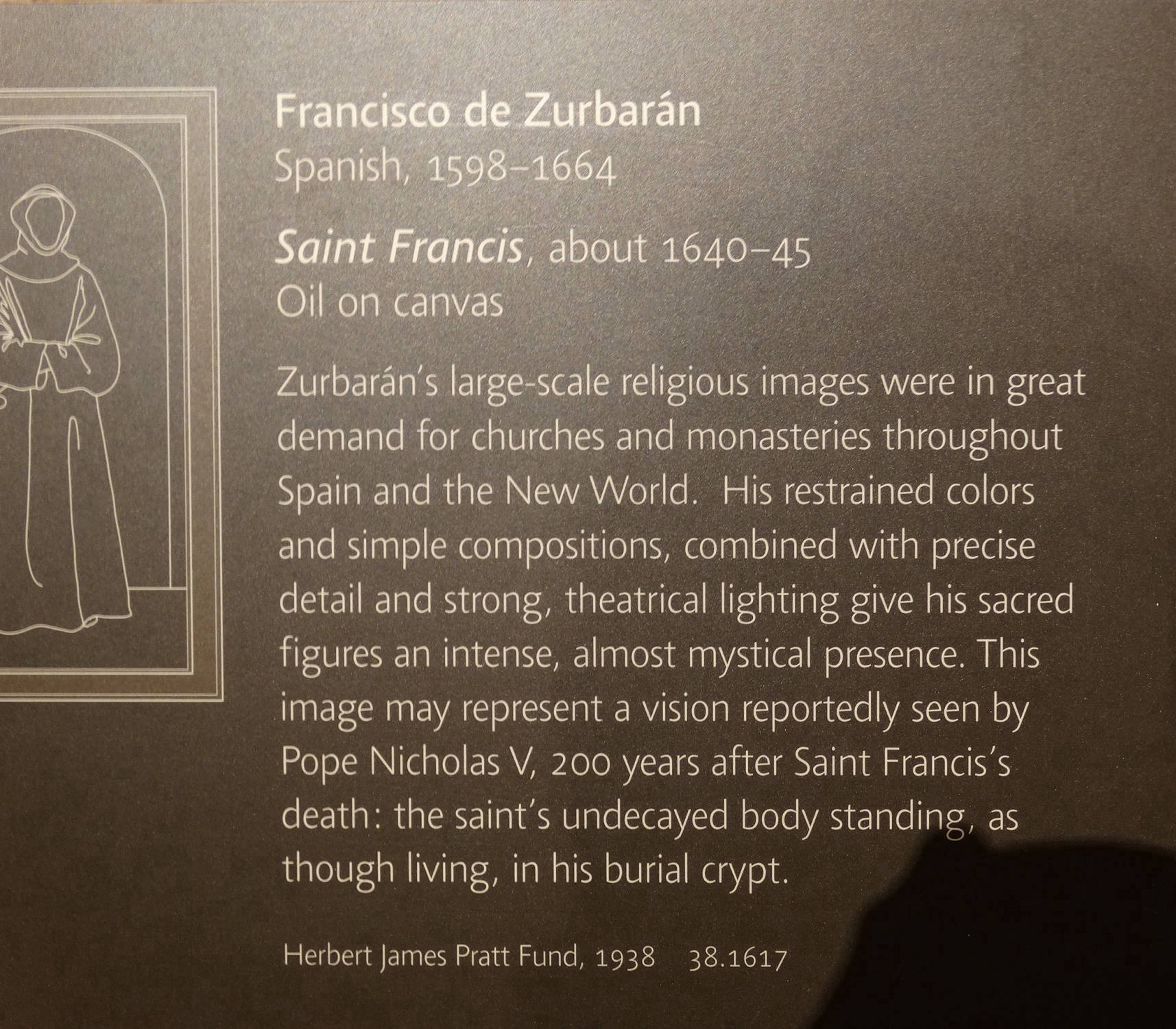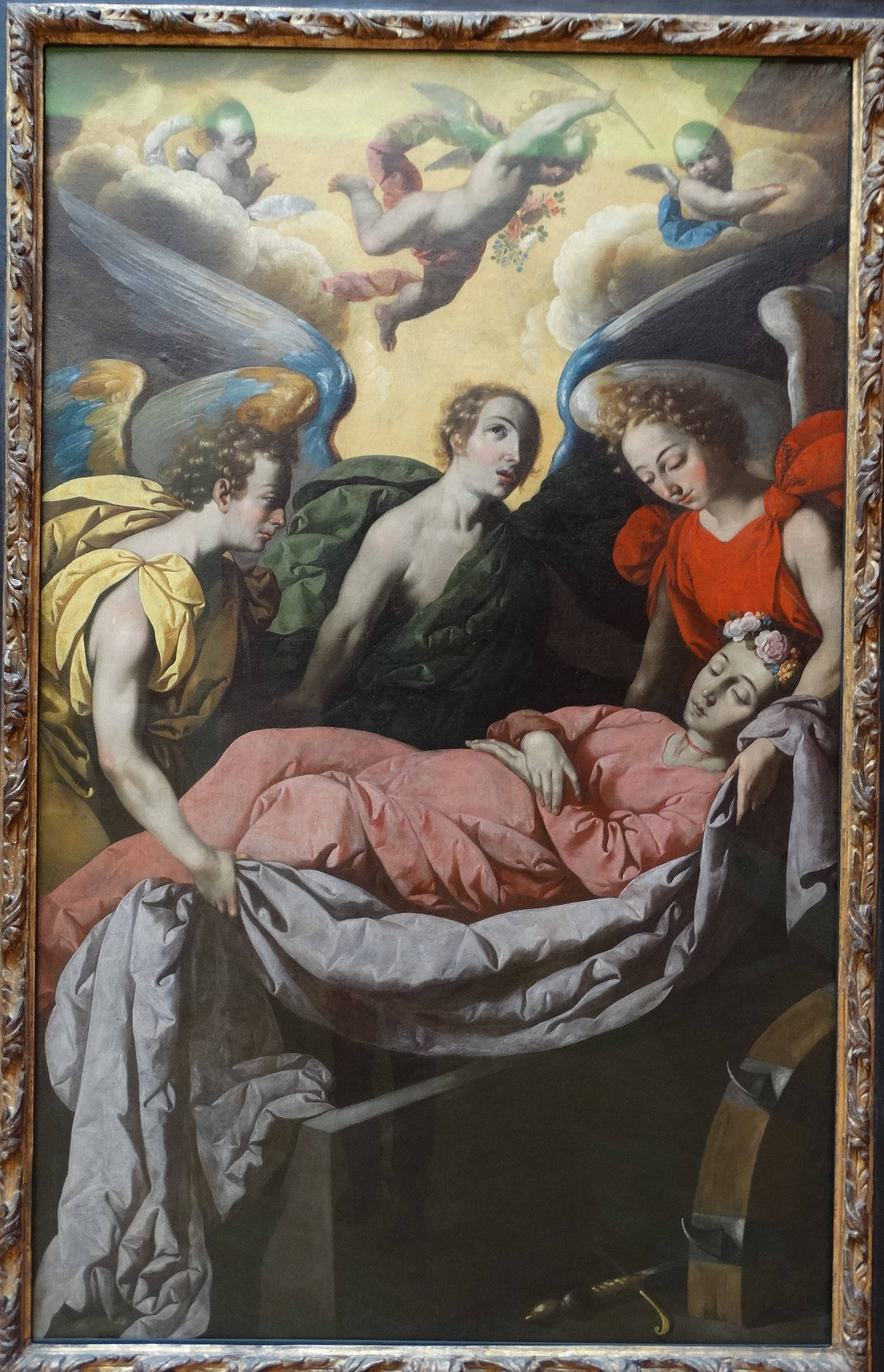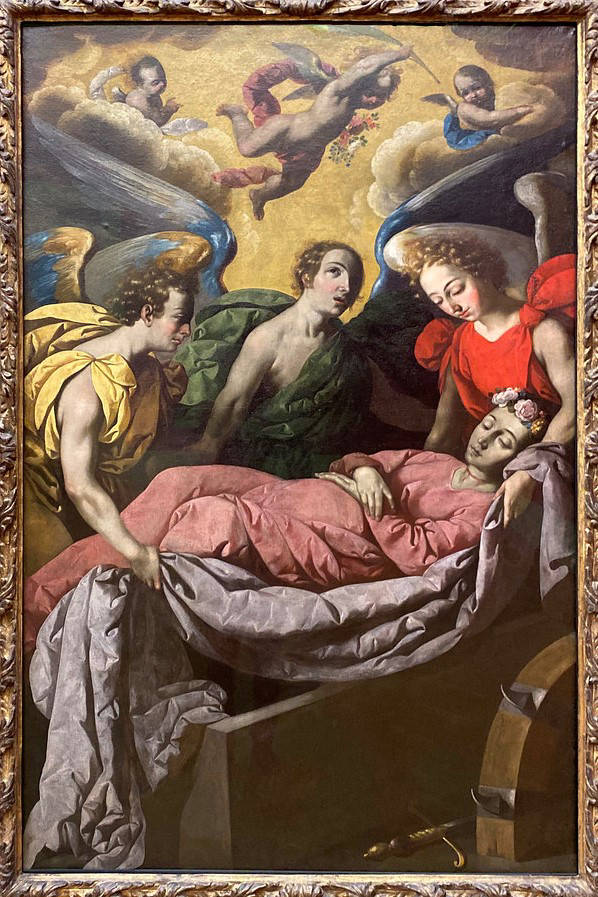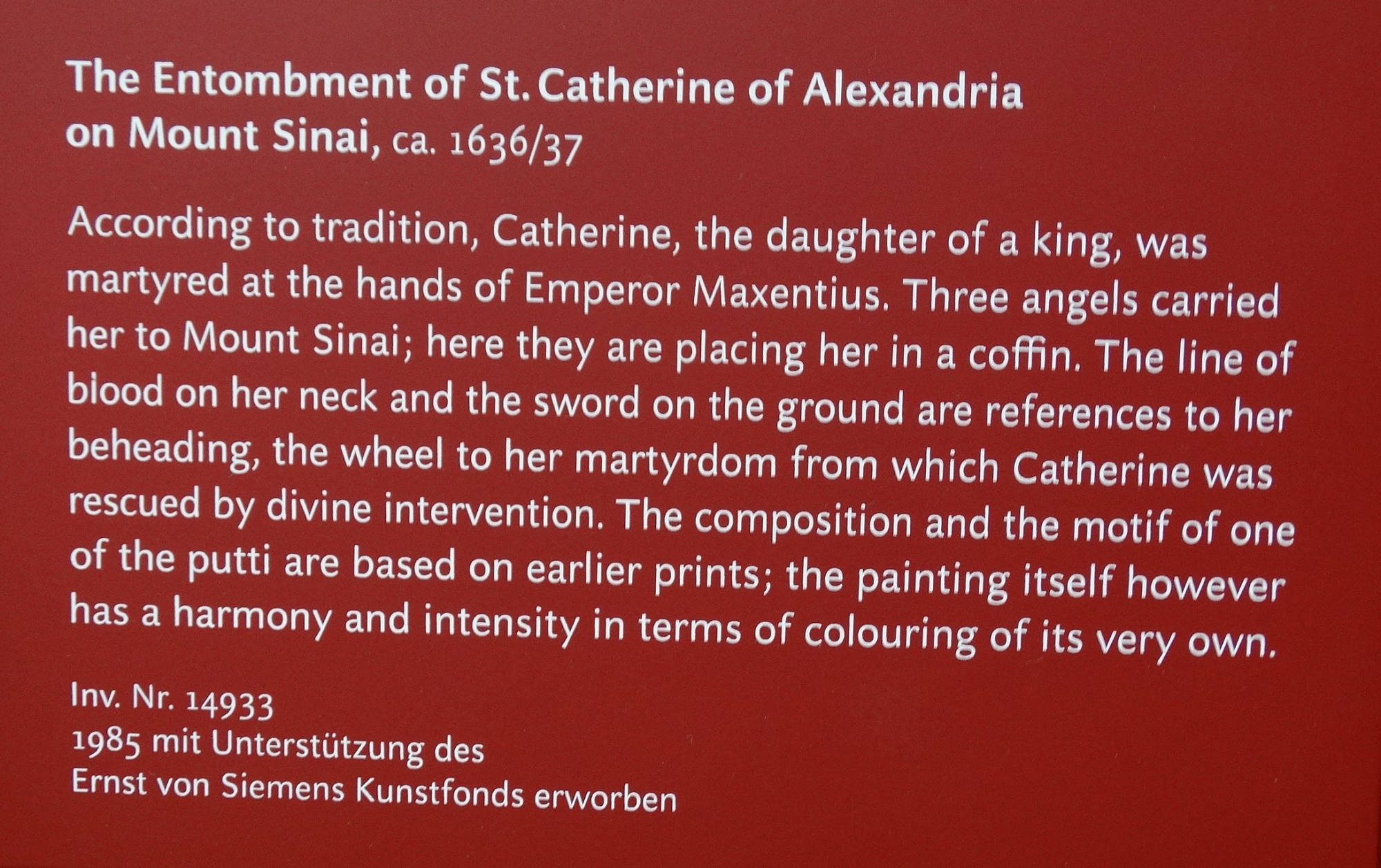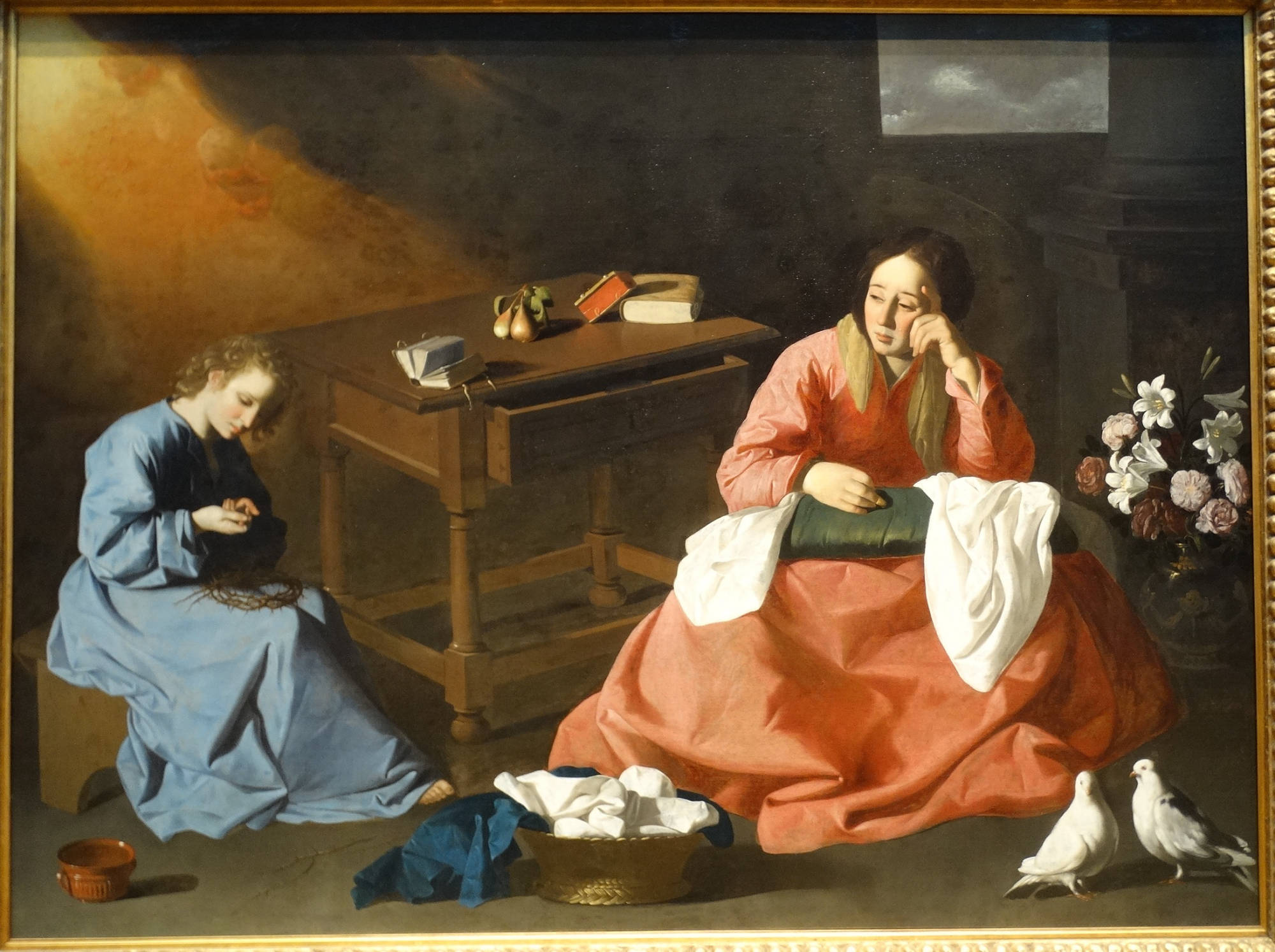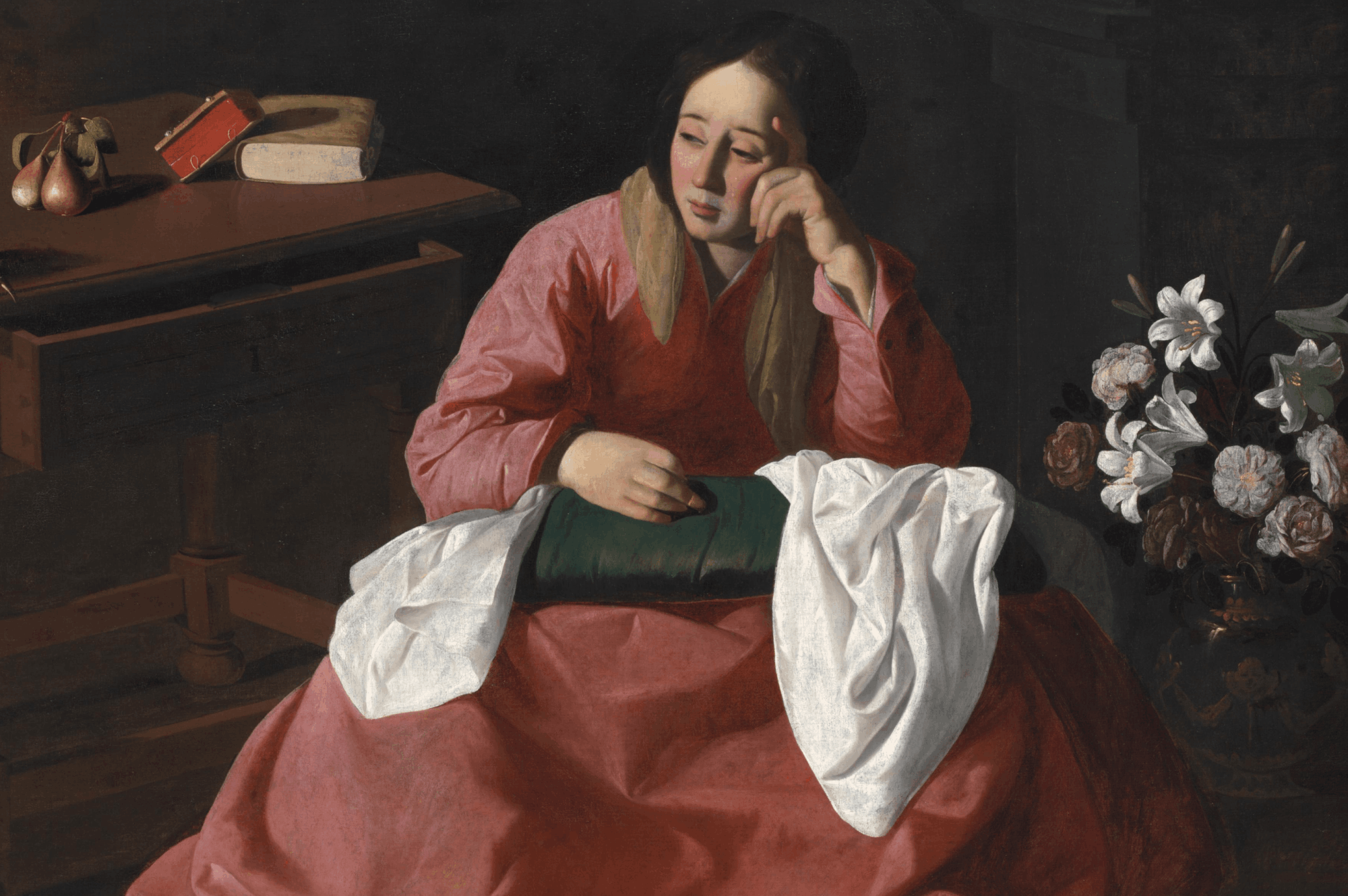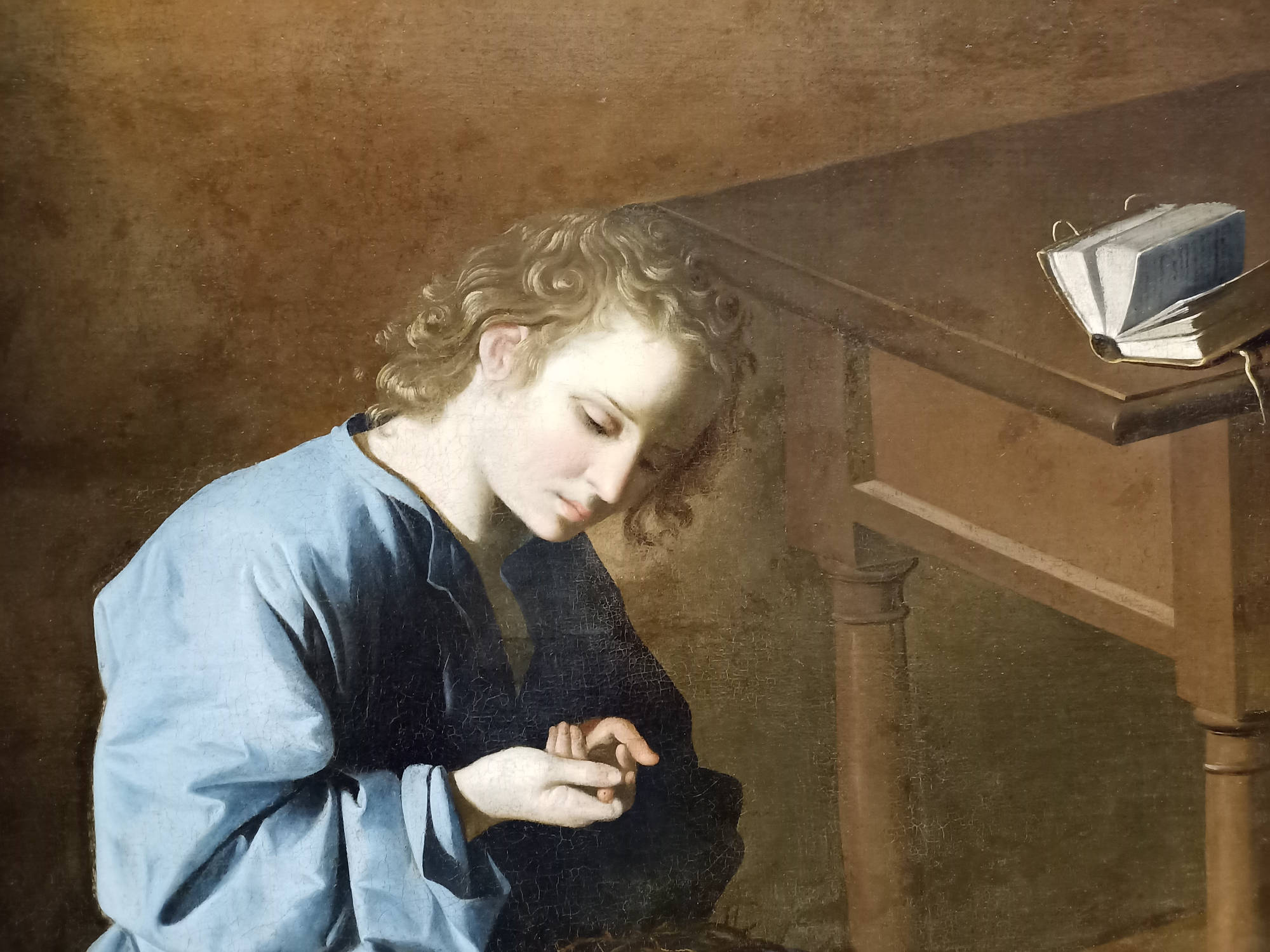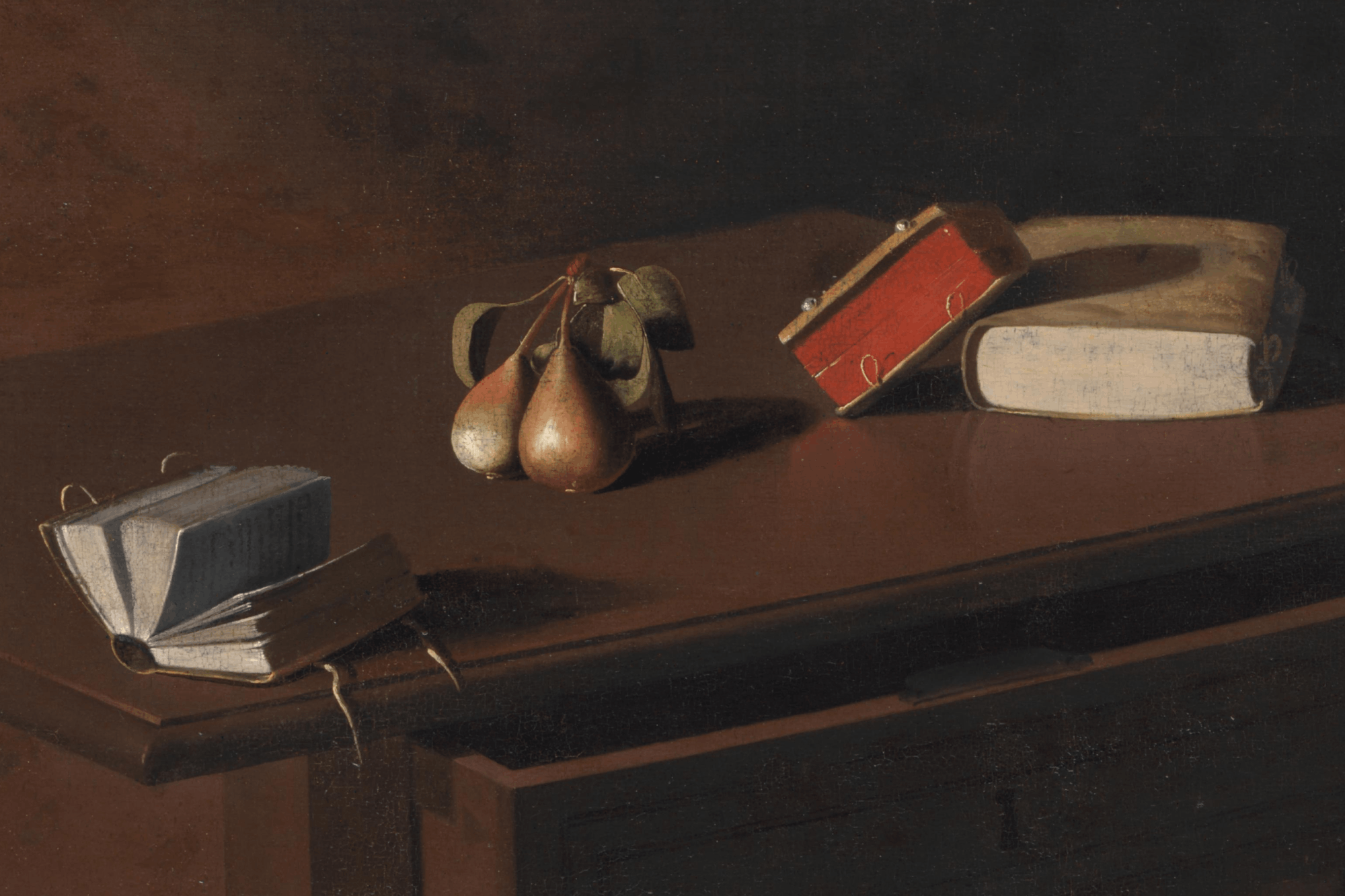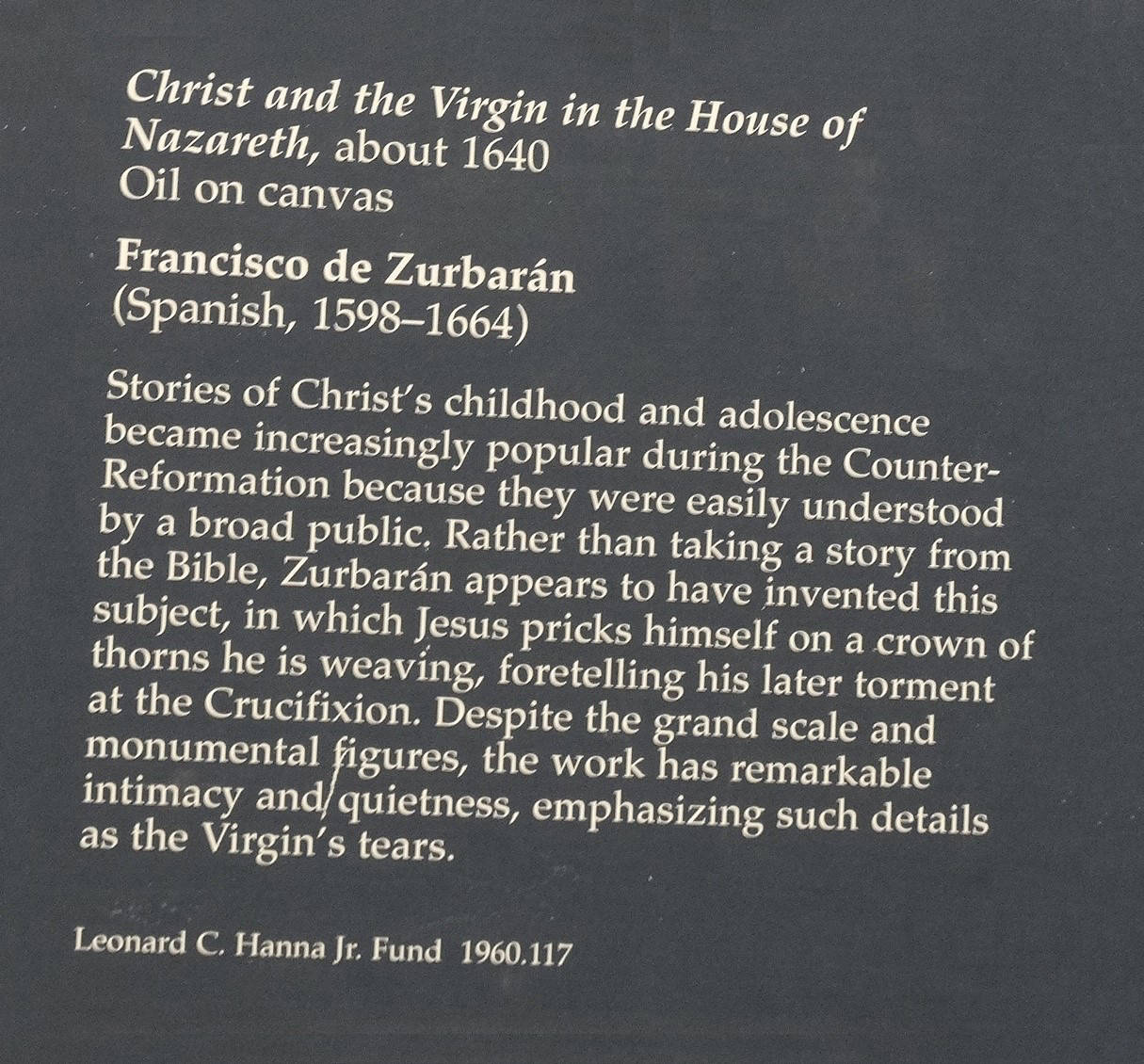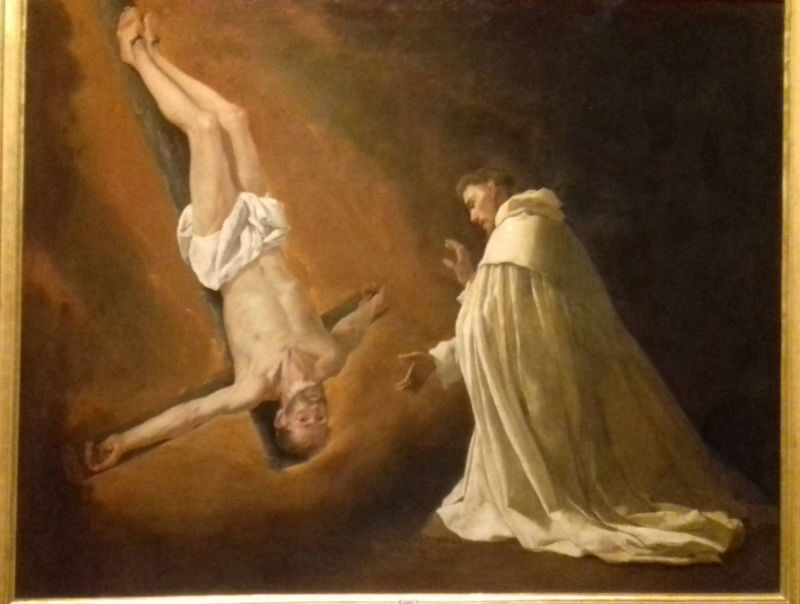 The apparition of Saint Peter to saint Peter Nolasco (1629)
The apparition of Saint Peter to saint Peter Nolasco (1629)
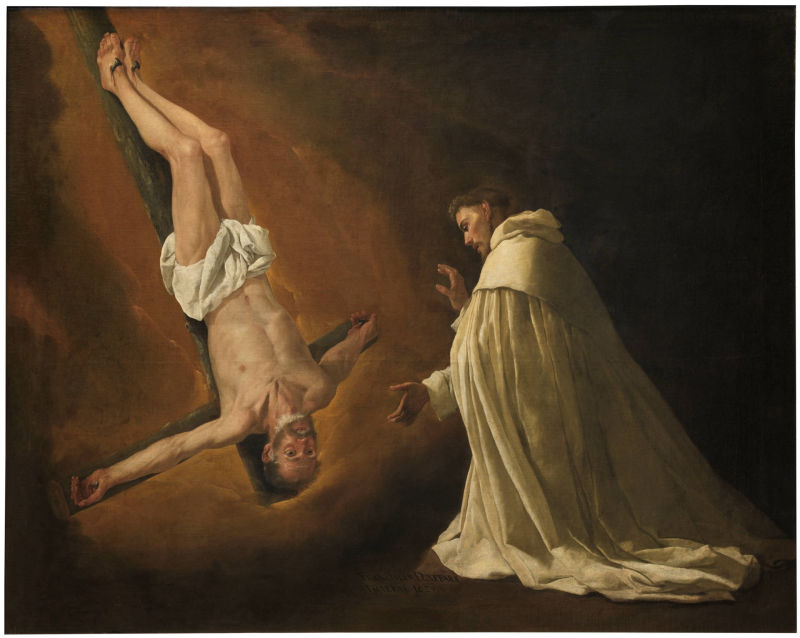 Original, El Prado-Madrid. Visited in 2018.
Original, El Prado-Madrid. Visited in 2018.
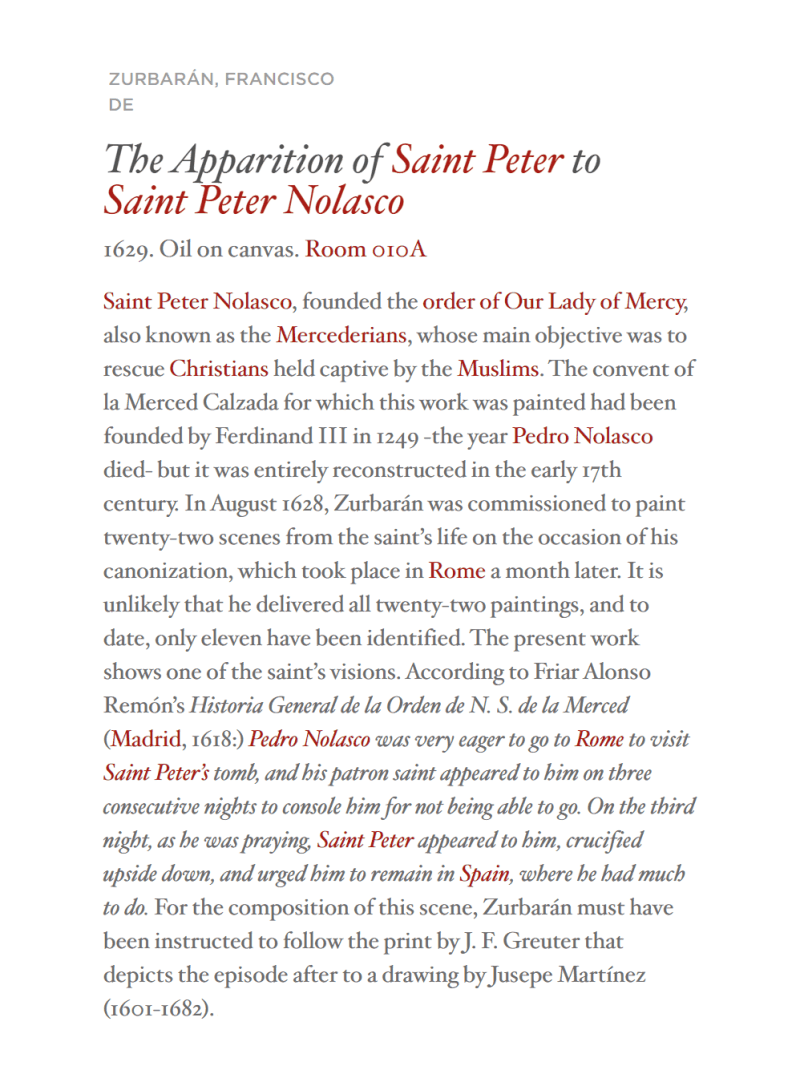 The apparition of Saint Peter to saint Peter Nolasco (1629)
The apparition of Saint Peter to saint Peter Nolasco (1629)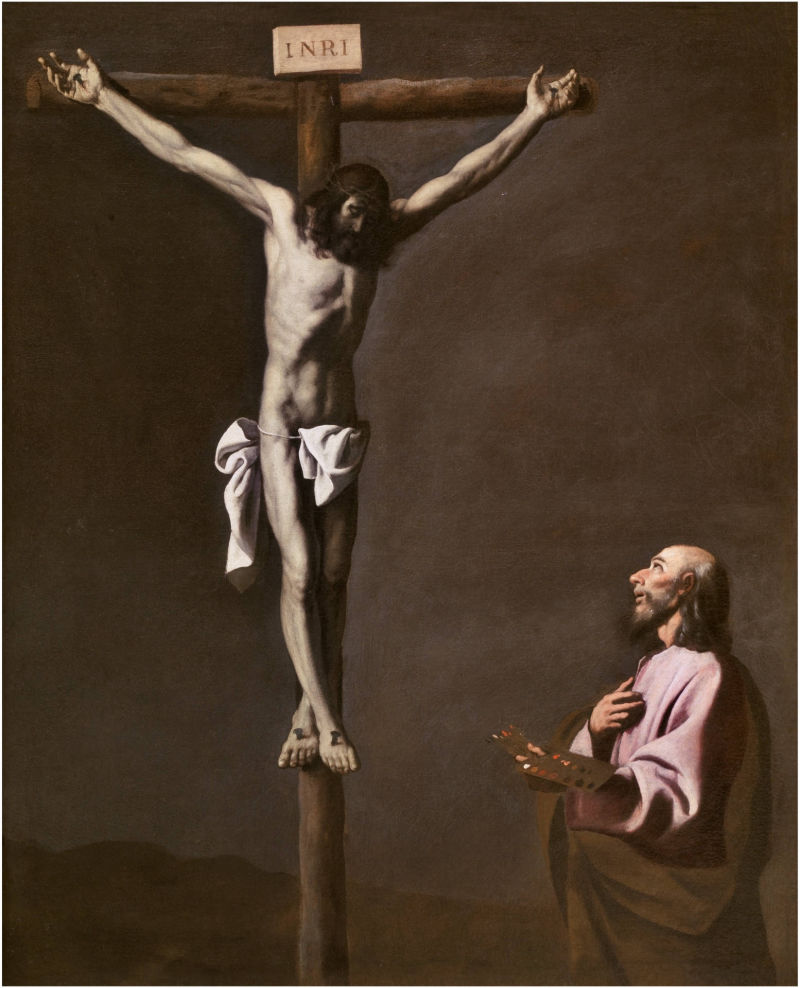 The Crucified Christ with a Painter, c. (1650)
The Crucified Christ with a Painter, c. (1650)
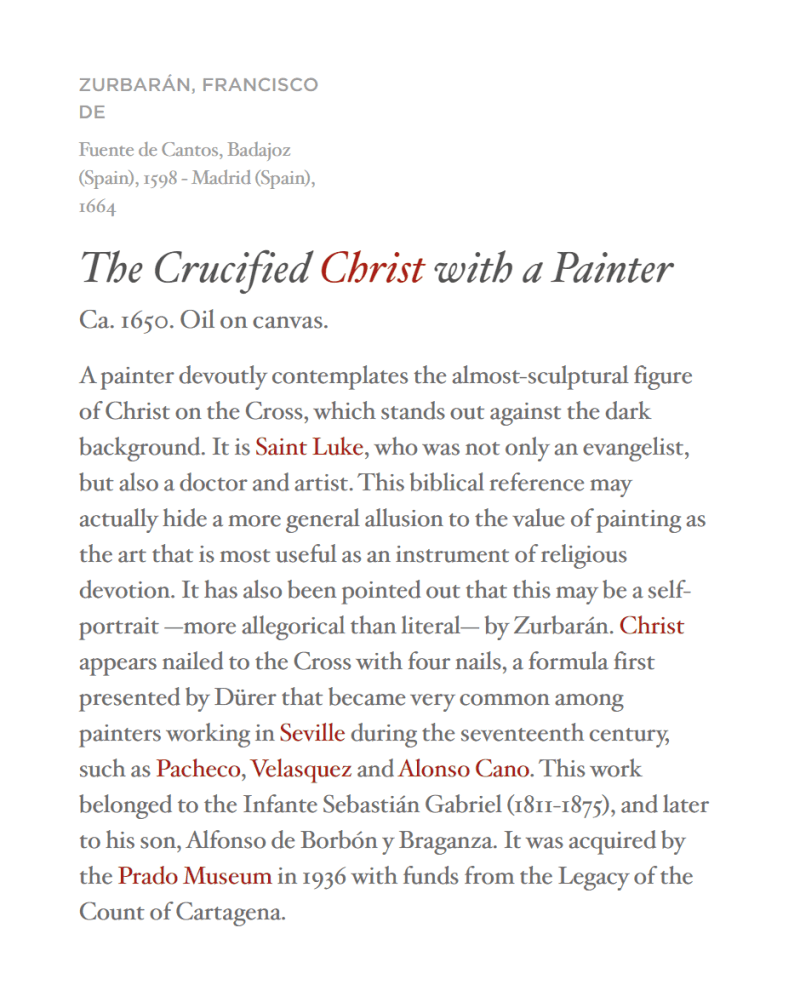 Original, El Prado-Madrid (2018)
Original, El Prado-Madrid (2018)
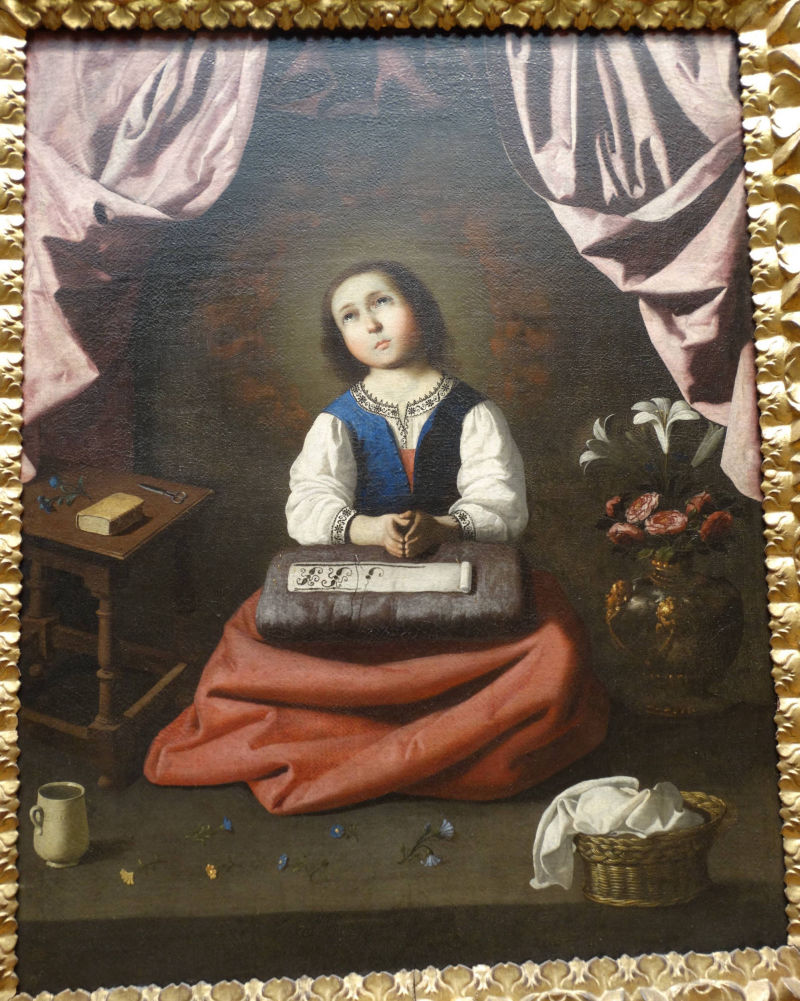 The Young Virgin, ca.(1632-33)
The Young Virgin, ca.(1632-33)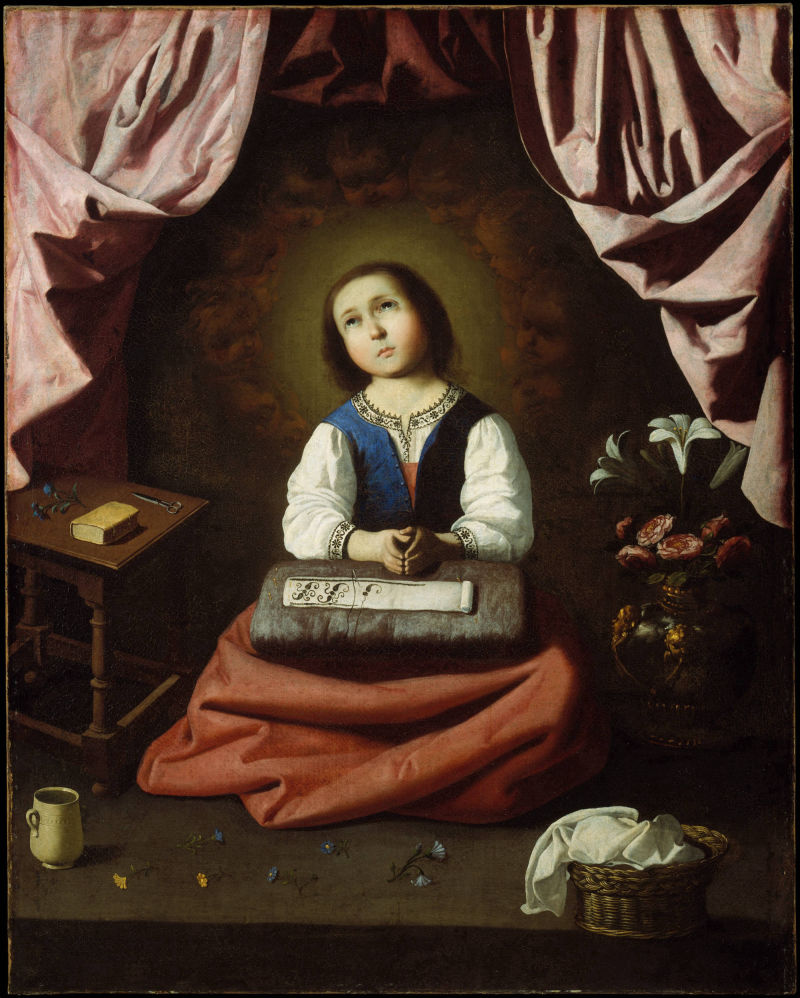 Original, MET-NY. Visited in 2017-2021.
Original, MET-NY. Visited in 2017-2021.
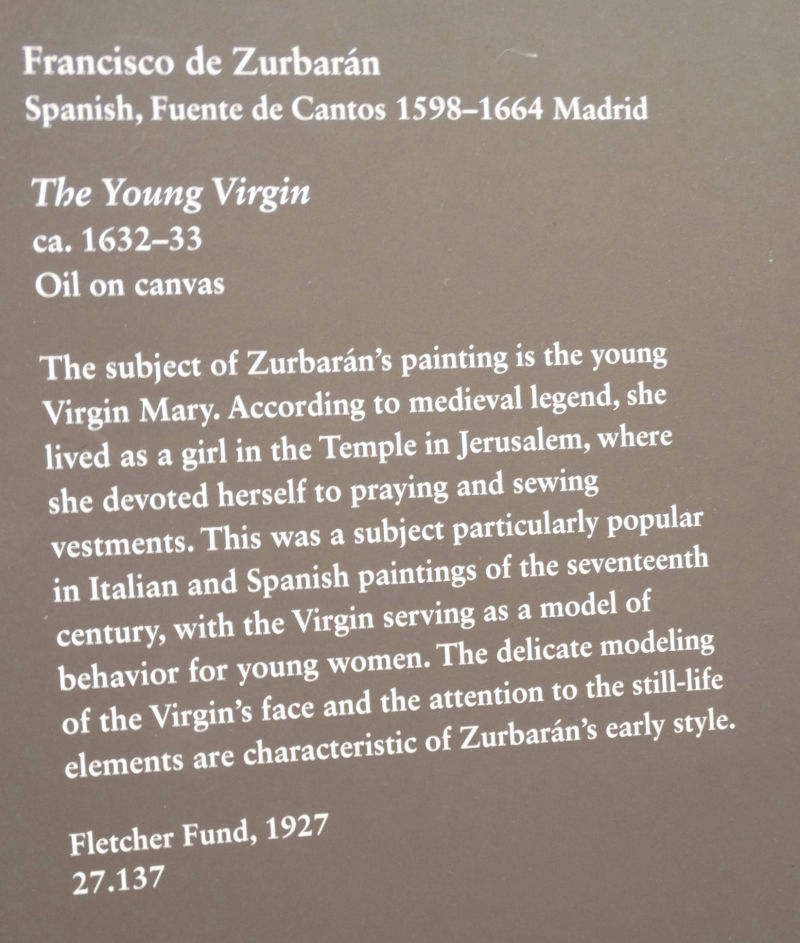 The Young Virgin, ca.(1632-33)
The Young Virgin, ca.(1632-33)
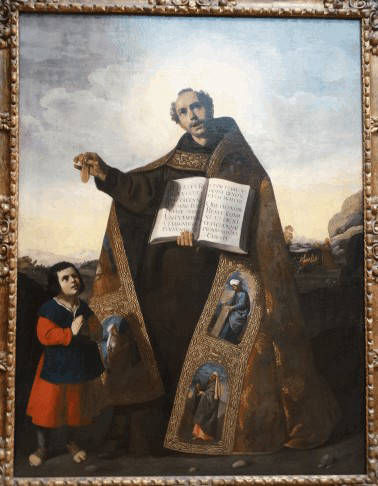 Original, MET-NY (2017)
Original, MET-NY (2017)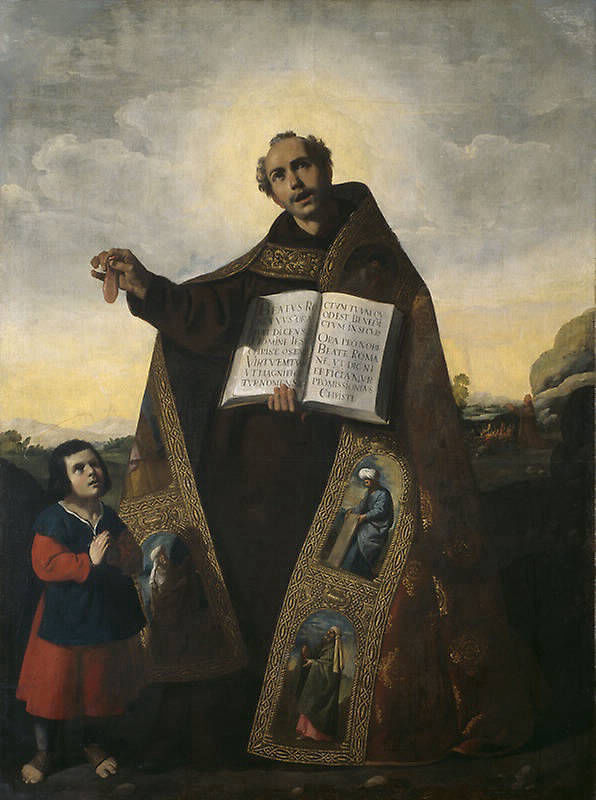 The Young Virgin, ca.(1632-33)
The Young Virgin, ca.(1632-33)
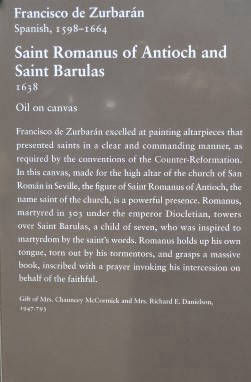 Saint Romanus of Antioch and Saint Barulas (1638)
Saint Romanus of Antioch and Saint Barulas (1638)
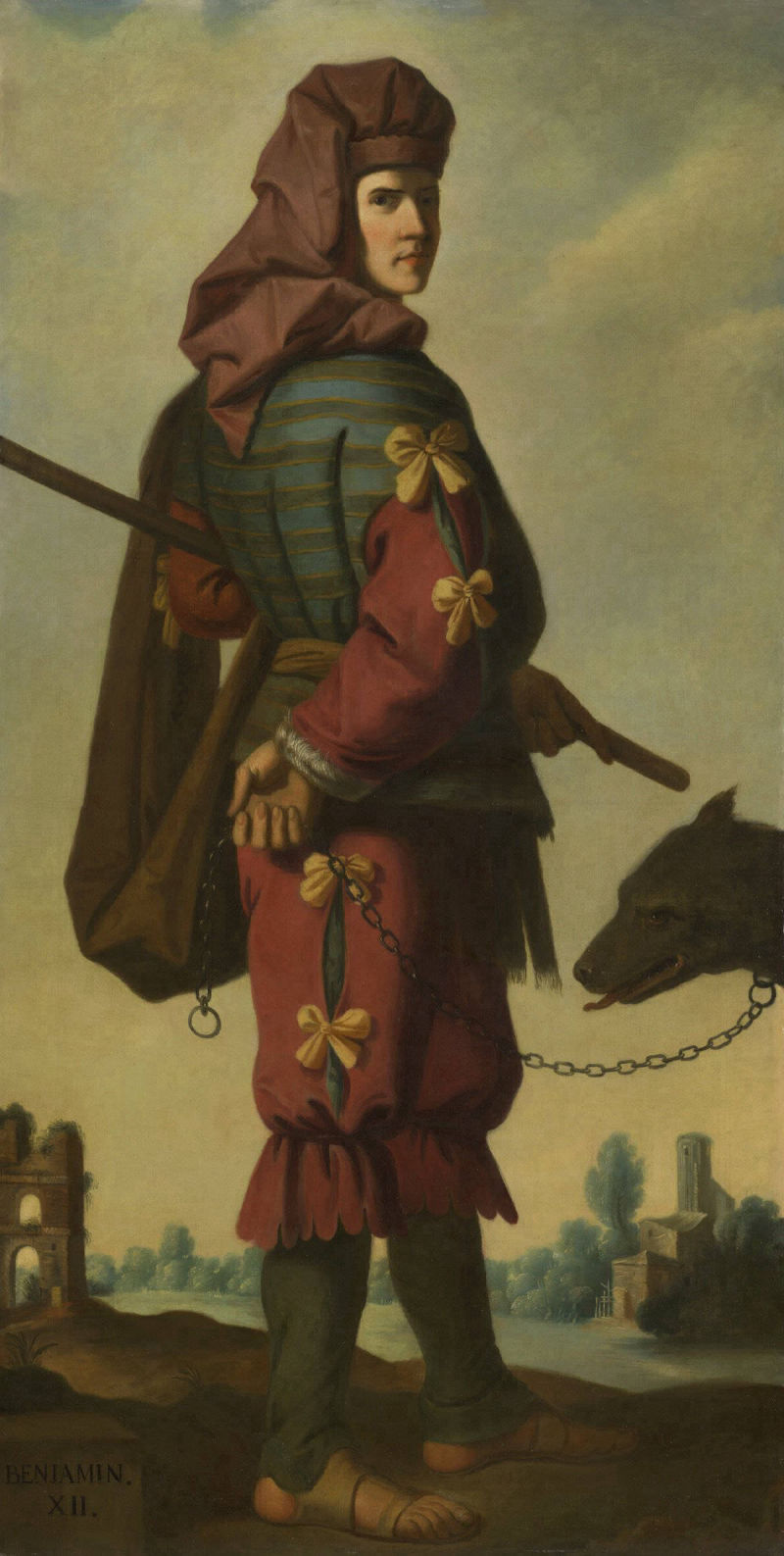 Jacob and His Twelve Sons: XII.Benjamin (1640-45)
Jacob and His Twelve Sons: XII.Benjamin (1640-45)
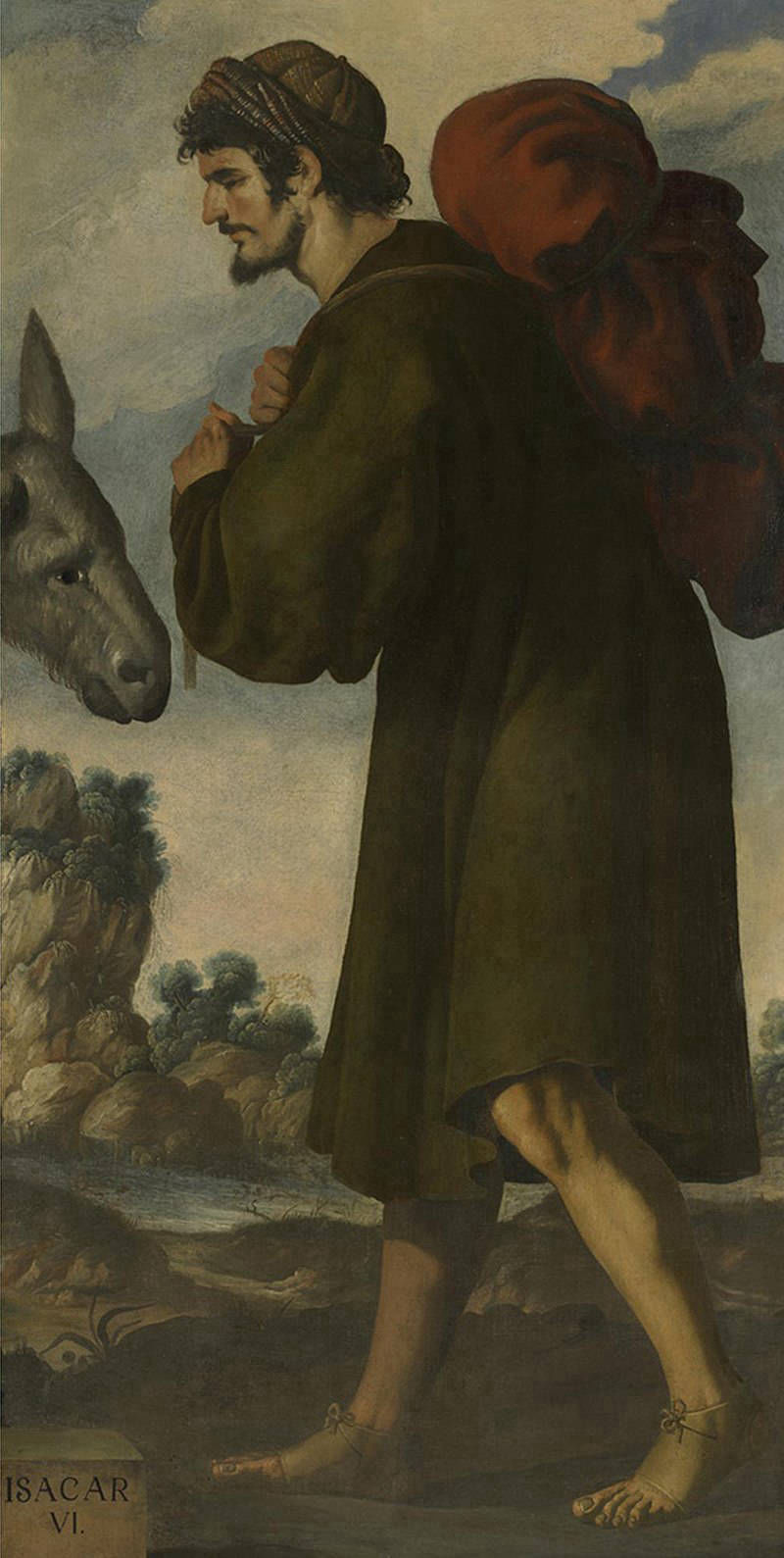 Jacob and His Twelve Sons: VI.Issachar (1640-45)
Jacob and His Twelve Sons: VI.Issachar (1640-45)
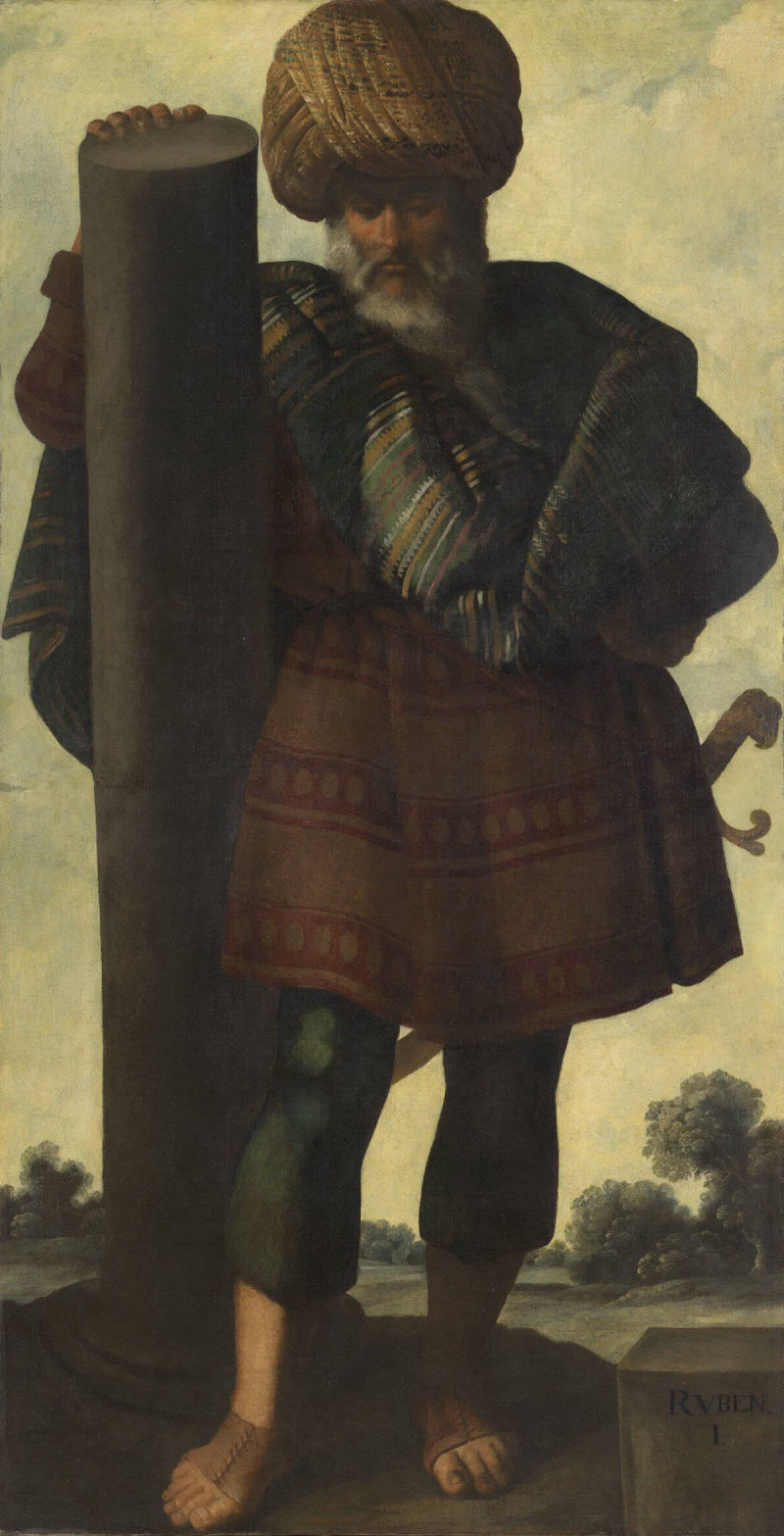 Jacob and His Twelve Sons: I. Rueben (1640-45)
Jacob and His Twelve Sons: I. Rueben (1640-45)
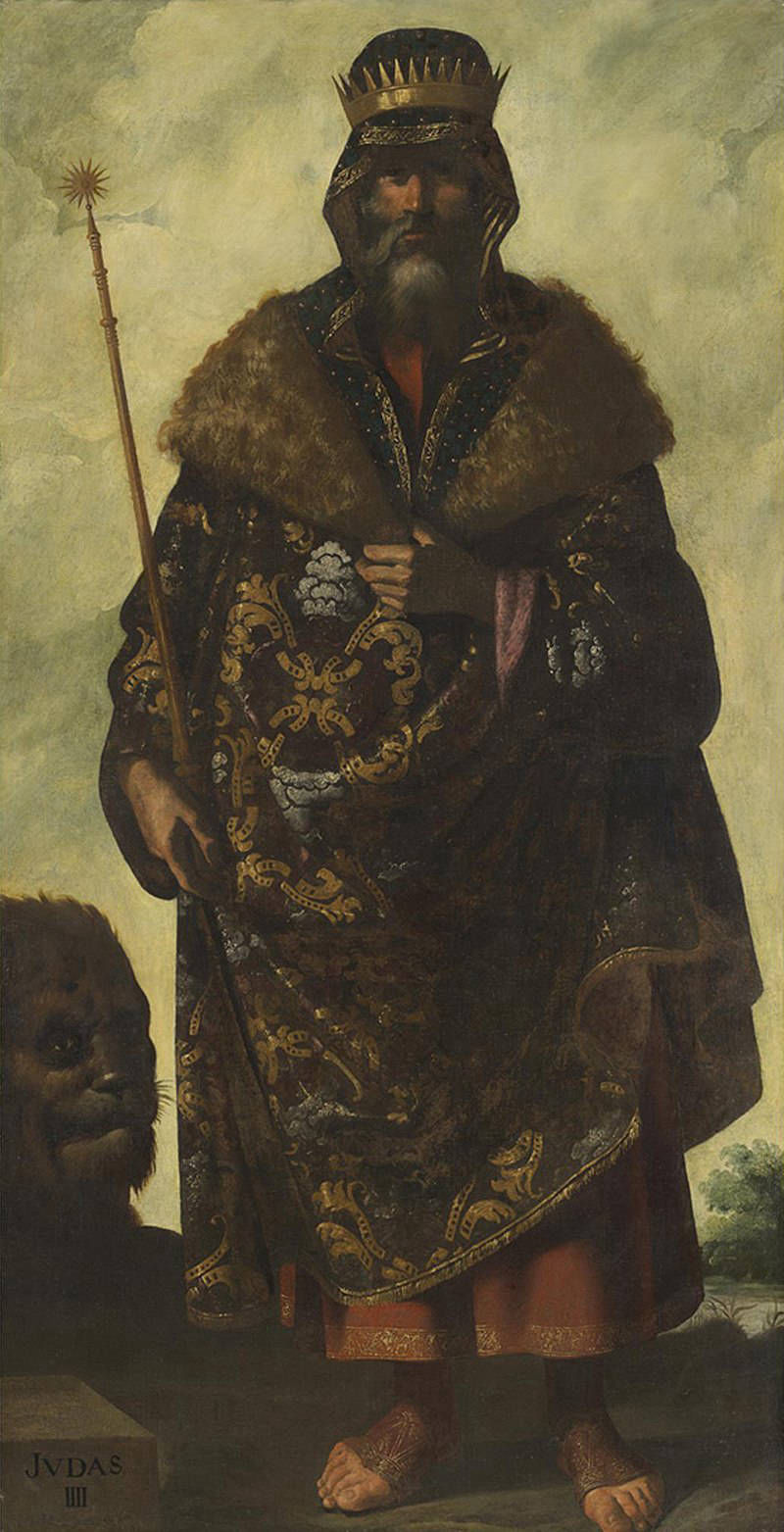 Jacob and His Twelve Sons: IIII.Judah (1640-45)
Jacob and His Twelve Sons: IIII.Judah (1640-45)
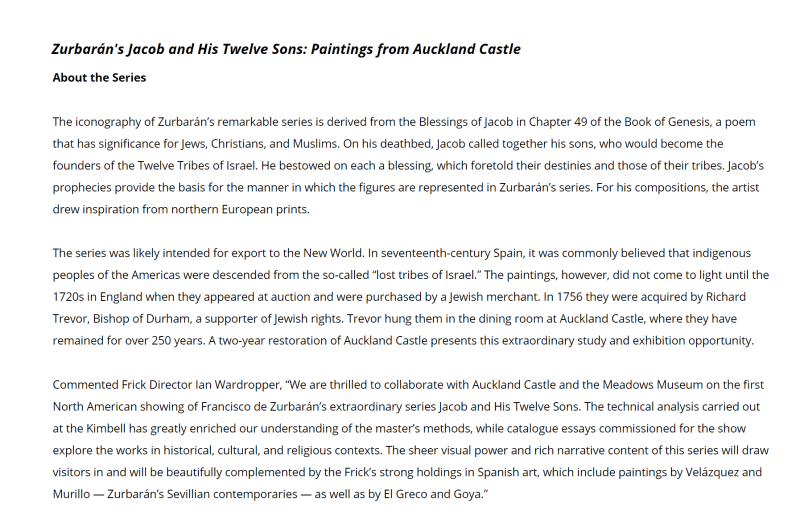 Original, Frick Collections. Visited in 2018.
Original, Frick Collections. Visited in 2018.
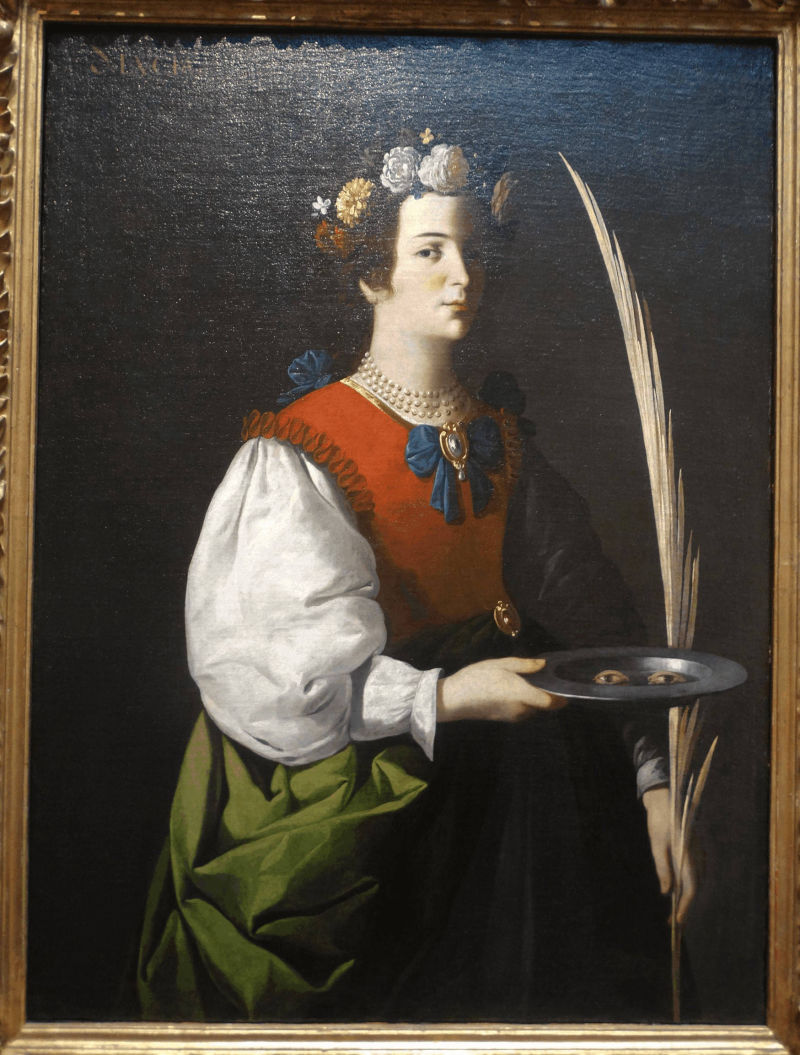 Saint Lucy, c. (1625-30)
Saint Lucy, c. (1625-30)
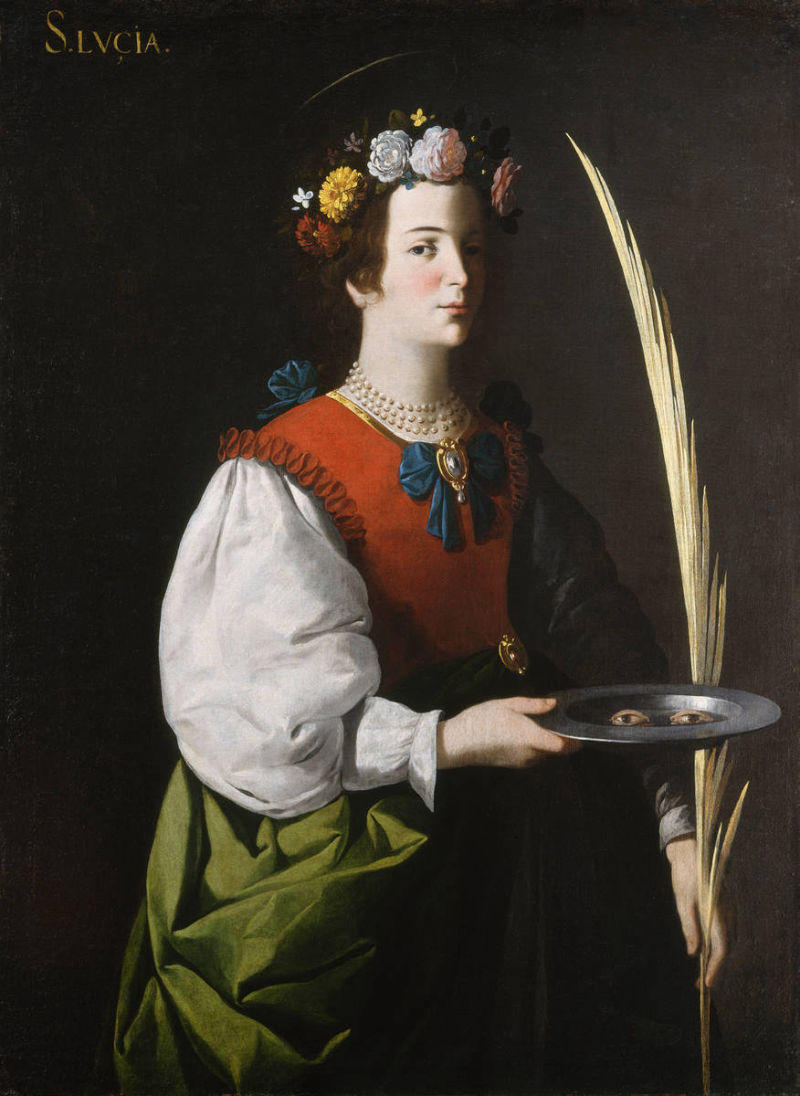 Original, NGA-DC (2018)
Original, NGA-DC (2018)
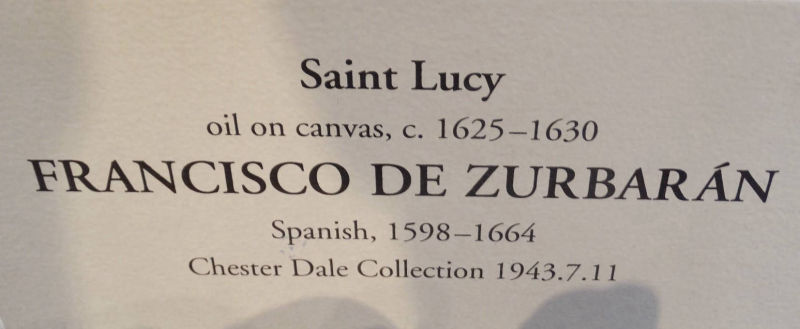 Saint Lucy, c. (1625-30)
Saint Lucy, c. (1625-30)
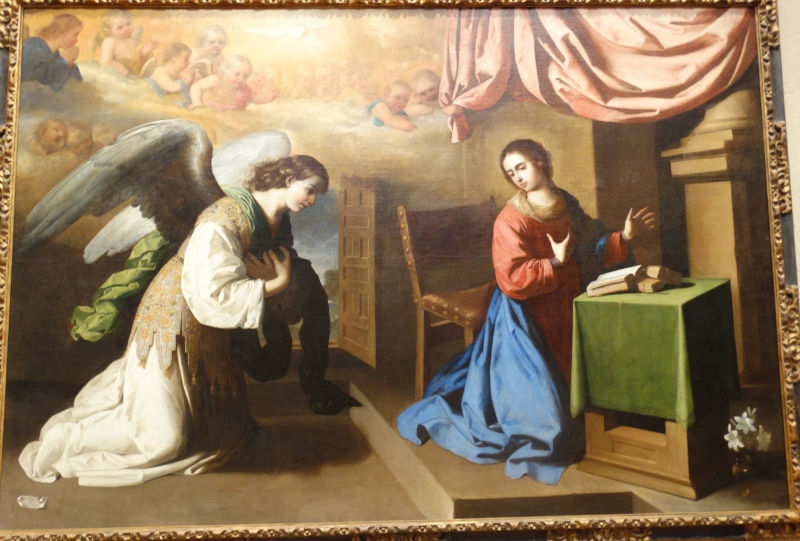 The Annunciation (1650)
The Annunciation (1650)
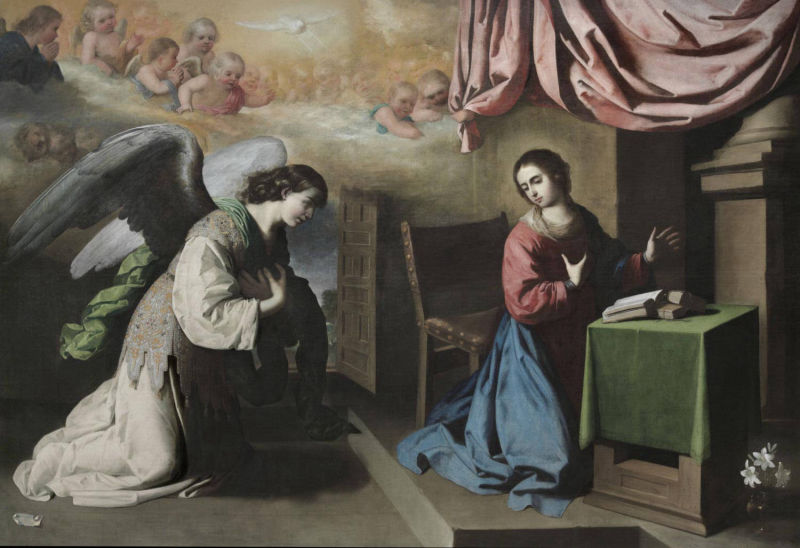 Original, Philadelphia Museum of Art
(2018)
Original, Philadelphia Museum of Art
(2018)
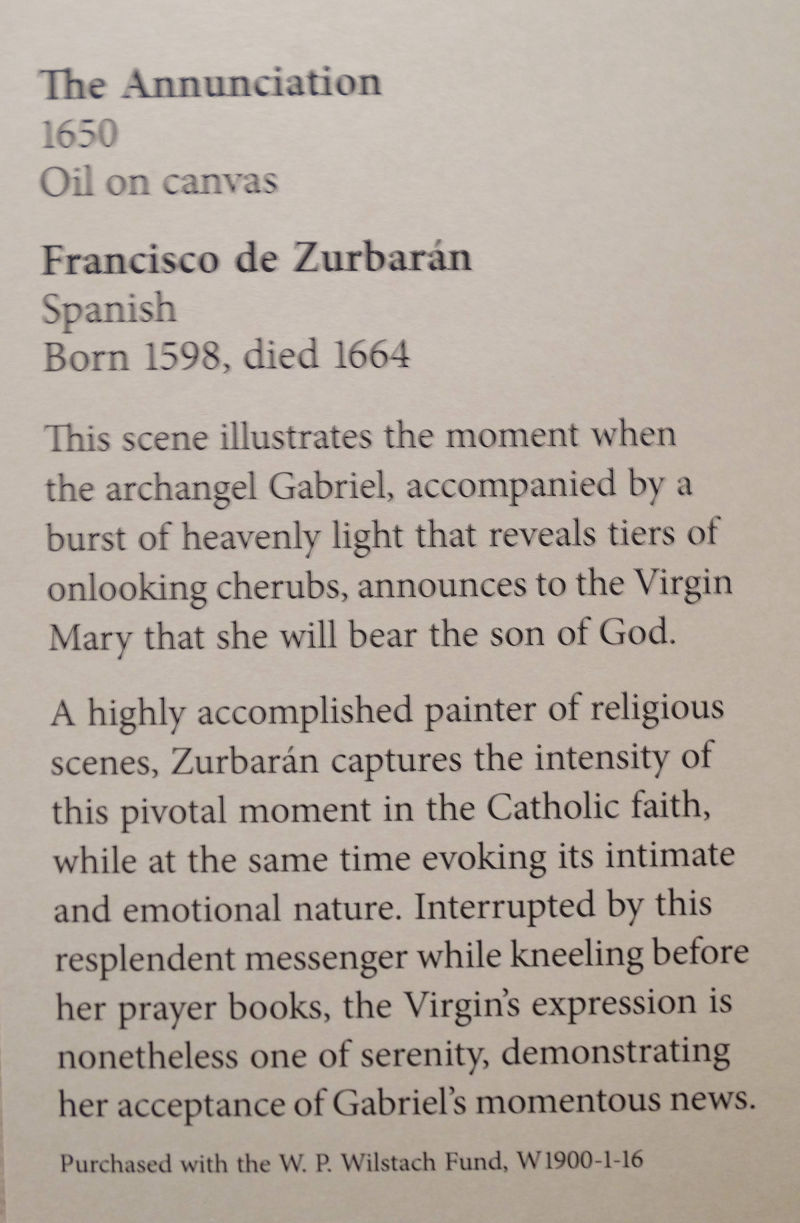 The Annunciation (1650)
The Annunciation (1650)
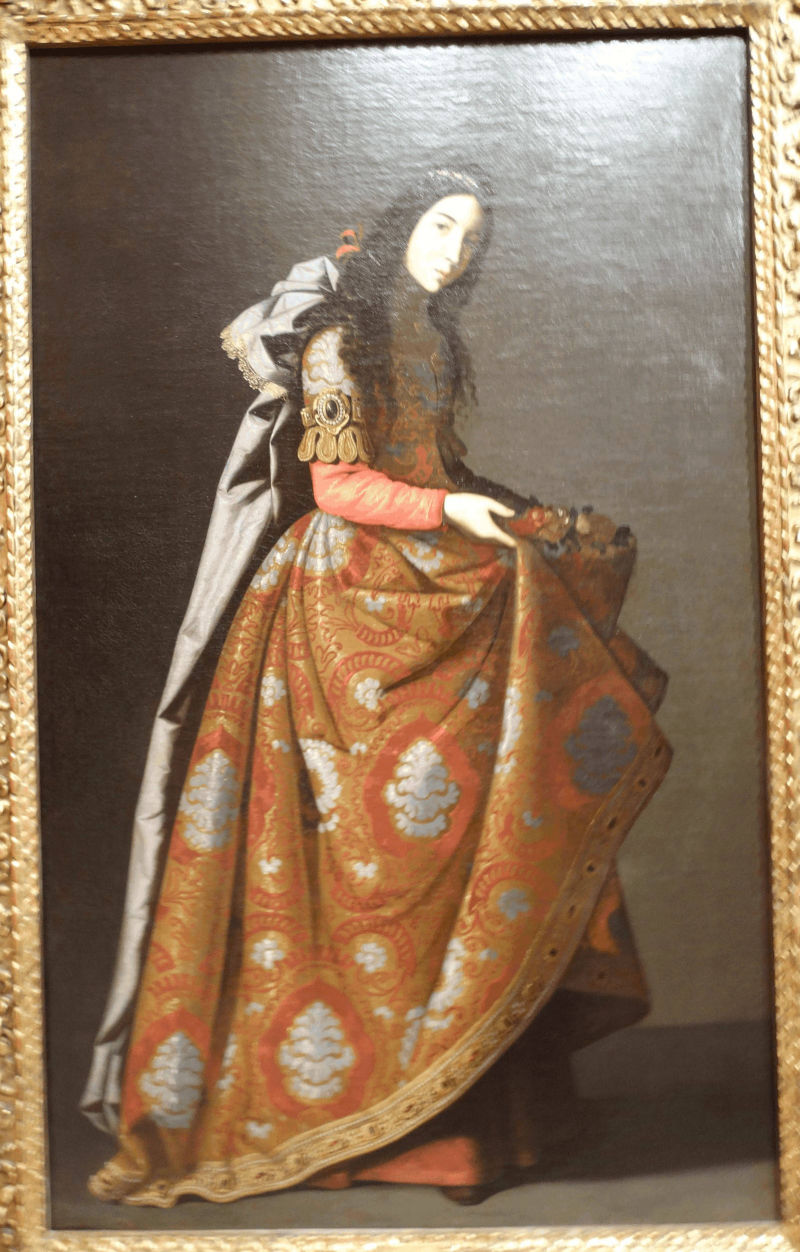 Saint Casilda (1635)
Saint Casilda (1635)
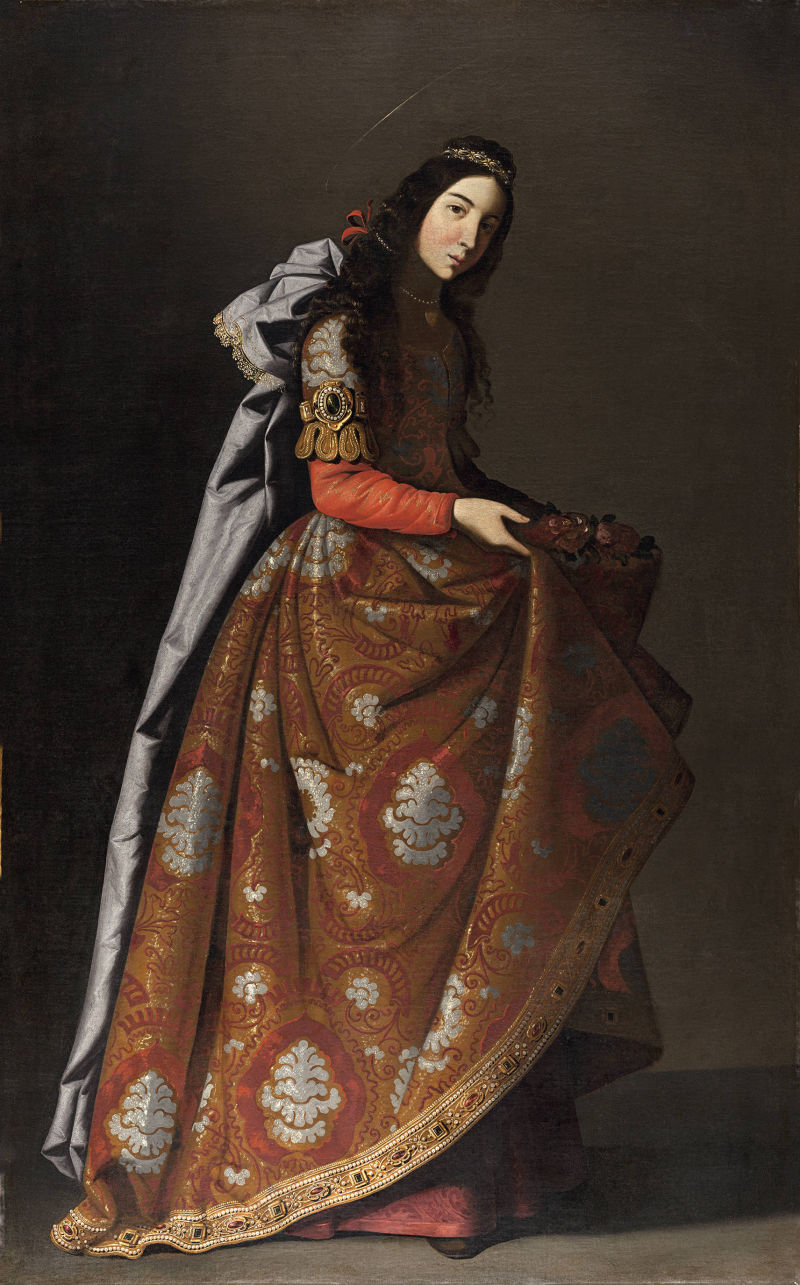 Original, Thyssen-Madrid (2018)
Original, Thyssen-Madrid (2018)
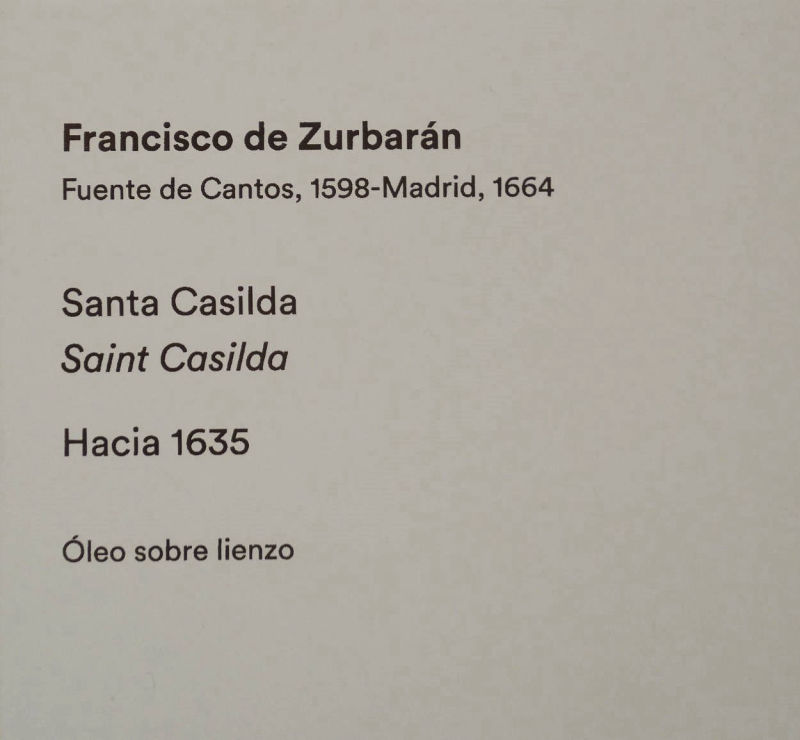 Saint Casilda (1635)
Saint Casilda (1635)
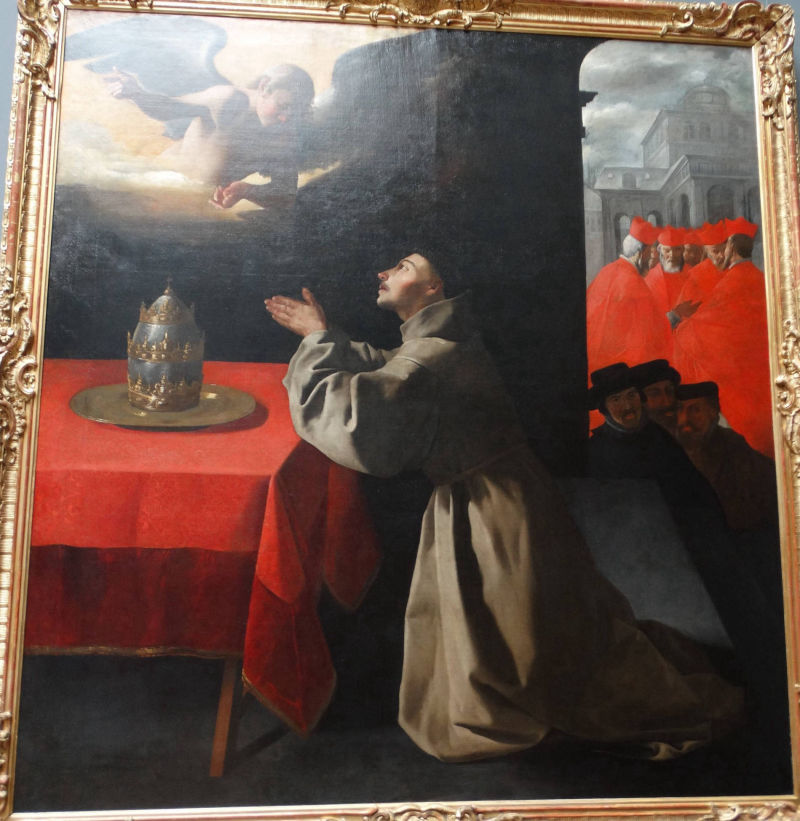 The Prayer of Saint Bonaventure concerning the Election of New Pope (1628-29)
The Prayer of Saint Bonaventure concerning the Election of New Pope (1628-29)
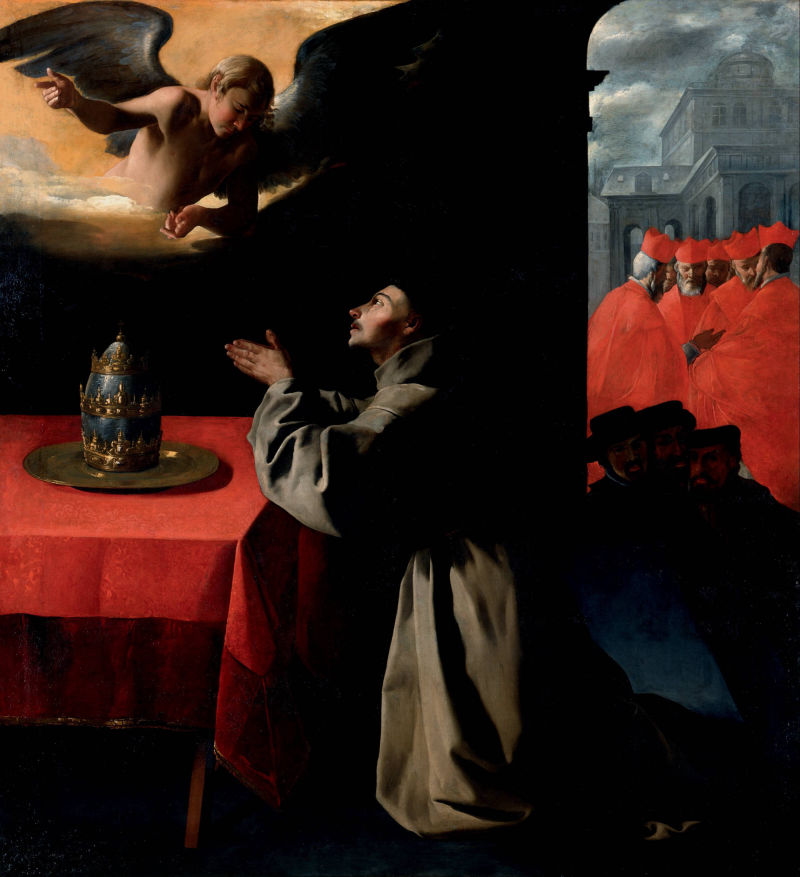 Original, Gemäldegalerie Alte Meister,Dresden (2018)
Original, Gemäldegalerie Alte Meister,Dresden (2018)
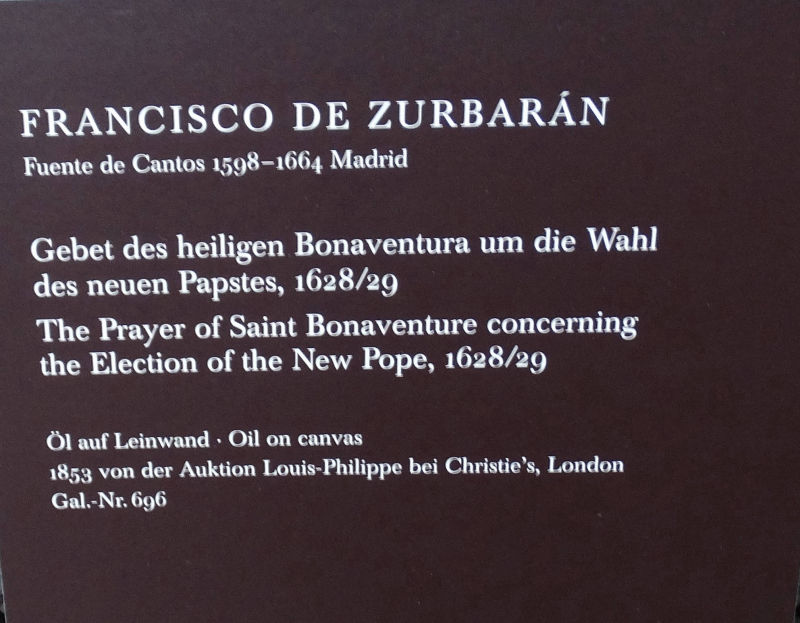 The Prayer of Saint Bonaventure concerning the Election of New Pope (1628-29)
The Prayer of Saint Bonaventure concerning the Election of New Pope (1628-29)
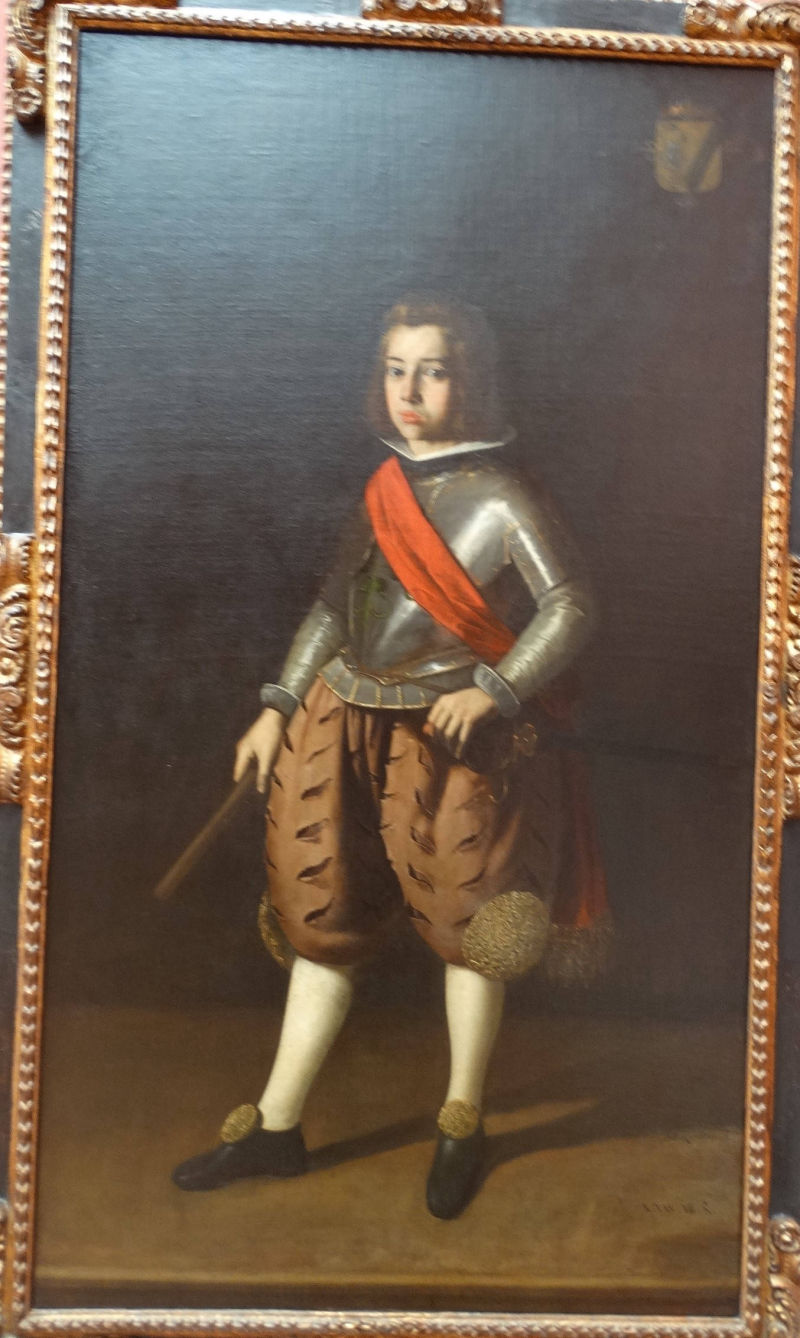 Don Aonso Verdugo de Albornoz (1623-1695), c. (1635)
Don Aonso Verdugo de Albornoz (1623-1695), c. (1635)
 Original, Staatliche Museum in Berlin, Gemäldegalerie. Visited in 2019.
Original, Staatliche Museum in Berlin, Gemäldegalerie. Visited in 2019.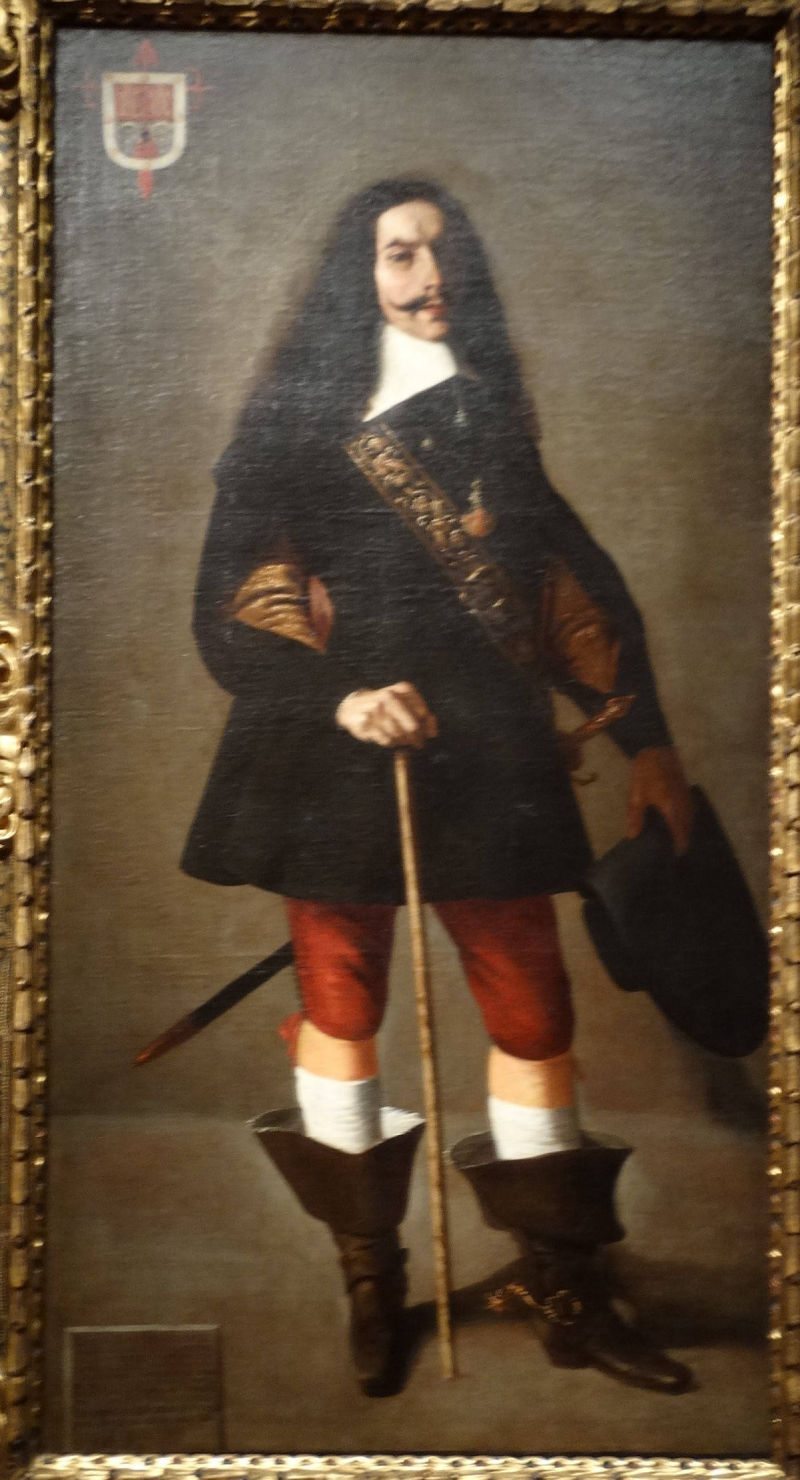 Portrait of Don Juan Bazo de Moreda (1655)
Portrait of Don Juan Bazo de Moreda (1655)
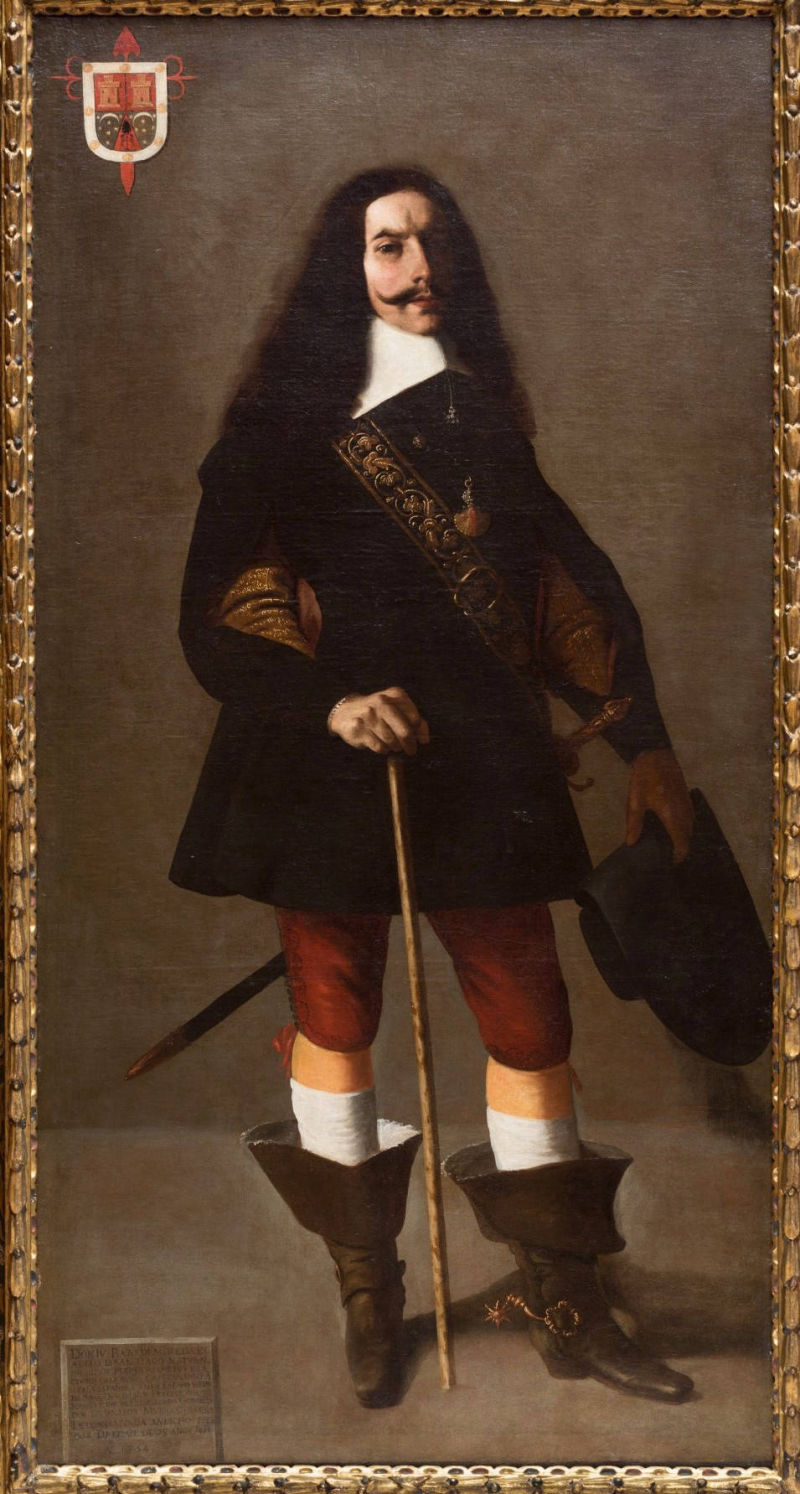 Original, Gemäldegalerie Alte Meister,Dresden (Visited in 2020.
Original, Gemäldegalerie Alte Meister,Dresden (Visited in 2020.
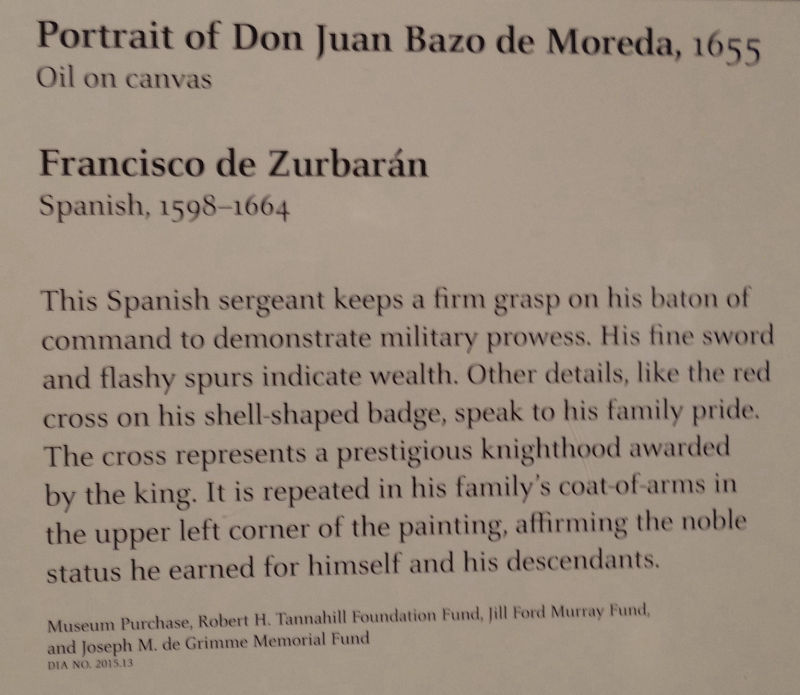 Portrait of Don Juan Bazo de Moreda (1655)
Portrait of Don Juan Bazo de Moreda (1655)
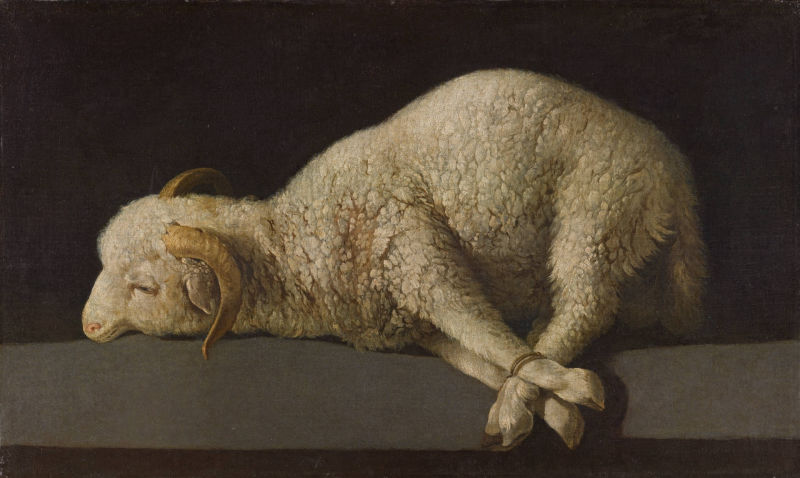 Agnus Dei (1635-40)
Agnus Dei (1635-40)
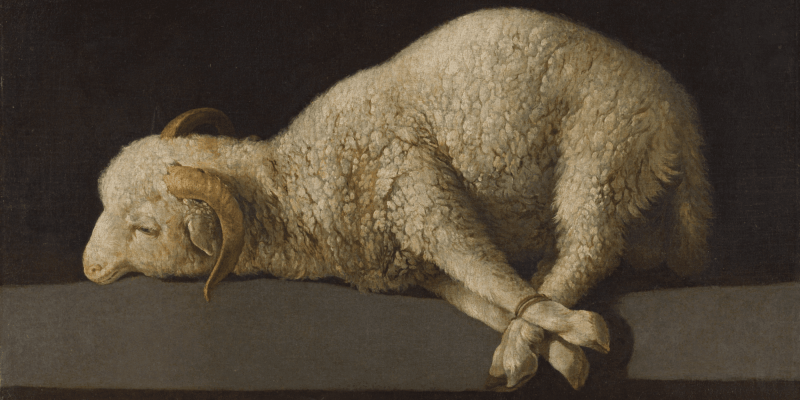 Original, El Prado-Madrid. Visited in 2018.
Original, El Prado-Madrid. Visited in 2018.
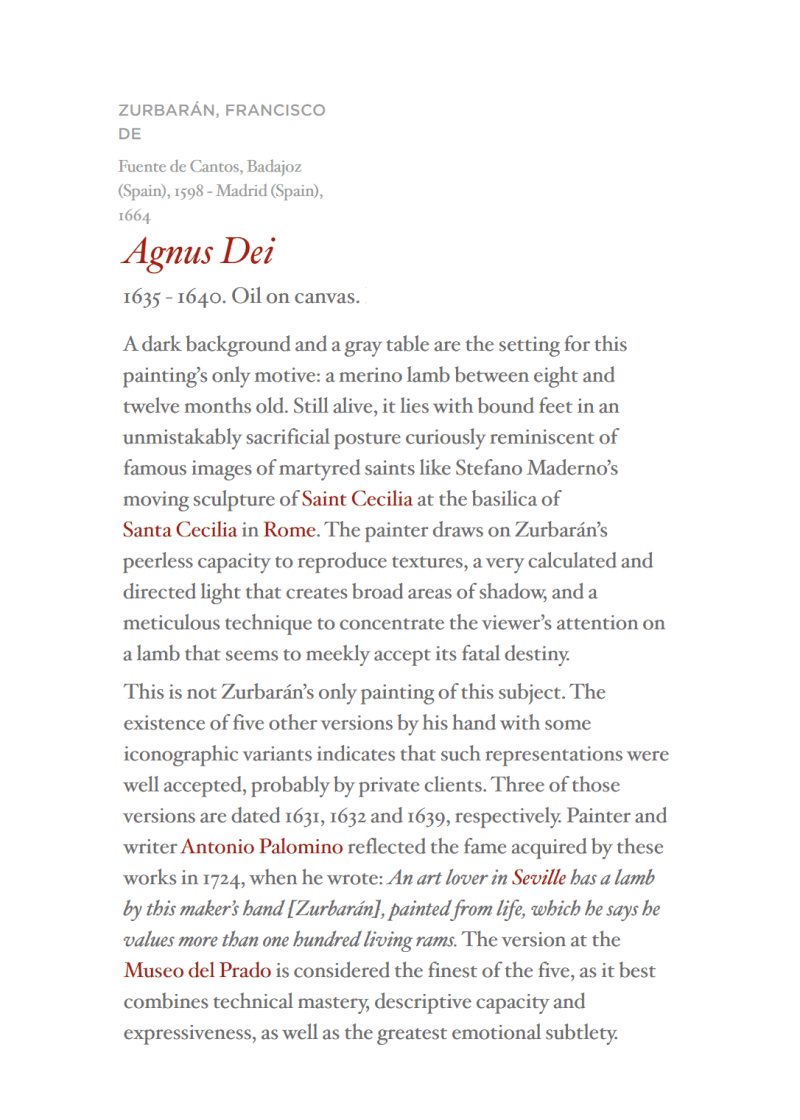 Agnus Dei (1635-40)
Agnus Dei (1635-40)
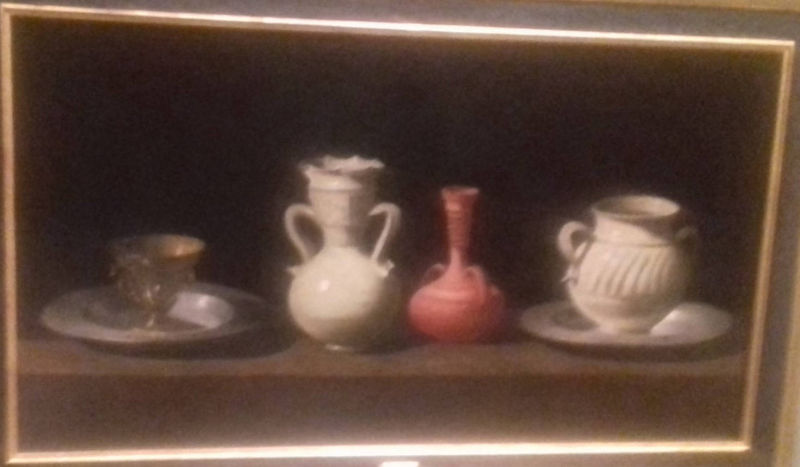 Still life with vessels (1650)
Still life with vessels (1650)
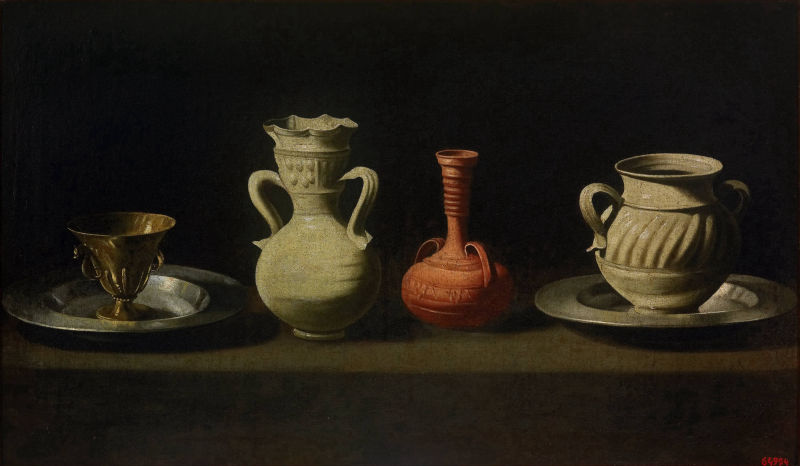 Original, El Prado-Madrid. Visited in 2018.
Original, El Prado-Madrid. Visited in 2018.
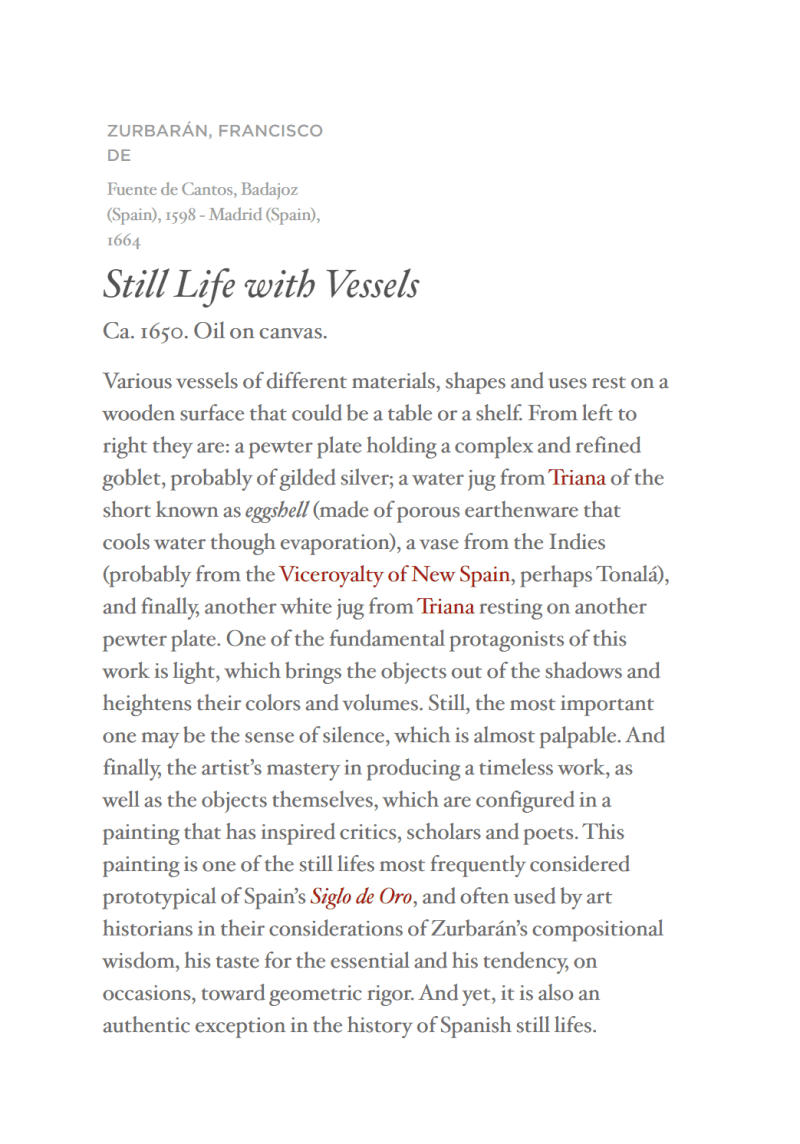 Still life with vessels (1650)
Still life with vessels (1650)
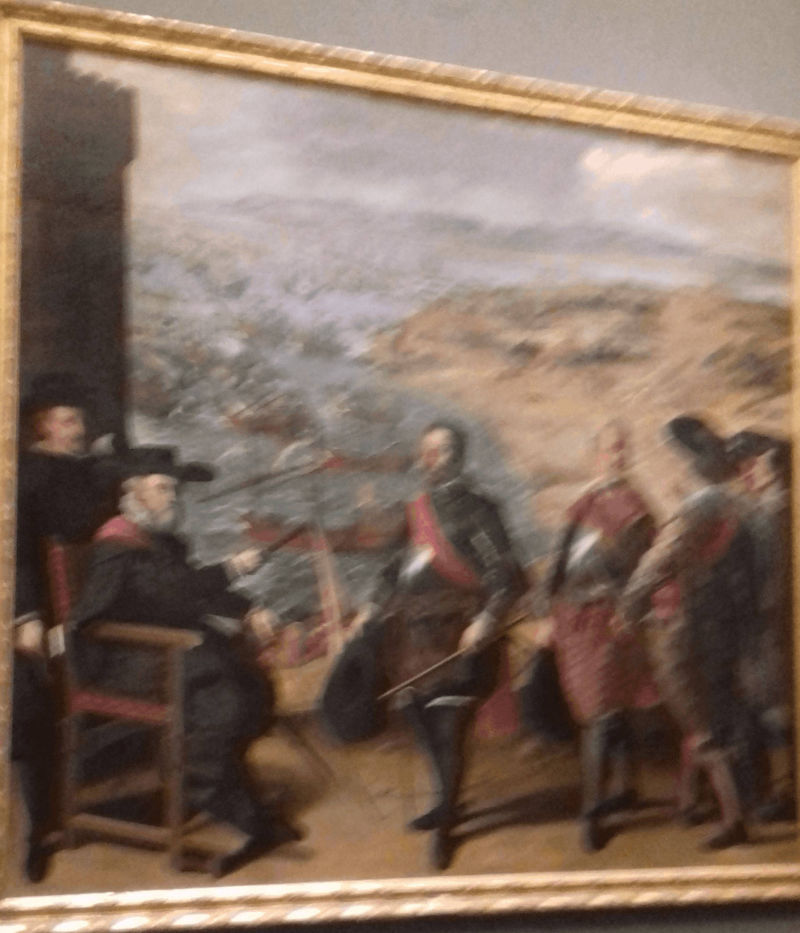 The defence of Cadiz against the English (1634-5)
The defence of Cadiz against the English (1634-5)
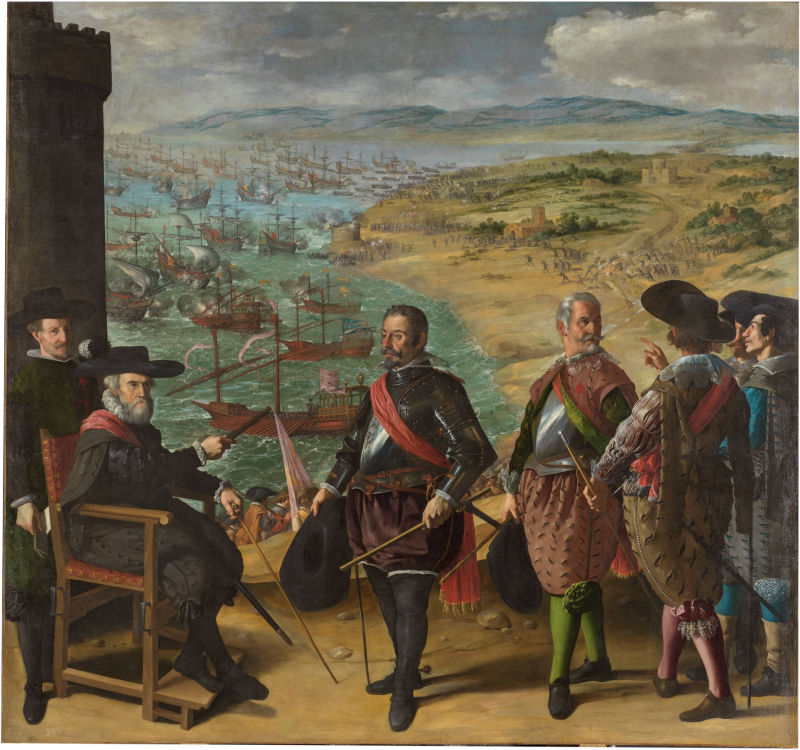 Original, El Prado-Madrid. Visited in 2018.
Original, El Prado-Madrid. Visited in 2018.
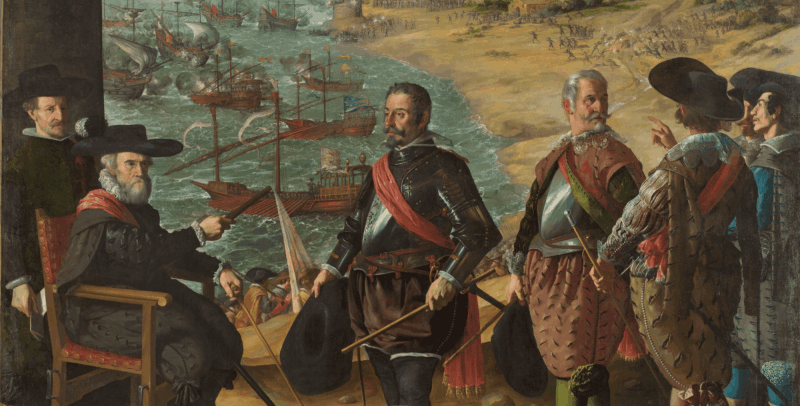 The defence of Cadiz against the English (1634-5)
The defence of Cadiz against the English (1634-5)
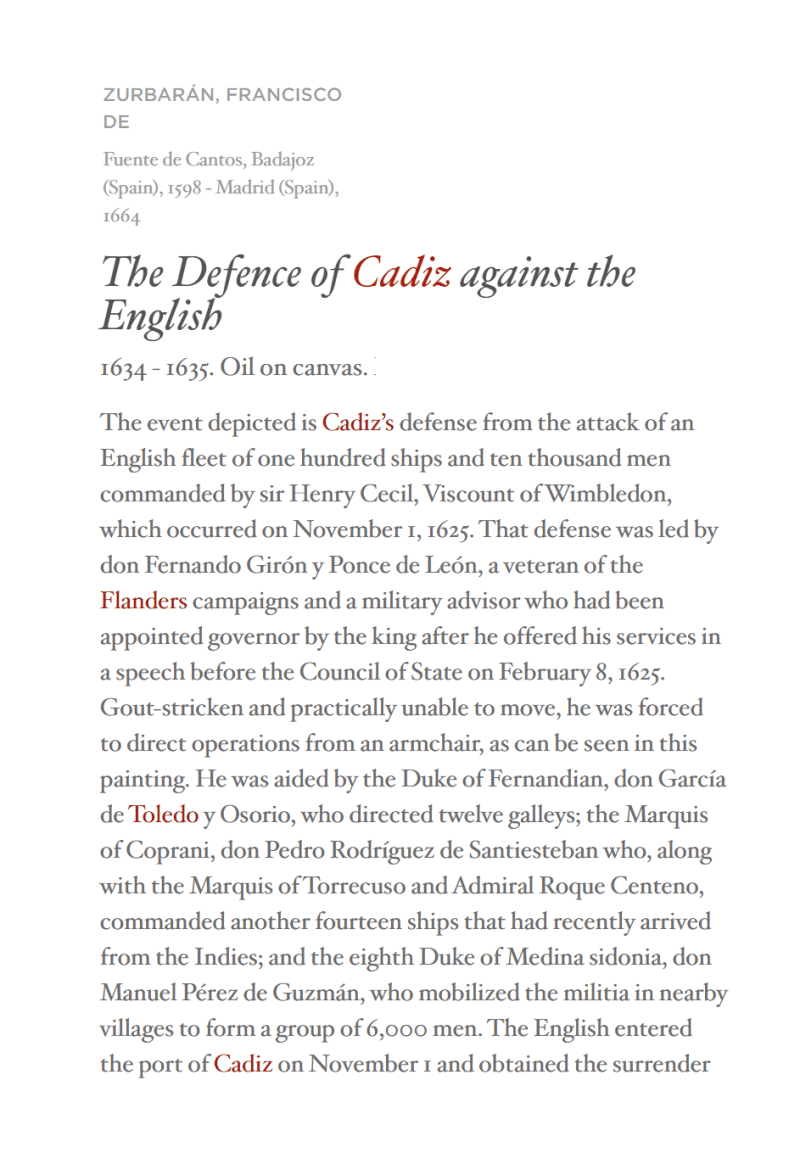 The defence of Cadiz against the English (1634-5)
The defence of Cadiz against the English (1634-5)
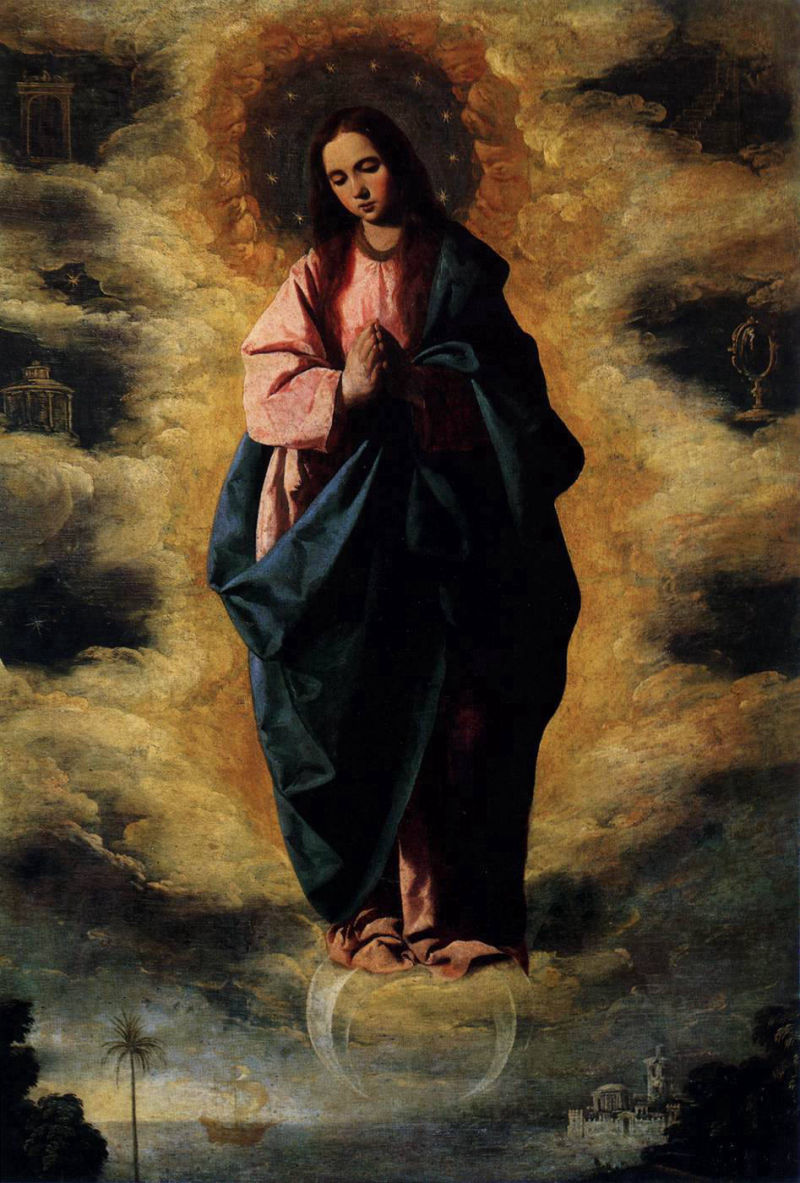 The immaculate conception (1630)
The immaculate conception (1630)
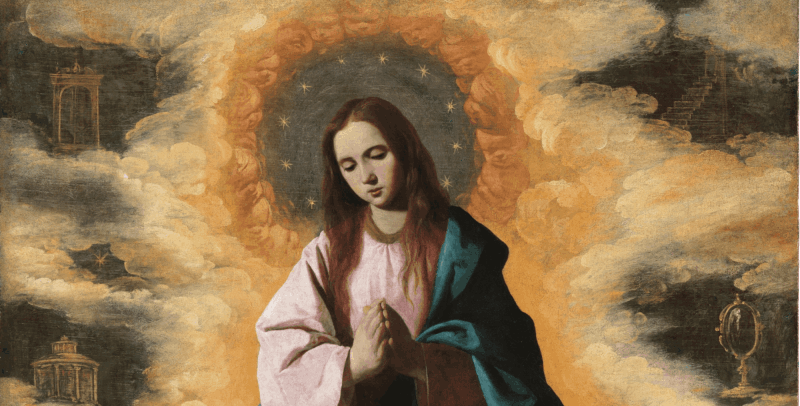 Original, El Prado-Madrid. Visited in 2018.
Original, El Prado-Madrid. Visited in 2018.
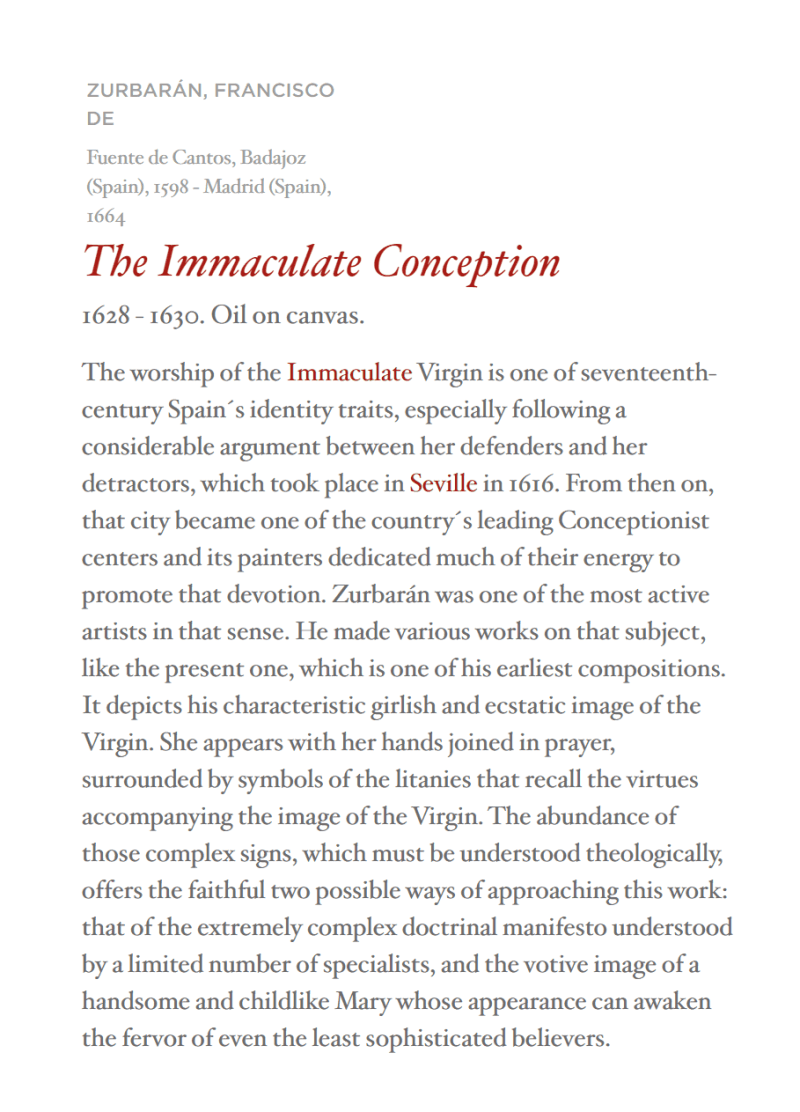 The immaculate conception (1630)
The immaculate conception (1630)
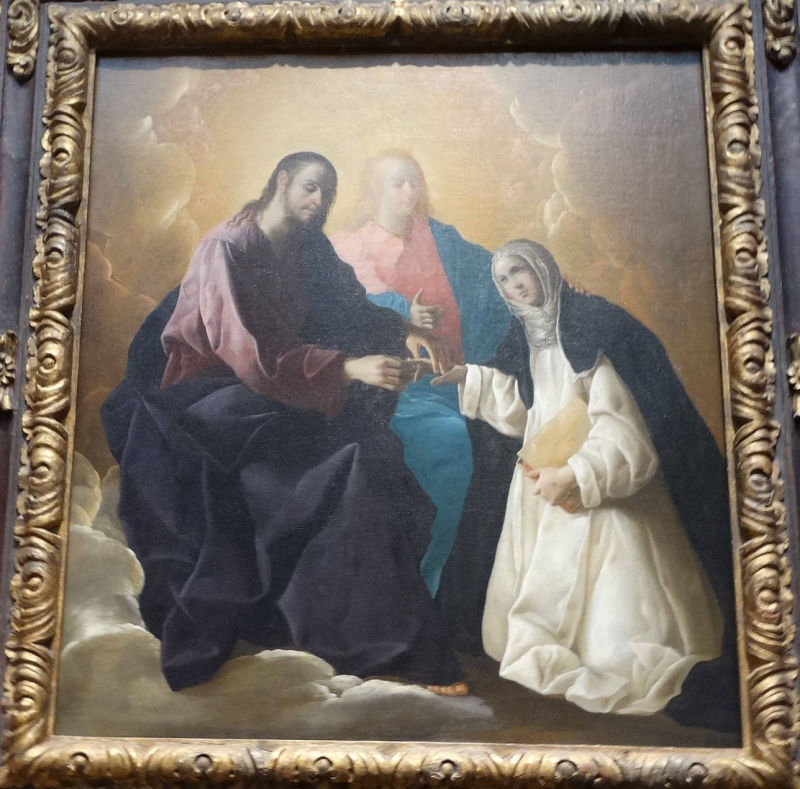 The Mystic Marriage of Saint Catherine of Siena, c. (1645)
The Mystic Marriage of Saint Catherine of Siena, c. (1645)
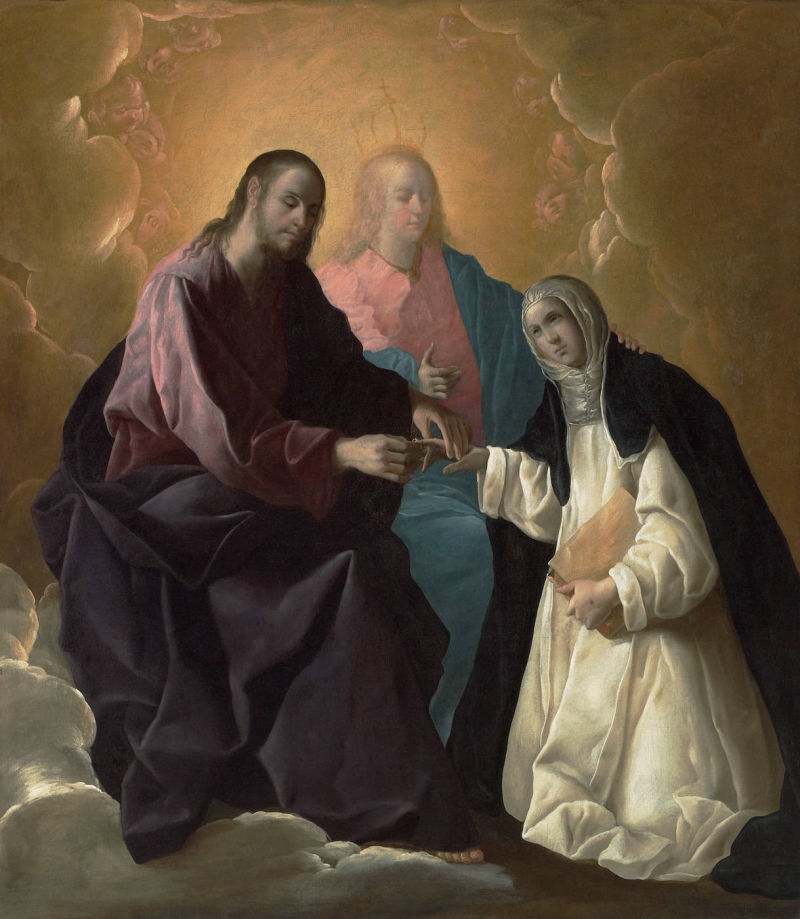 Original, The Meadows Museum, Dallas. Visited in 2020.
Original, The Meadows Museum, Dallas. Visited in 2020.
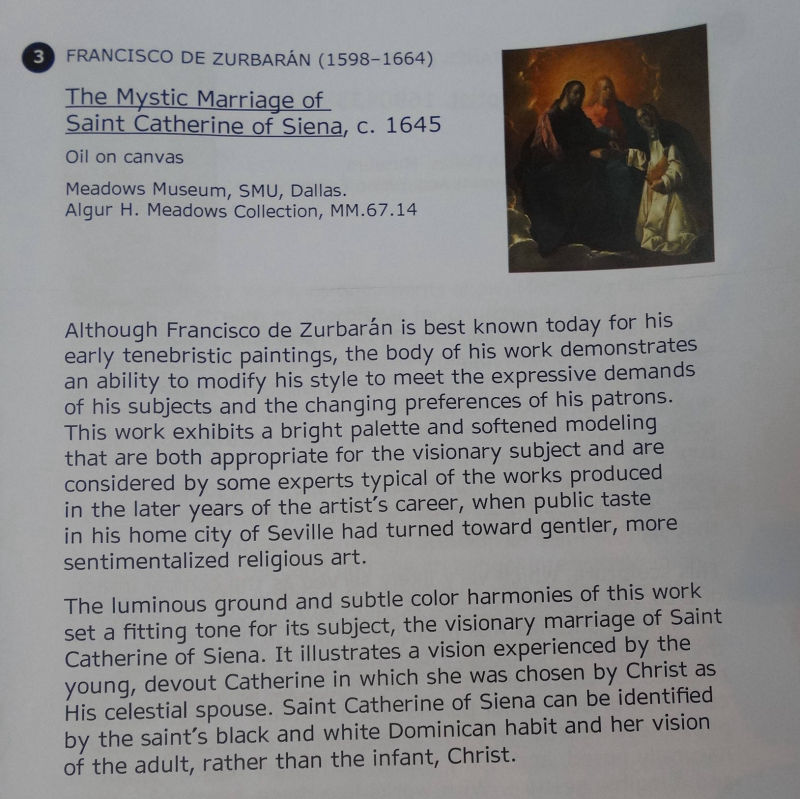 The Mystic Marriage of Saint Catherine of Siena, c. (1645)
The Mystic Marriage of Saint Catherine of Siena, c. (1645)
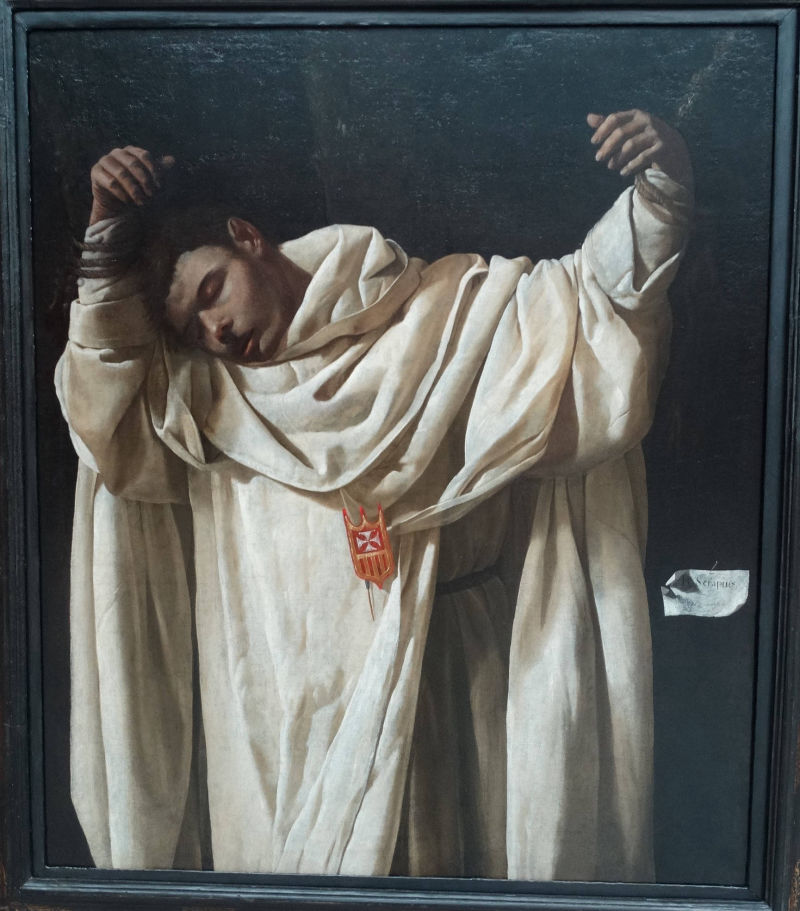 Saint Serapion (1628)
Saint Serapion (1628)
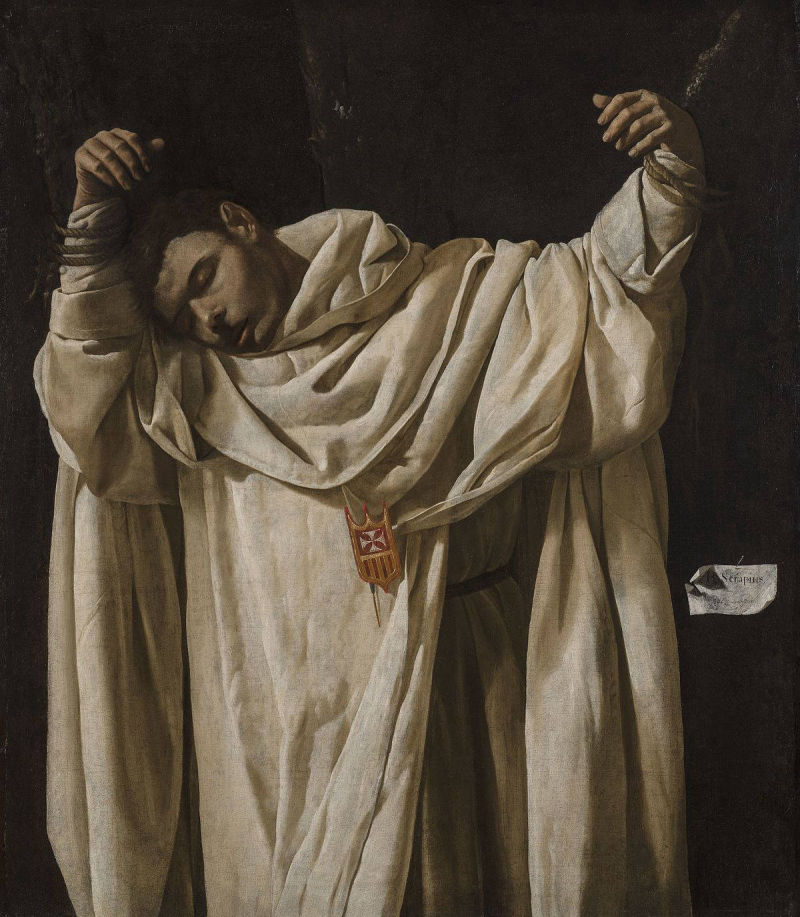 Original, Wadsworth Atheneum Museum of Art - Hartford. Visited in 2019.
Original, Wadsworth Atheneum Museum of Art - Hartford. Visited in 2019.
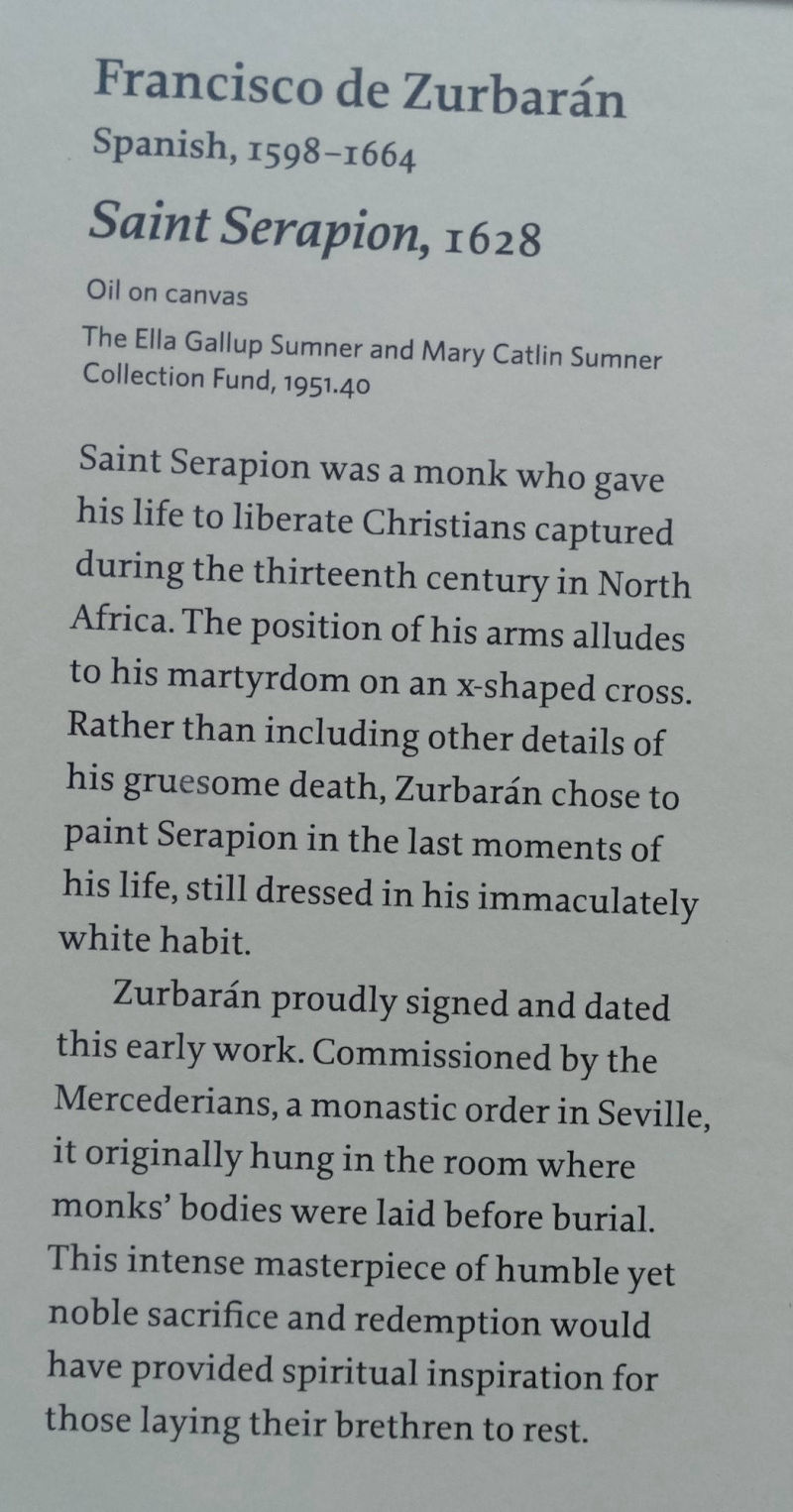 Saint Serapion (1628)
Saint Serapion (1628)
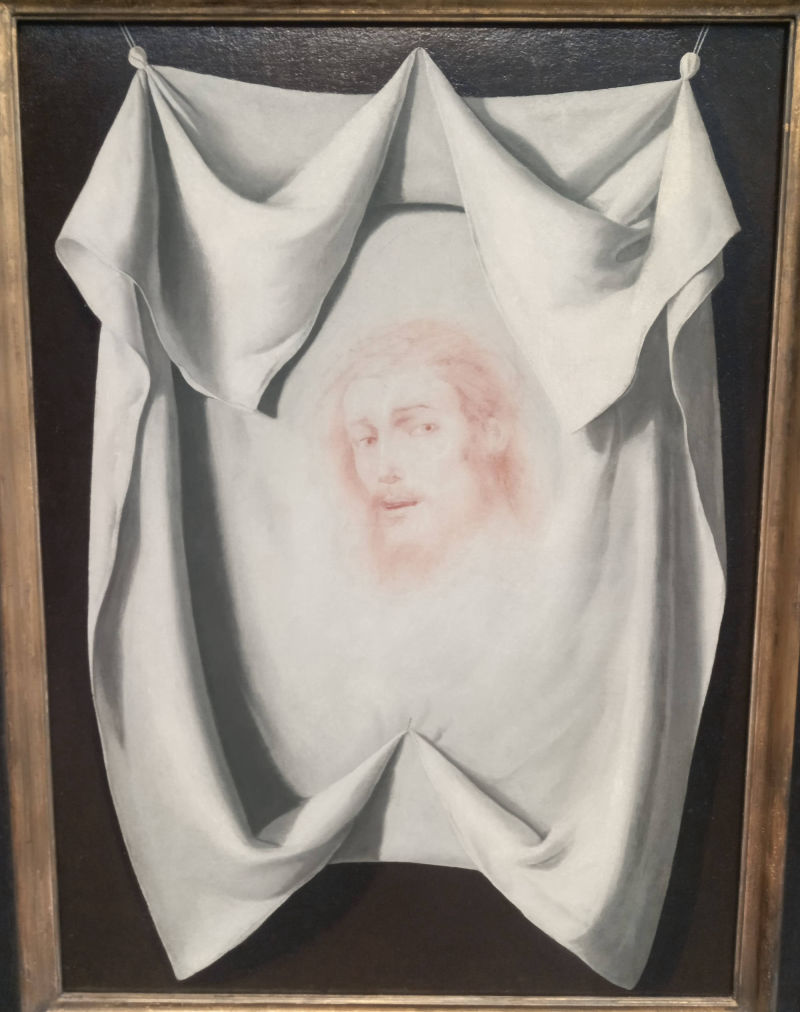 Veil of Veronica (1630s)
Veil of Veronica (1630s)
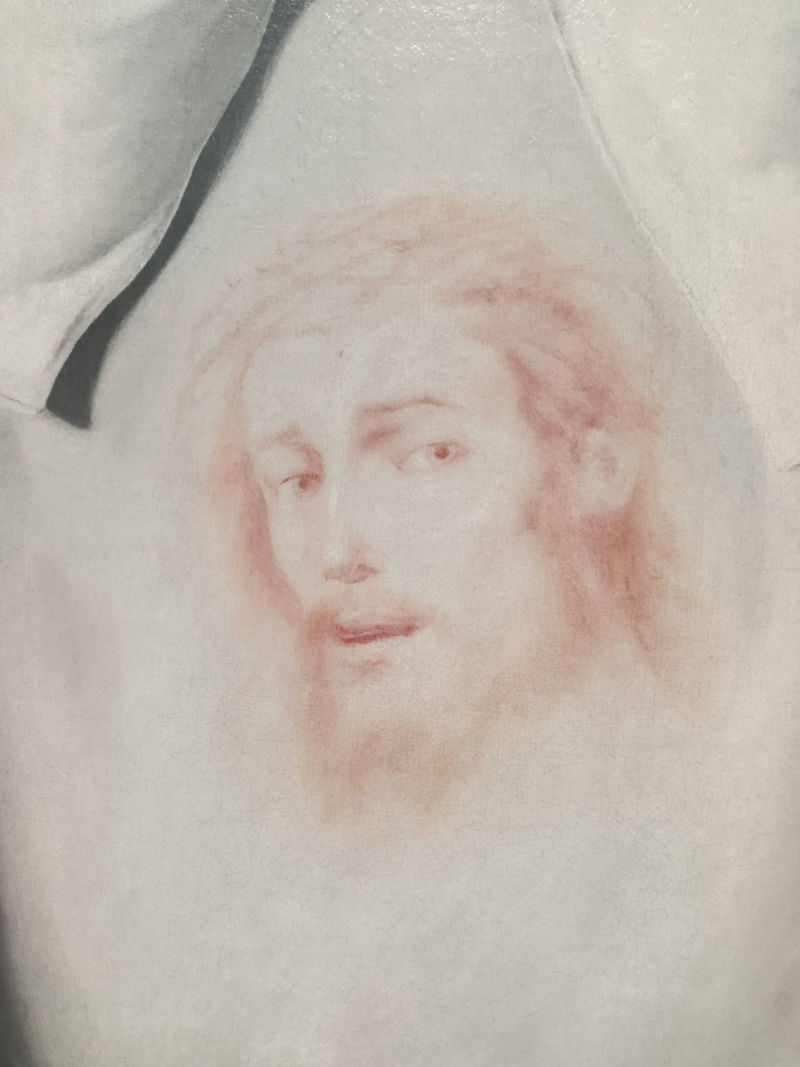 Original, The Museum of Fine Arts,Houston. Visited in 2019.
Original, The Museum of Fine Arts,Houston. Visited in 2019.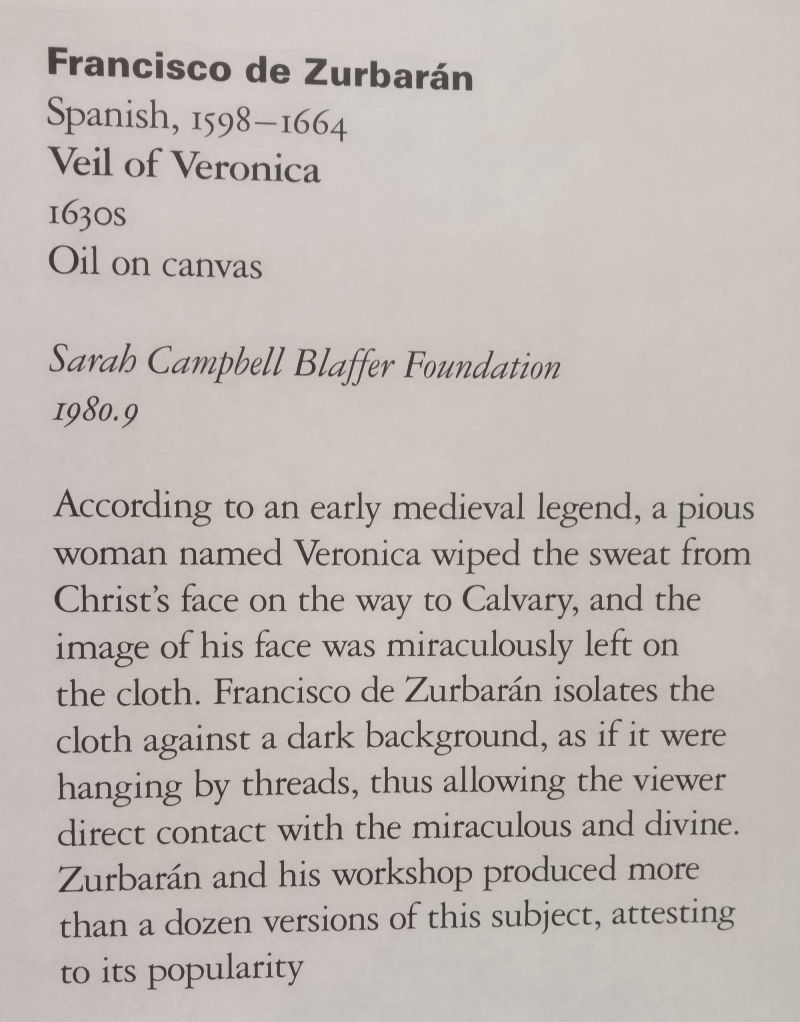 Veil of Veronica (1630s)
Veil of Veronica (1630s)
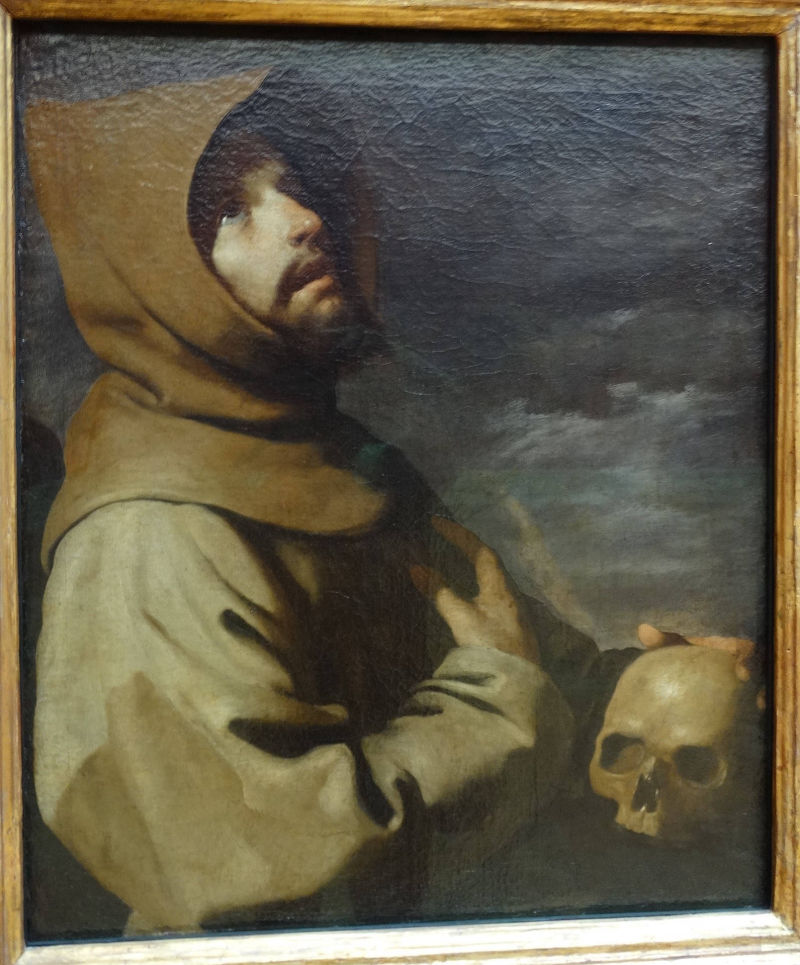 The Ecstasy of St.Francis, ca. (1660)
The Ecstasy of St.Francis, ca. (1660)
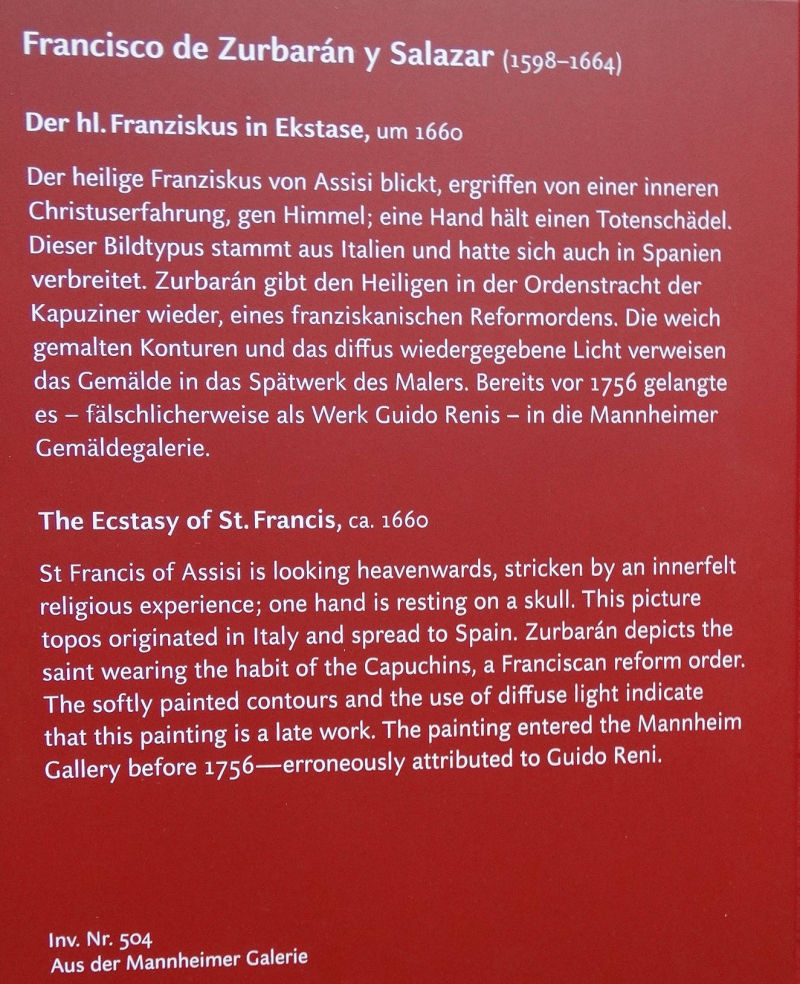 Original, The Pinakotheken - Munich. Visited 2019.
Original, The Pinakotheken - Munich. Visited 2019.
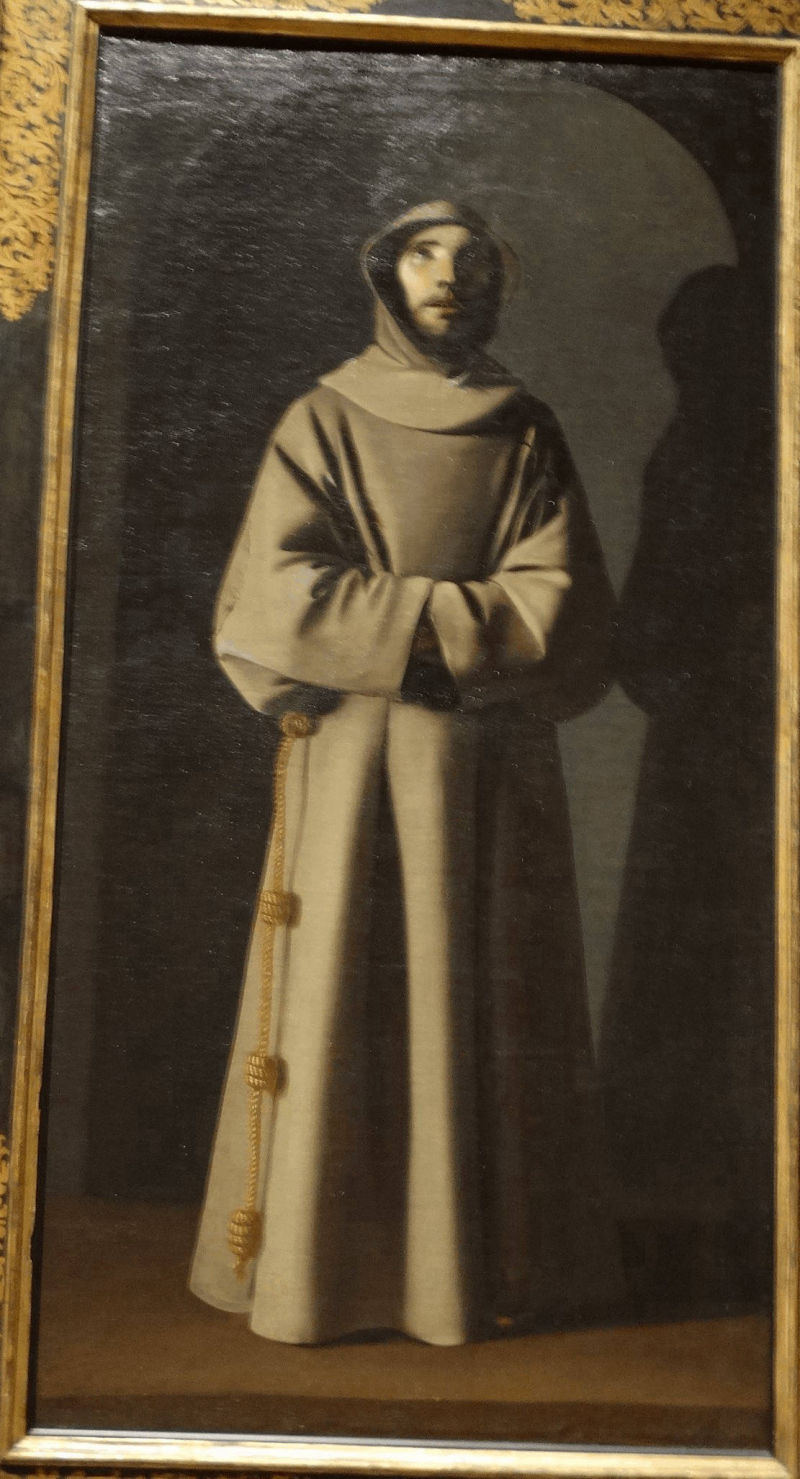 Saint Francis, c. (1640-45)
Saint Francis, c. (1640-45)
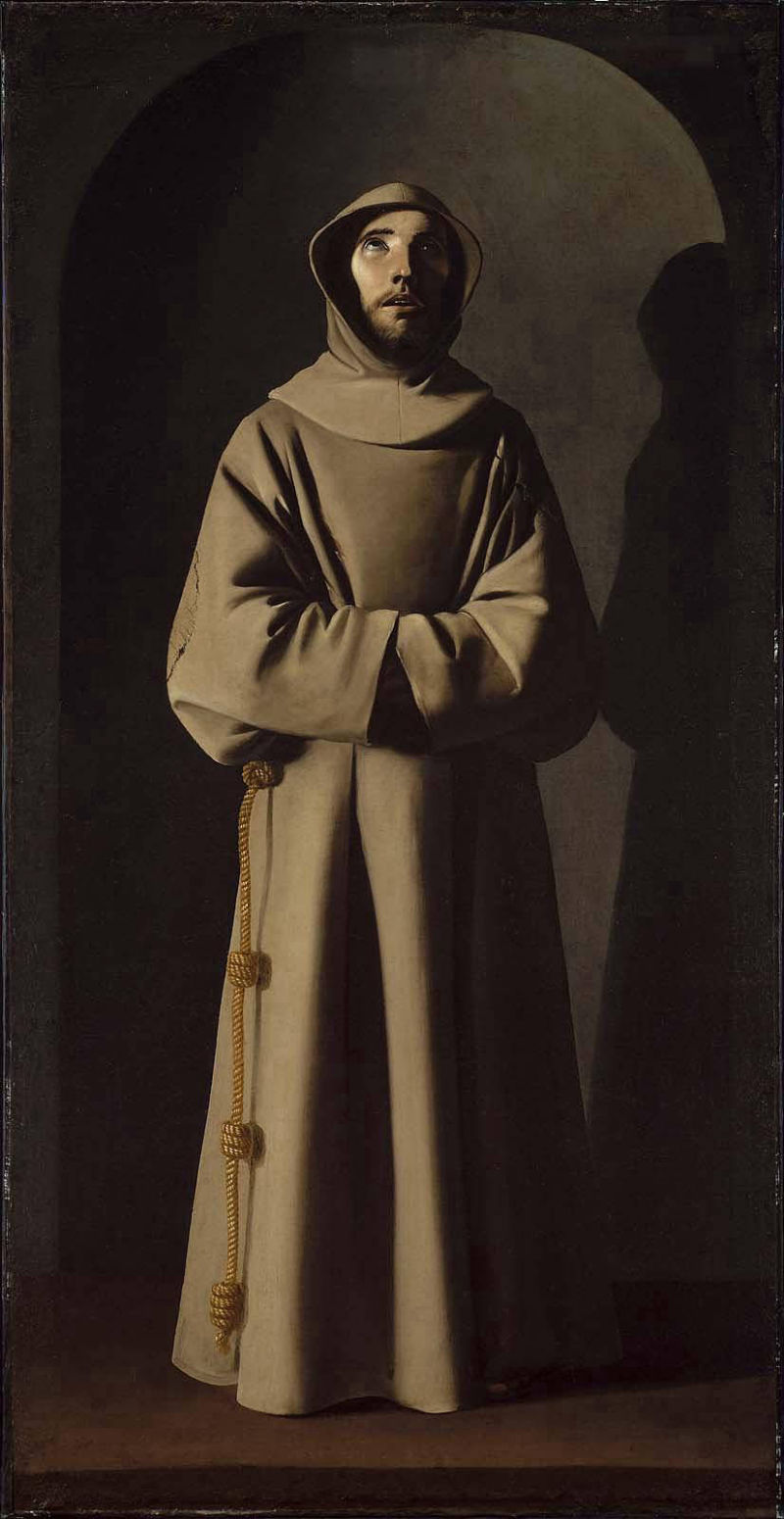 Original, Museum of Fine Arts-Boston. Visited in 2018.
Original, Museum of Fine Arts-Boston. Visited in 2018.
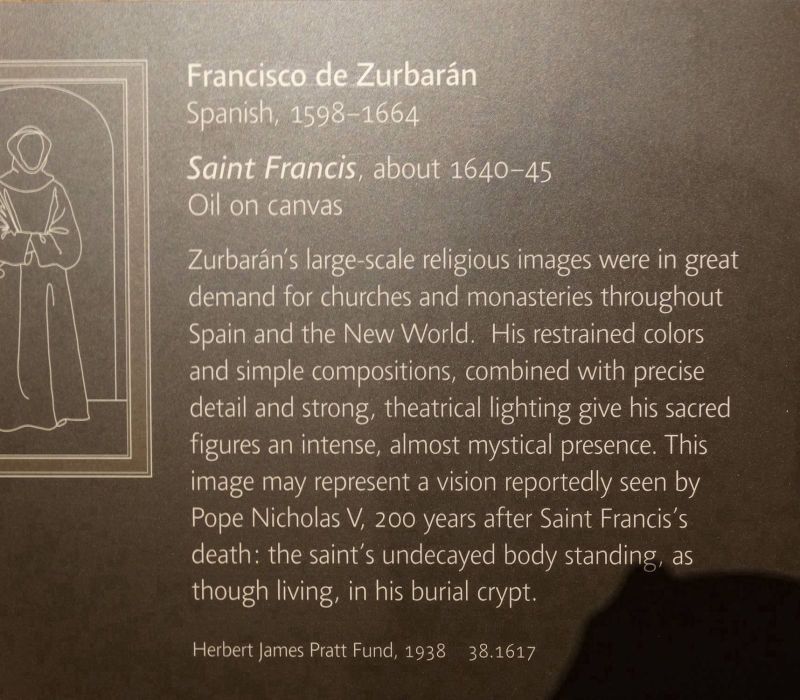 Saint Francis, c. (1640-45
Saint Francis, c. (1640-45
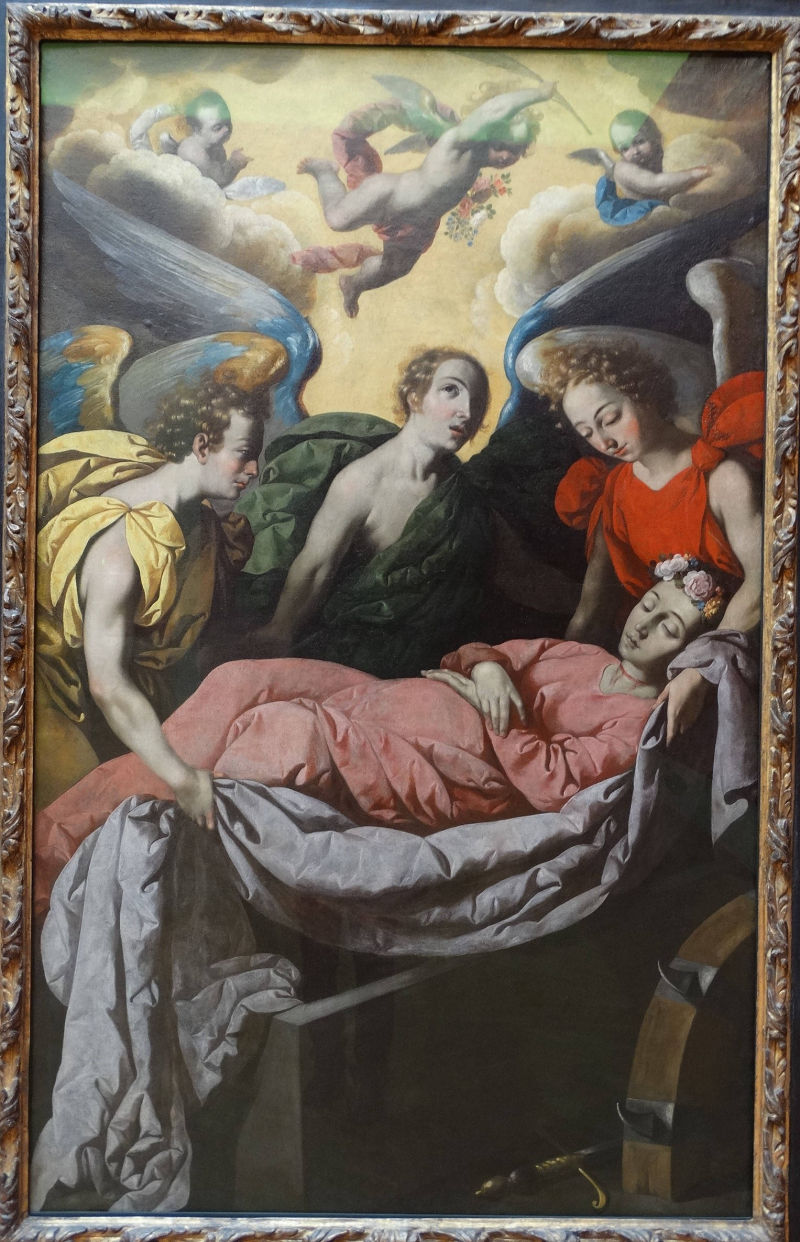 The Entombment of St. Catherine of Alexandria on Mount Sinai, ca. (1636-37)
The Entombment of St. Catherine of Alexandria on Mount Sinai, ca. (1636-37)
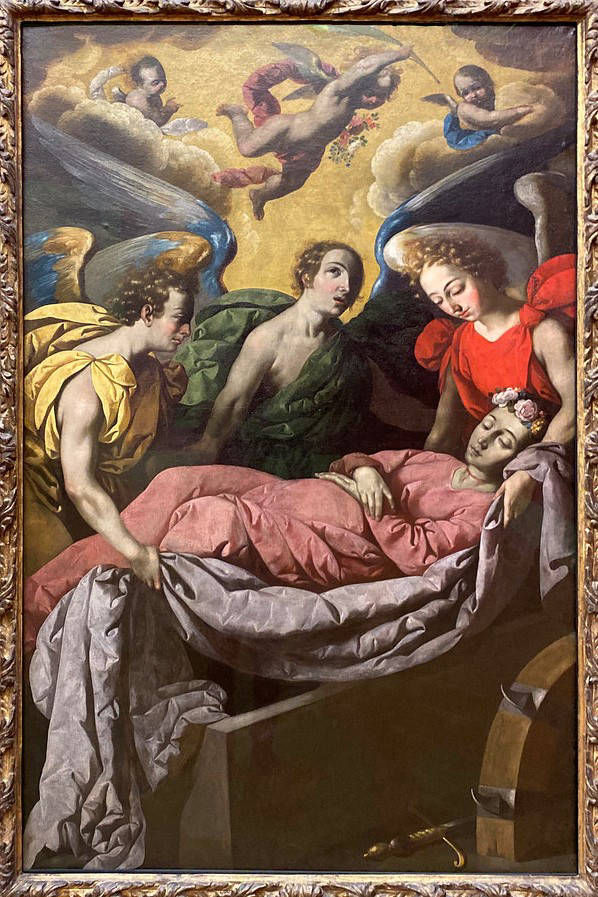 Original, The Pinakotheken - Munich. Visited 2019.
Original, The Pinakotheken - Munich. Visited 2019.
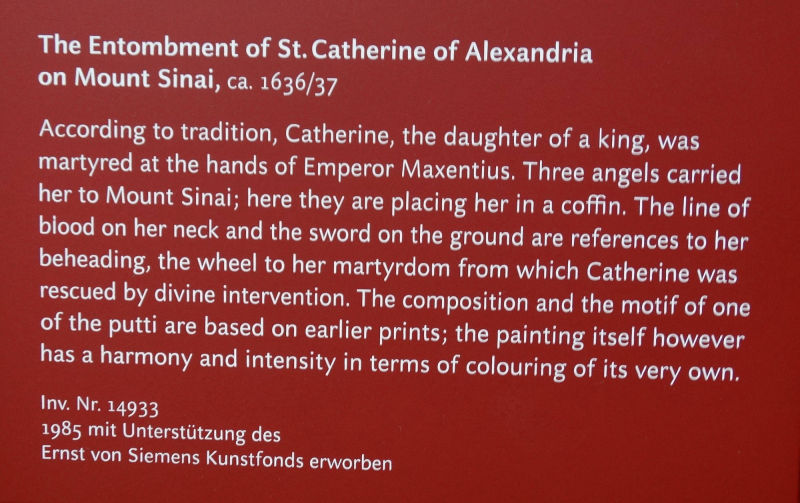 The Entombment of St. Catherine of Alexandria on Mount Sinai, ca. (1636-37)
The Entombment of St. Catherine of Alexandria on Mount Sinai, ca. (1636-37)
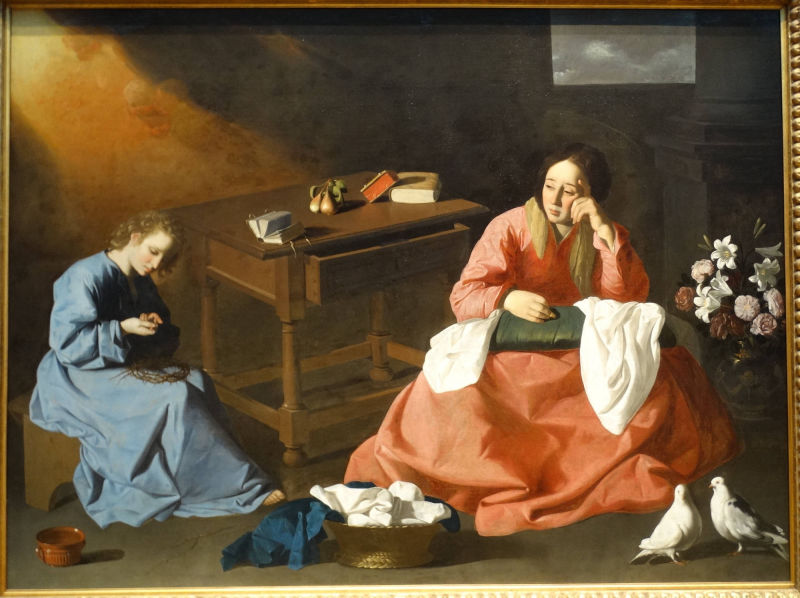 Francisco de Zurbaran - Christ and the Virgin in the House at Nazareth, c. (1640)
Francisco de Zurbaran - Christ and the Virgin in the House at Nazareth, c. (1640)
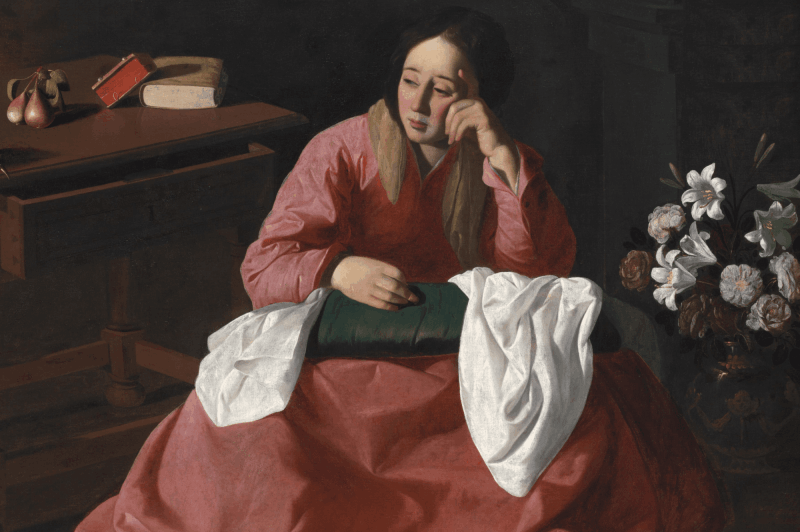 Original, The Cleveland Museum of Art. Visited in 2020.
Original, The Cleveland Museum of Art. Visited in 2020.
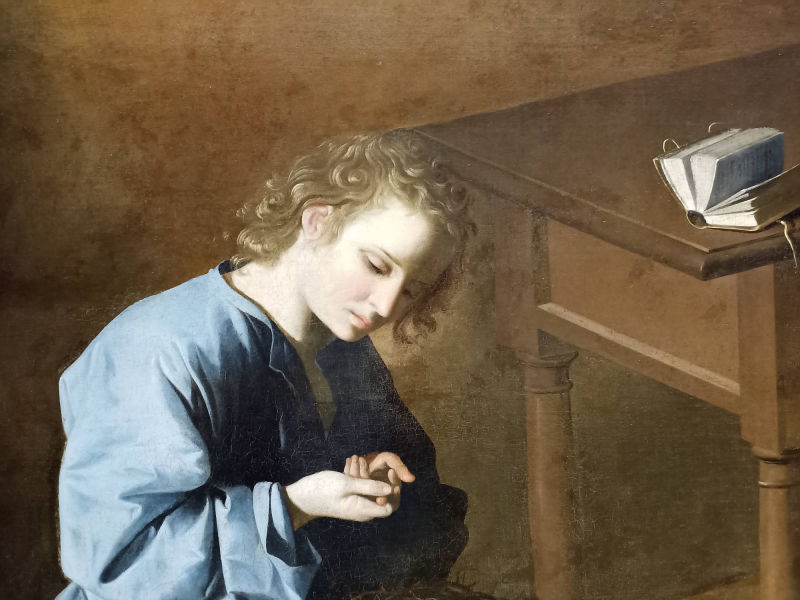 Francisco de Zurbaran - Christ and the Virgin in the House at Nazareth, c. (1640)
Francisco de Zurbaran - Christ and the Virgin in the House at Nazareth, c. (1640)
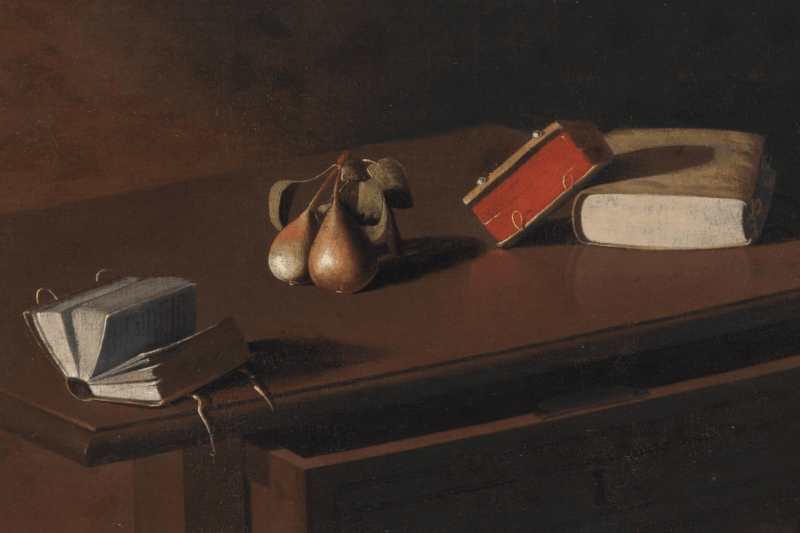 Francisco de Zurbaran - Christ and the Virgin in the House at Nazareth, c. (1640)
Francisco de Zurbaran - Christ and the Virgin in the House at Nazareth, c. (1640)
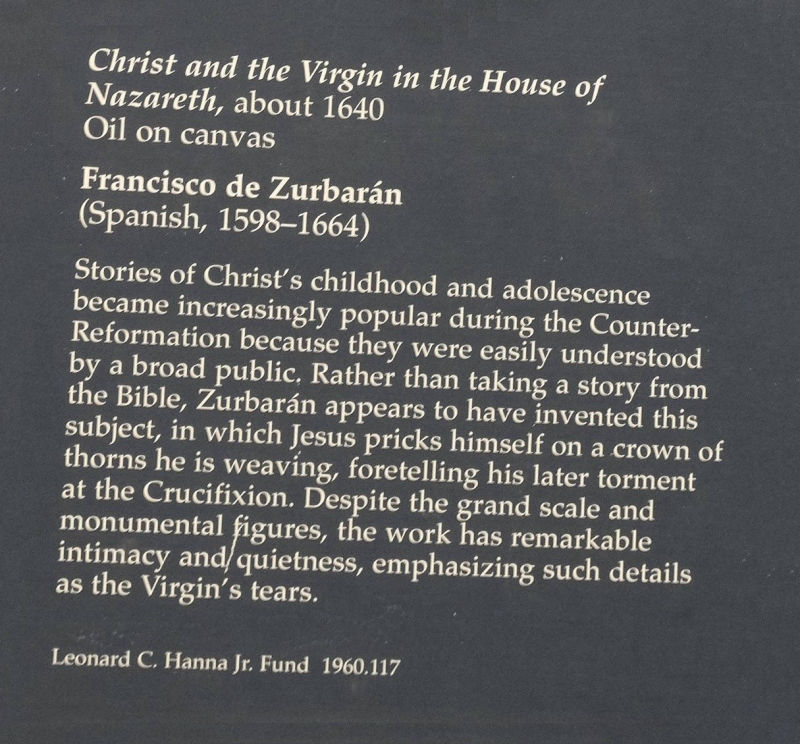 Francisco de Zurbaran - Christ and the Virgin in the House at Nazareth, c. (1640)
Francisco de Zurbaran - Christ and the Virgin in the House at Nazareth, c. (1640)
